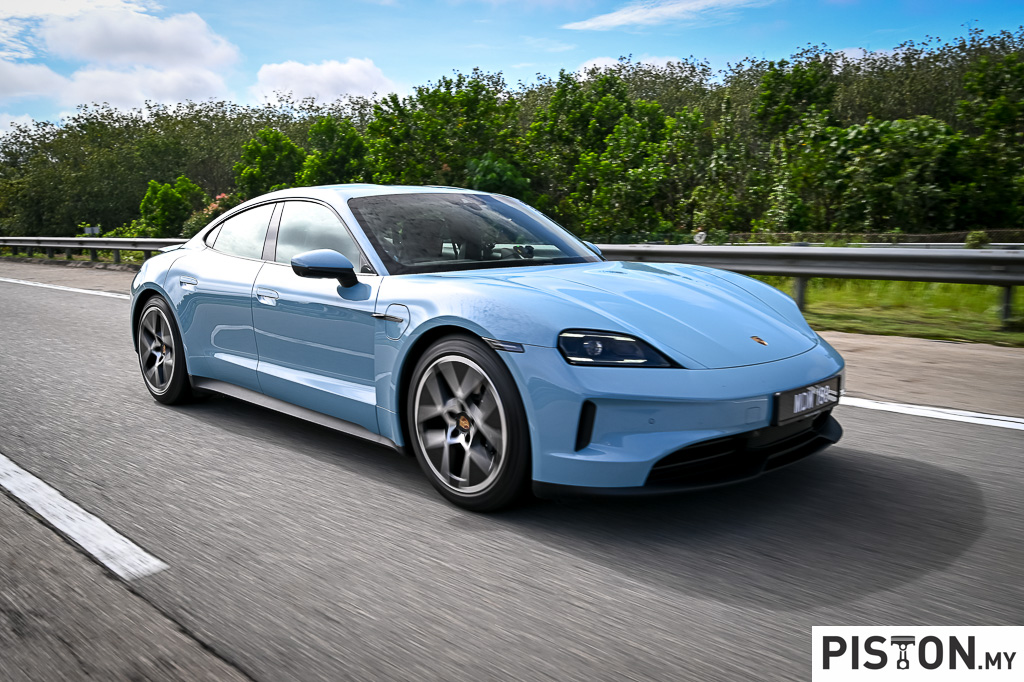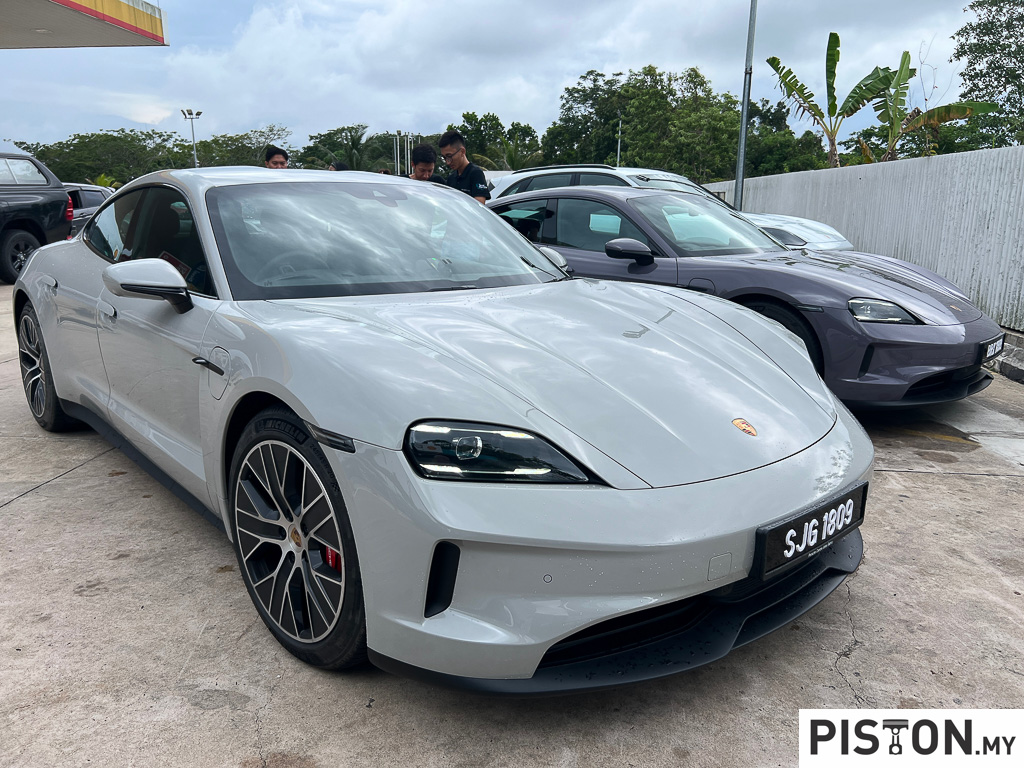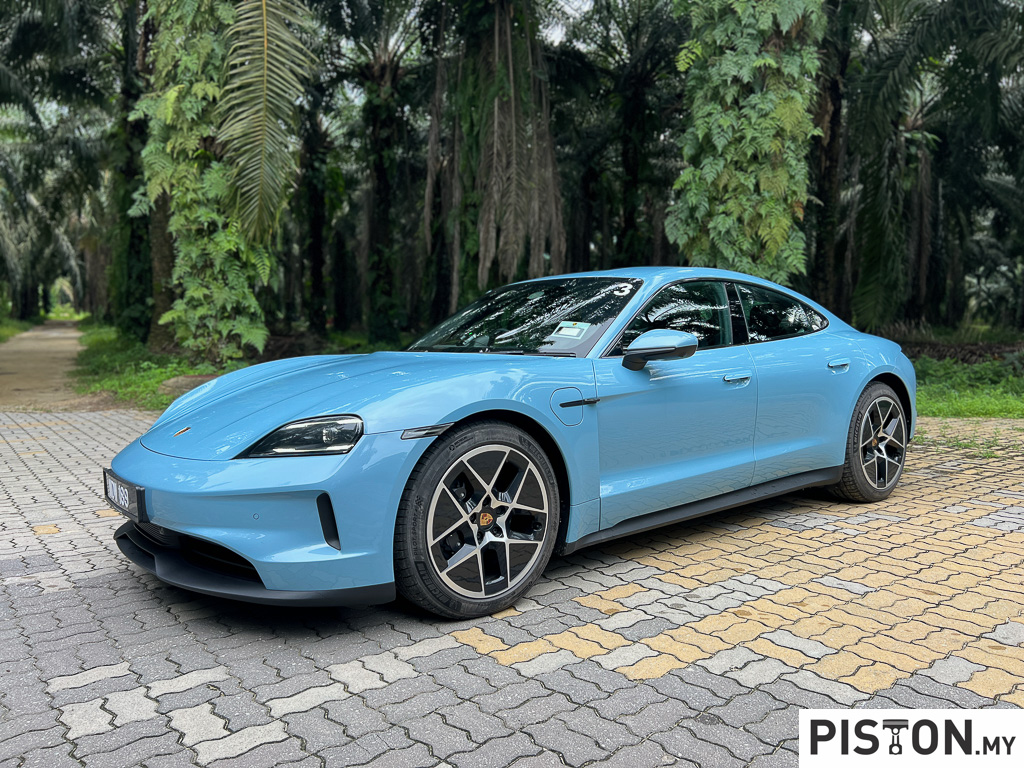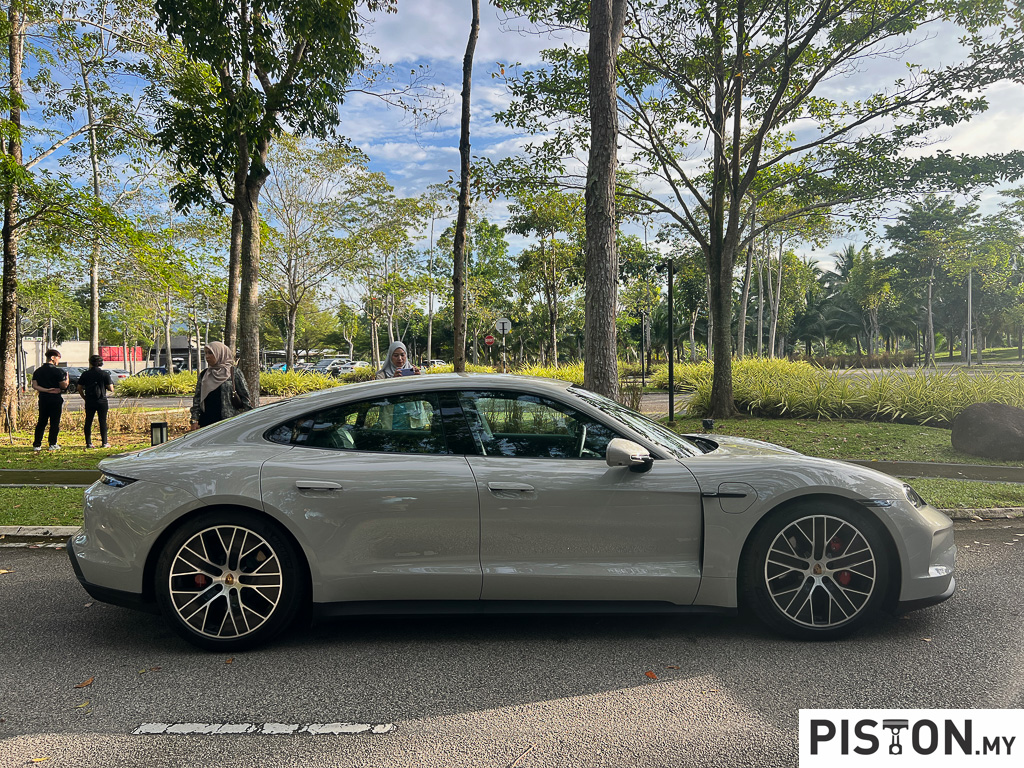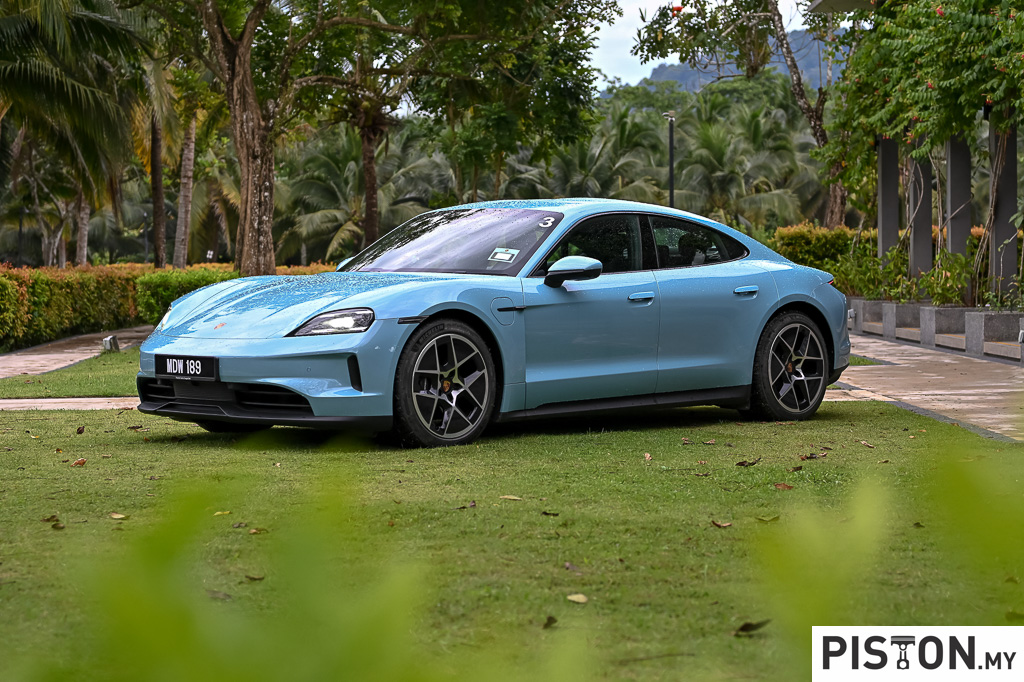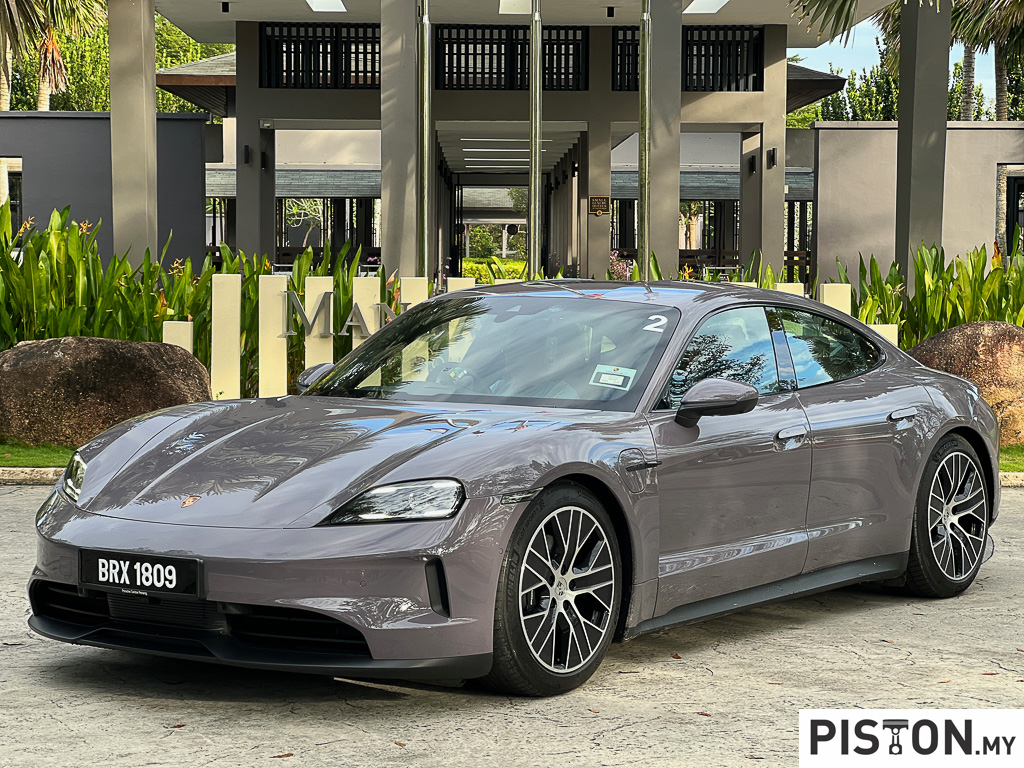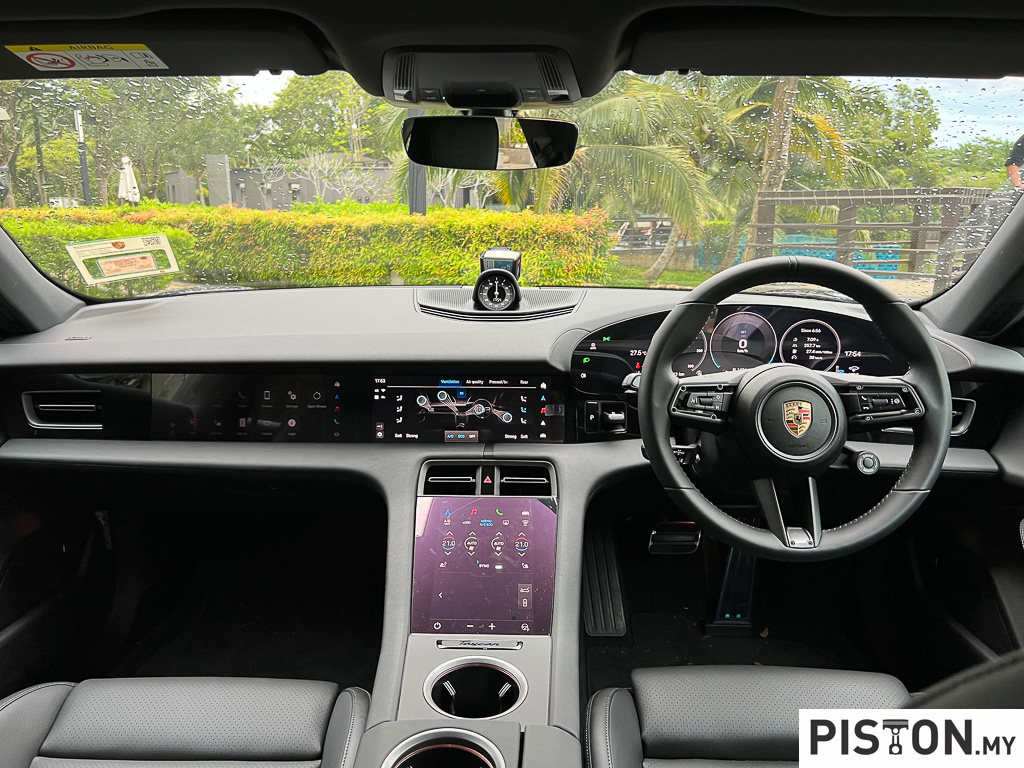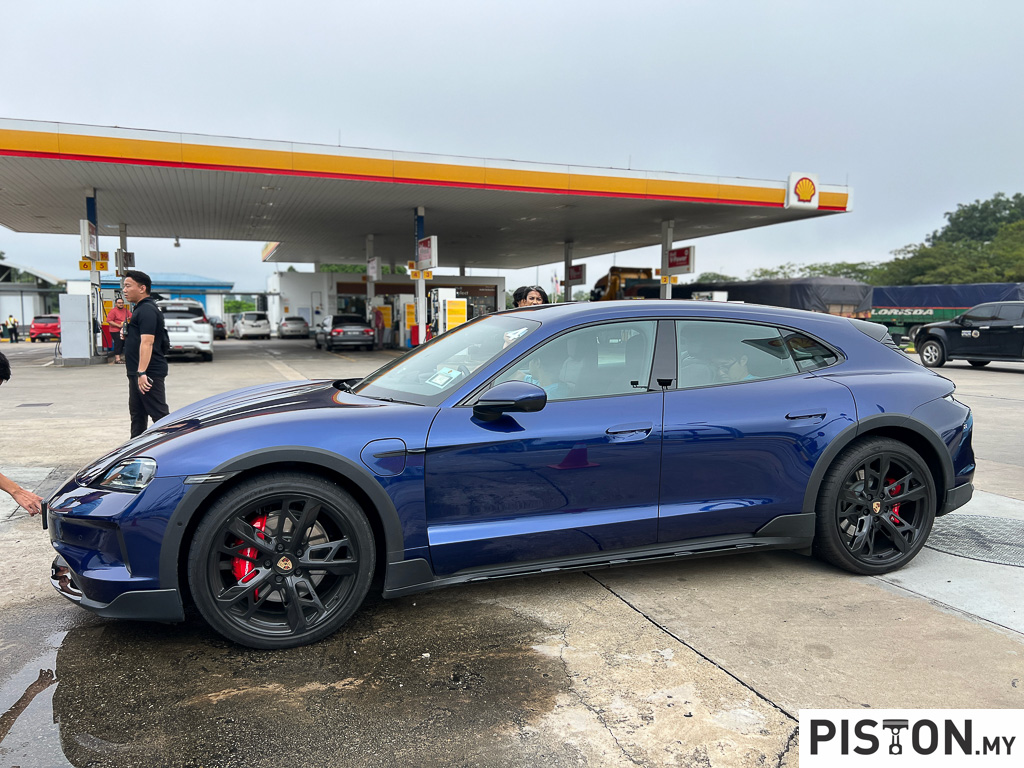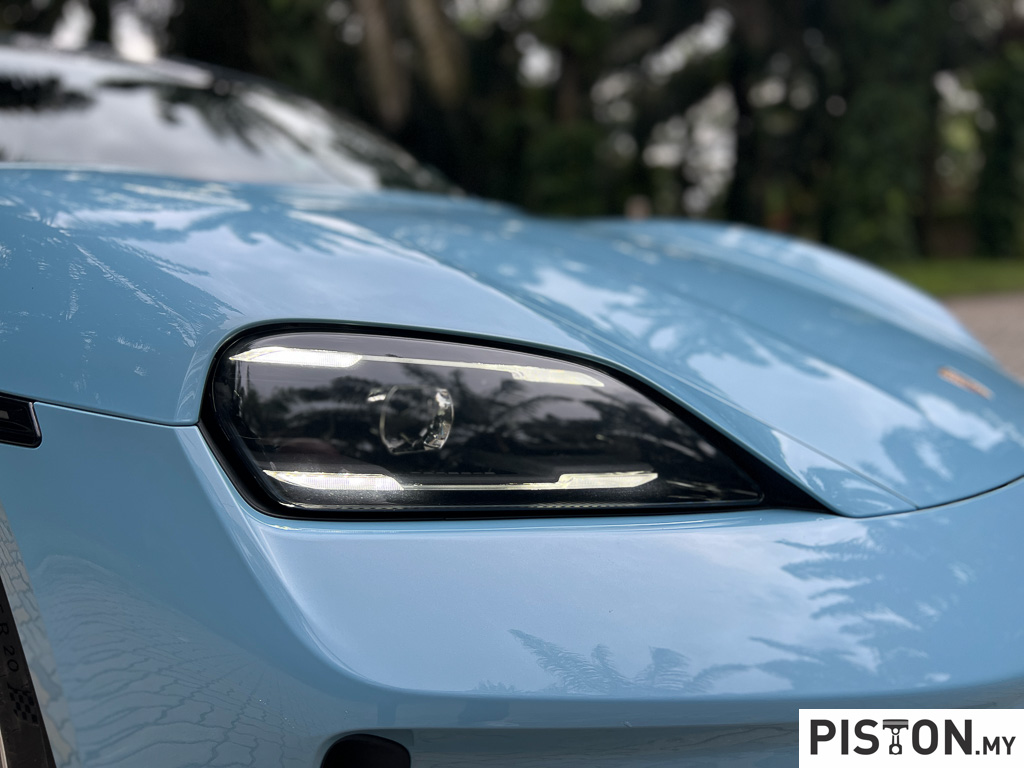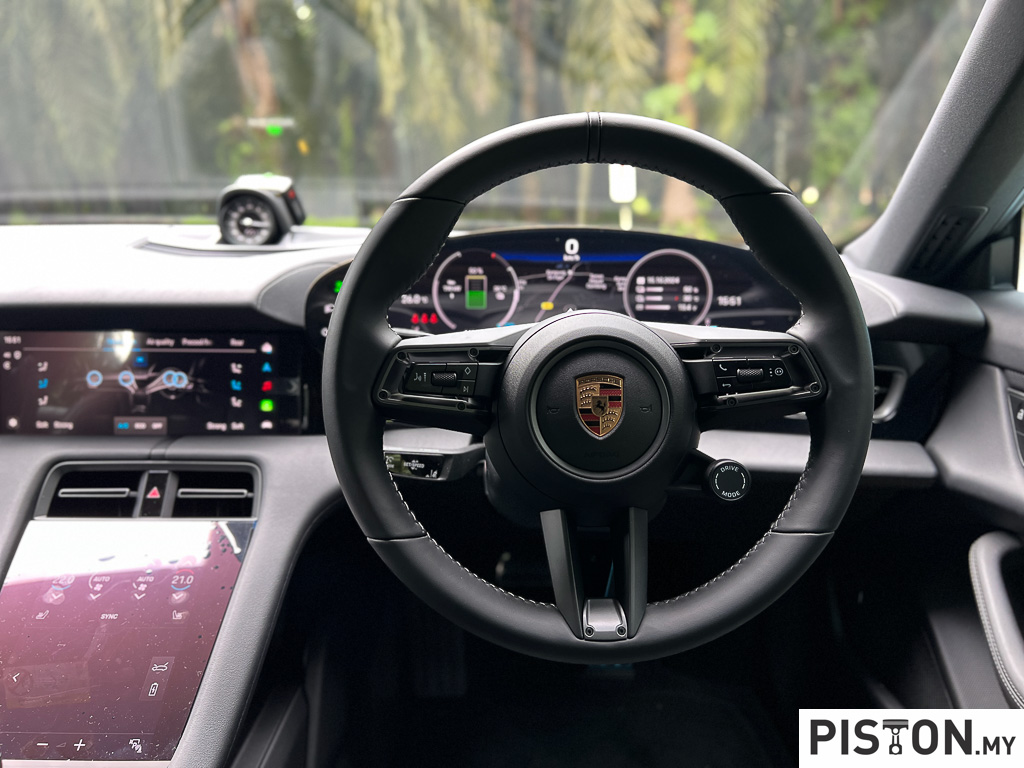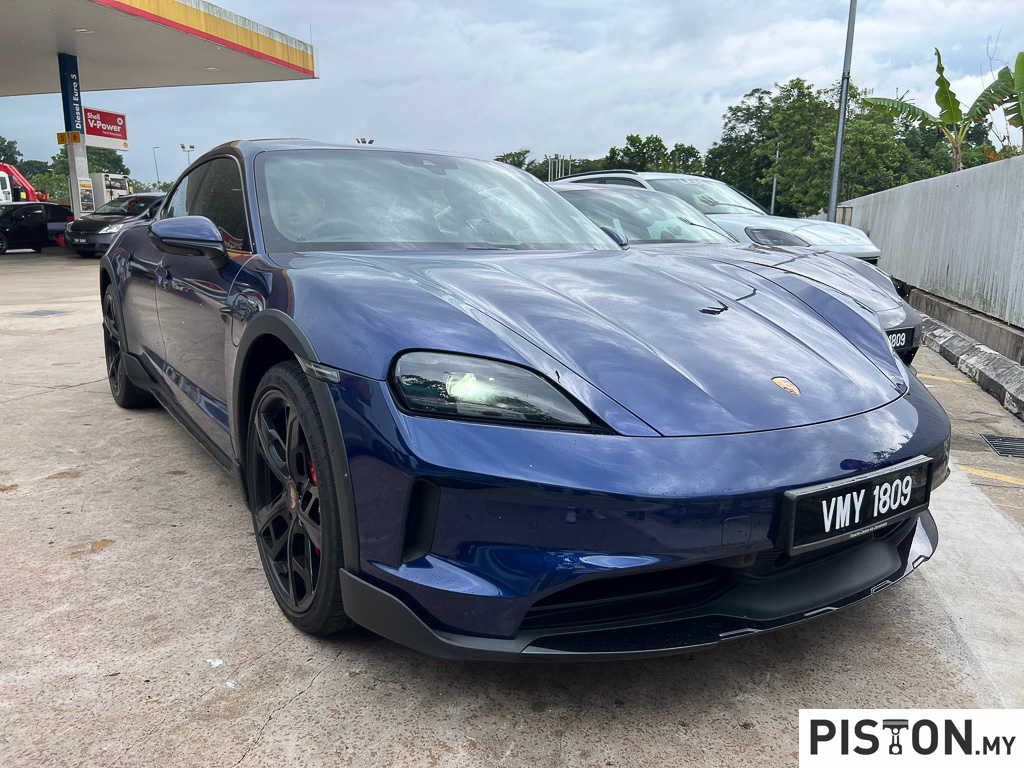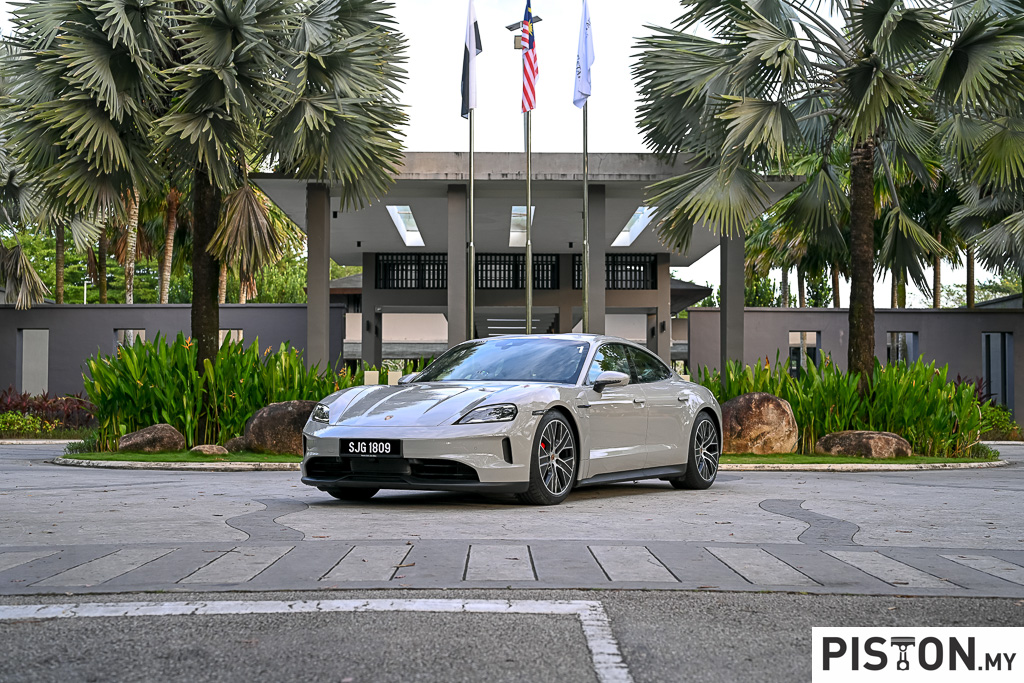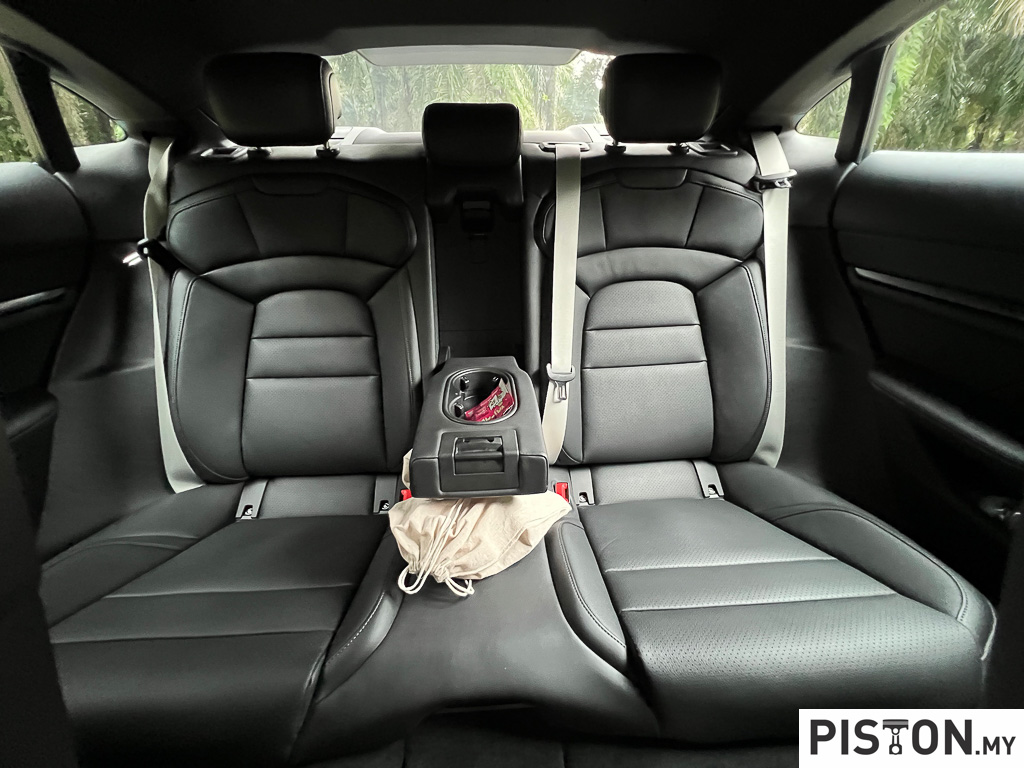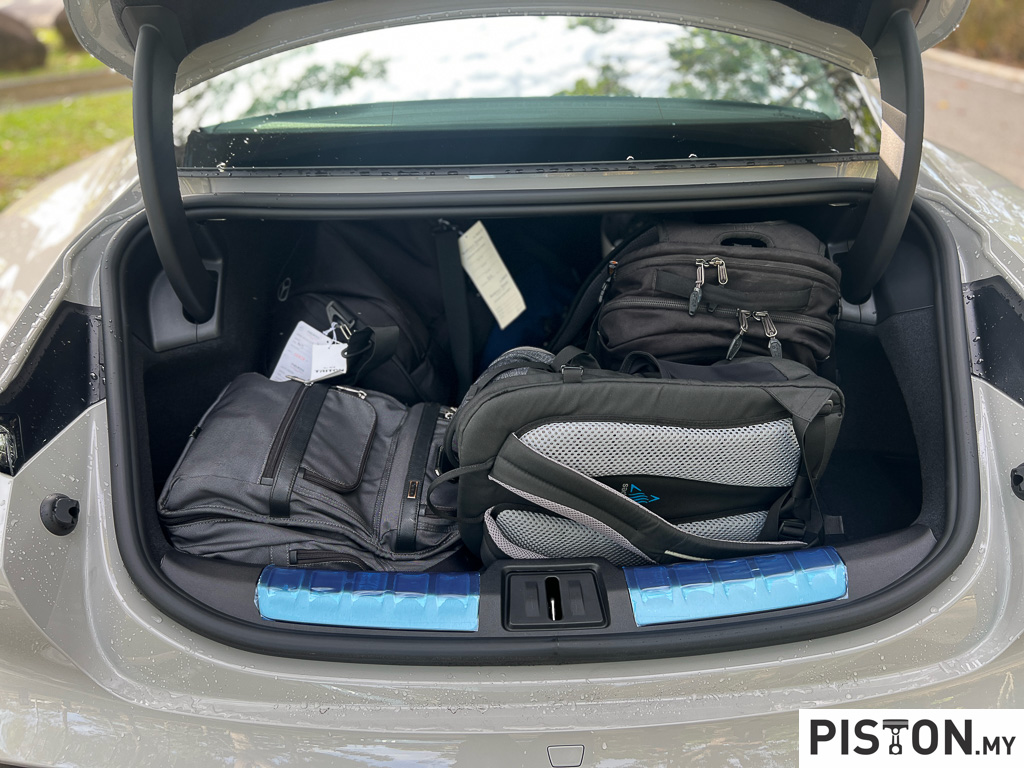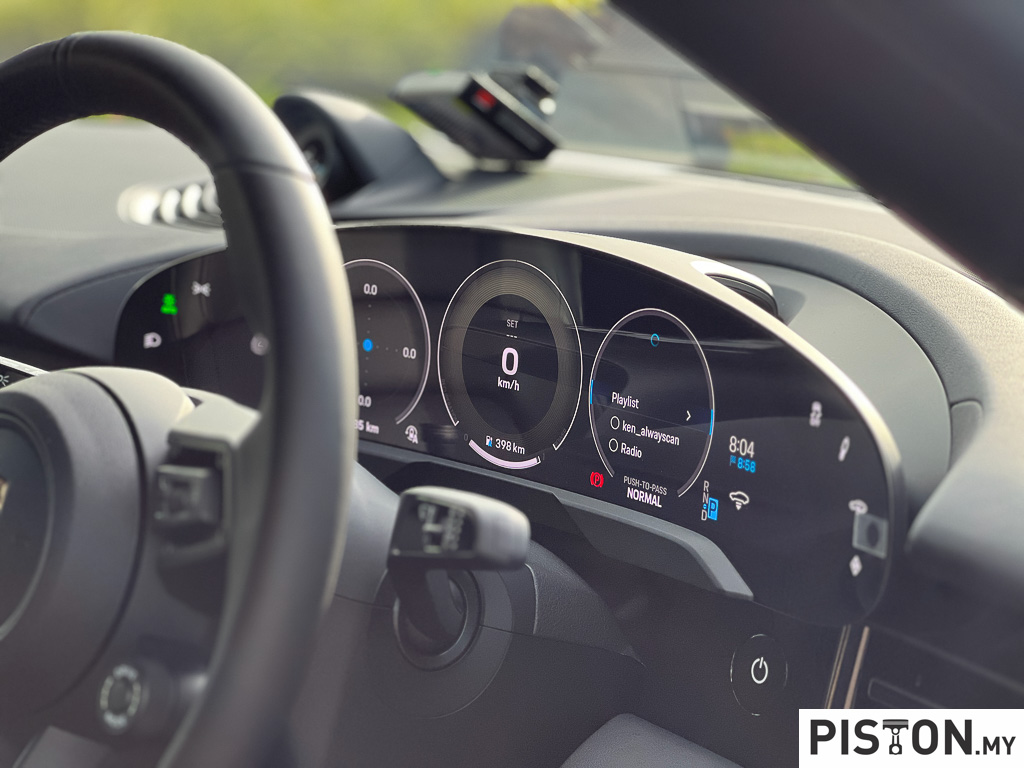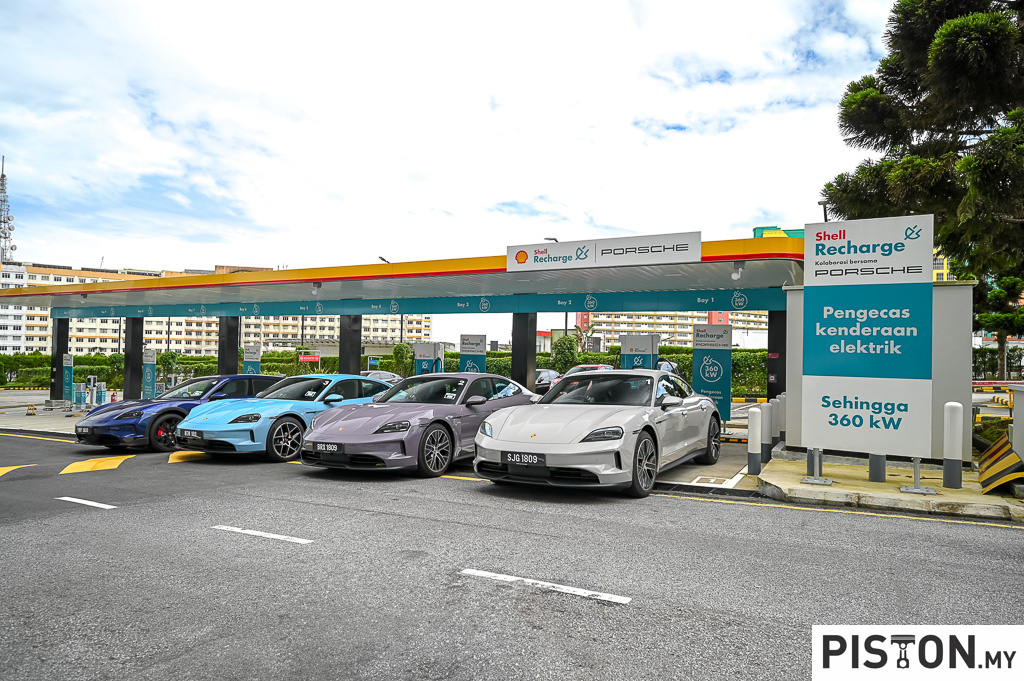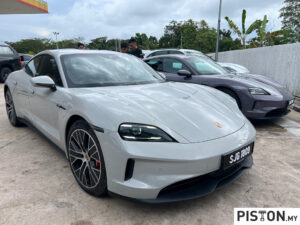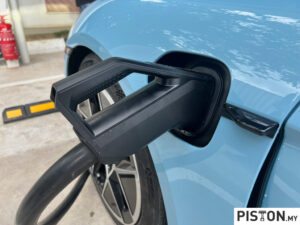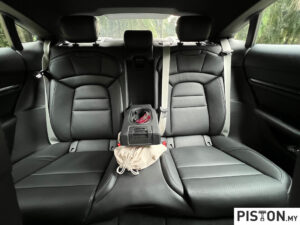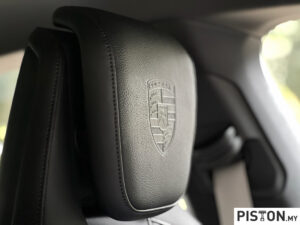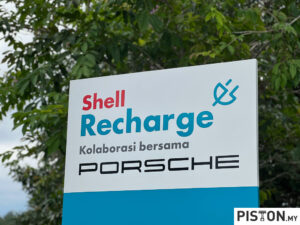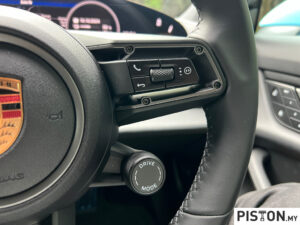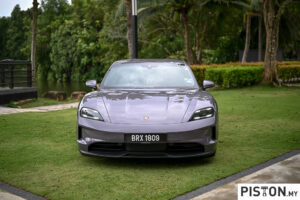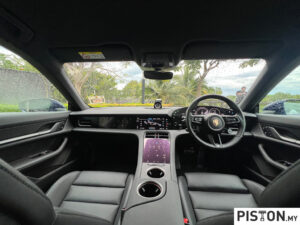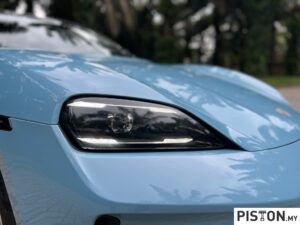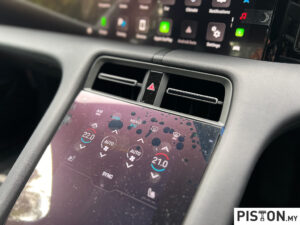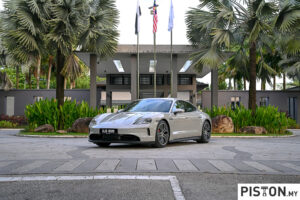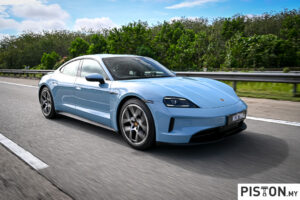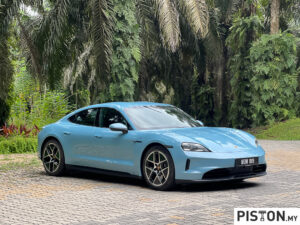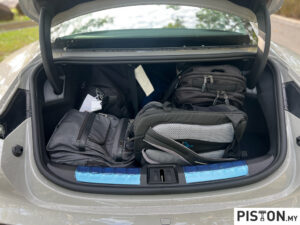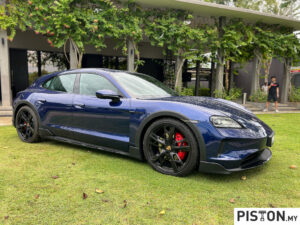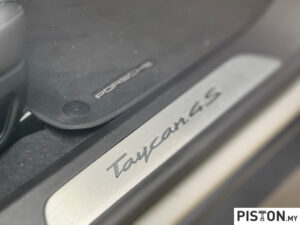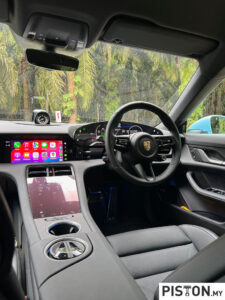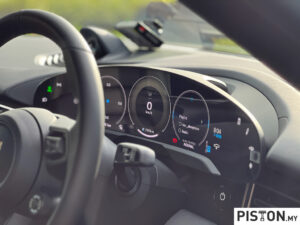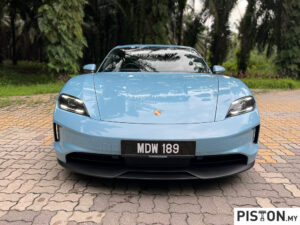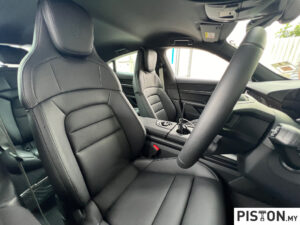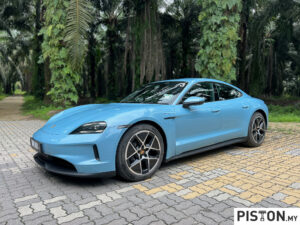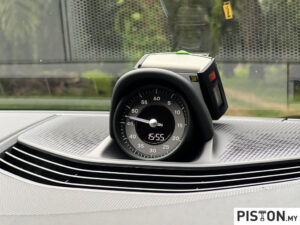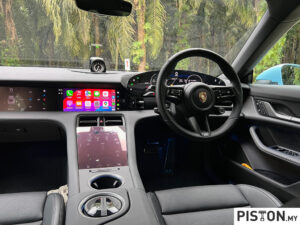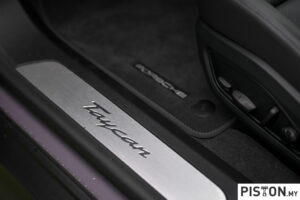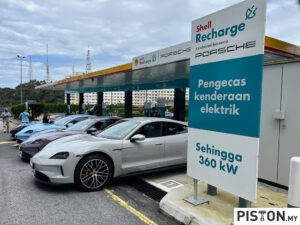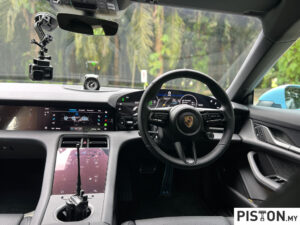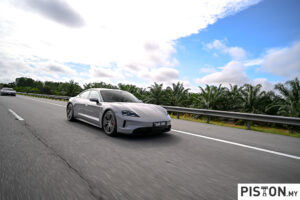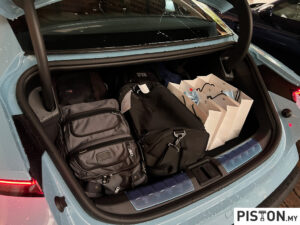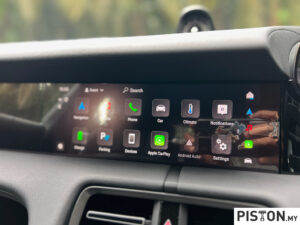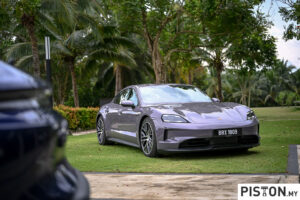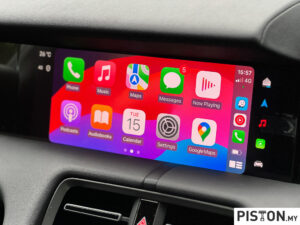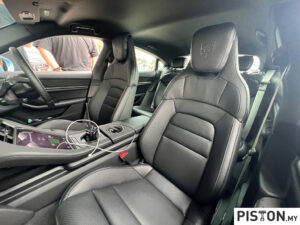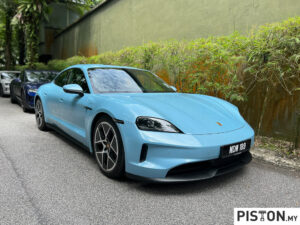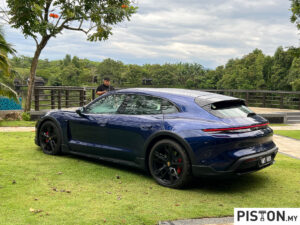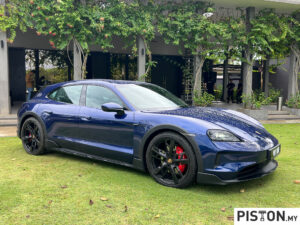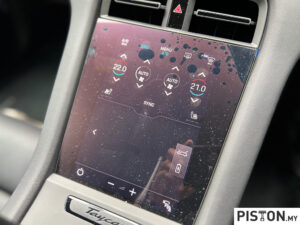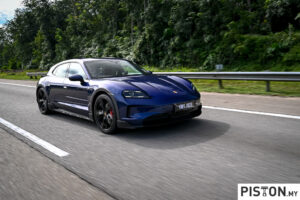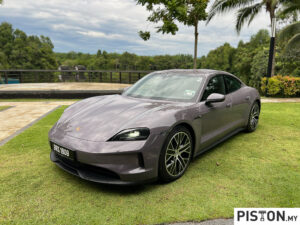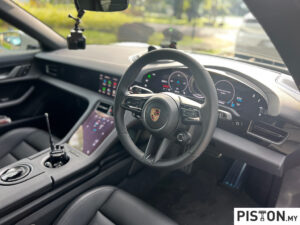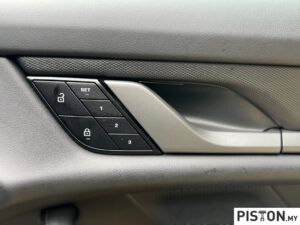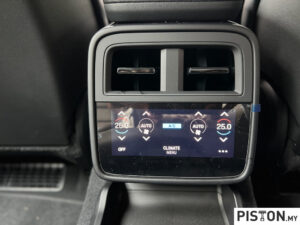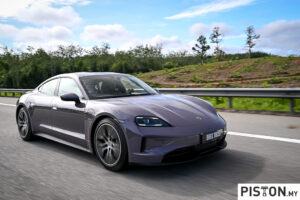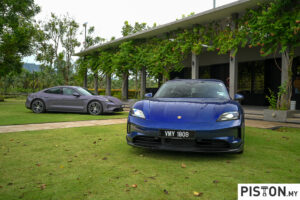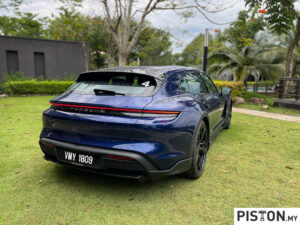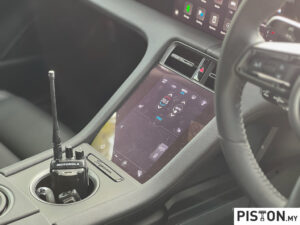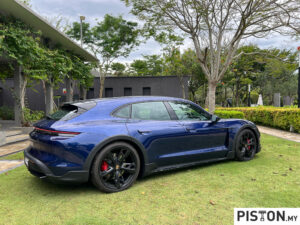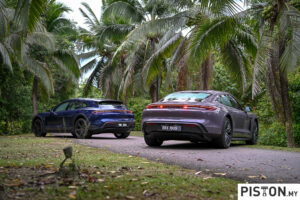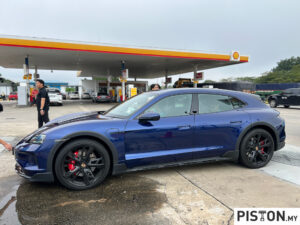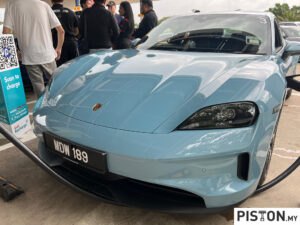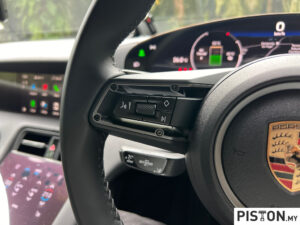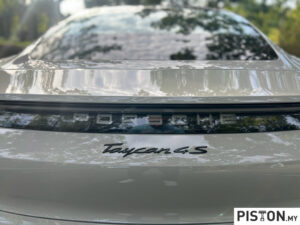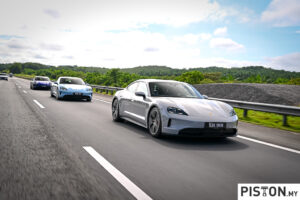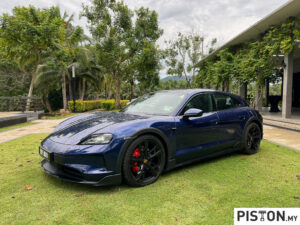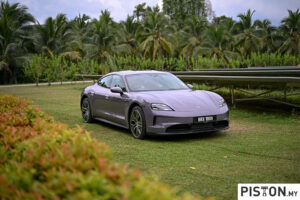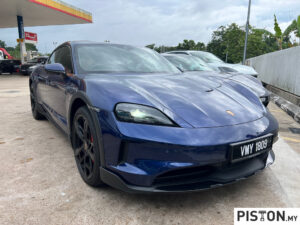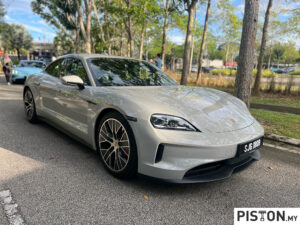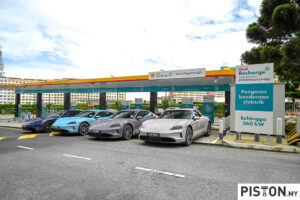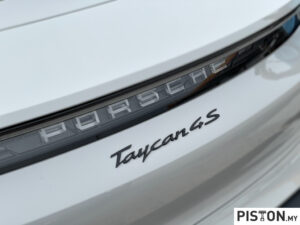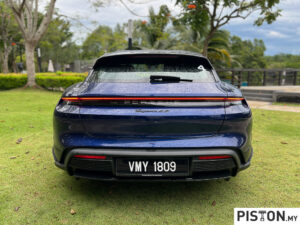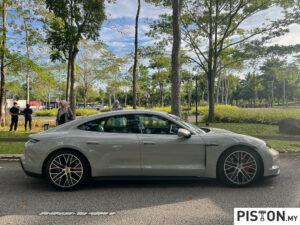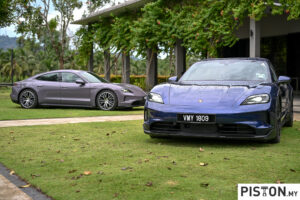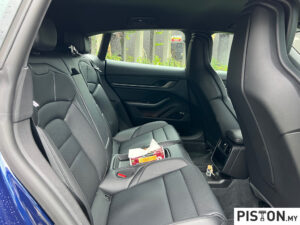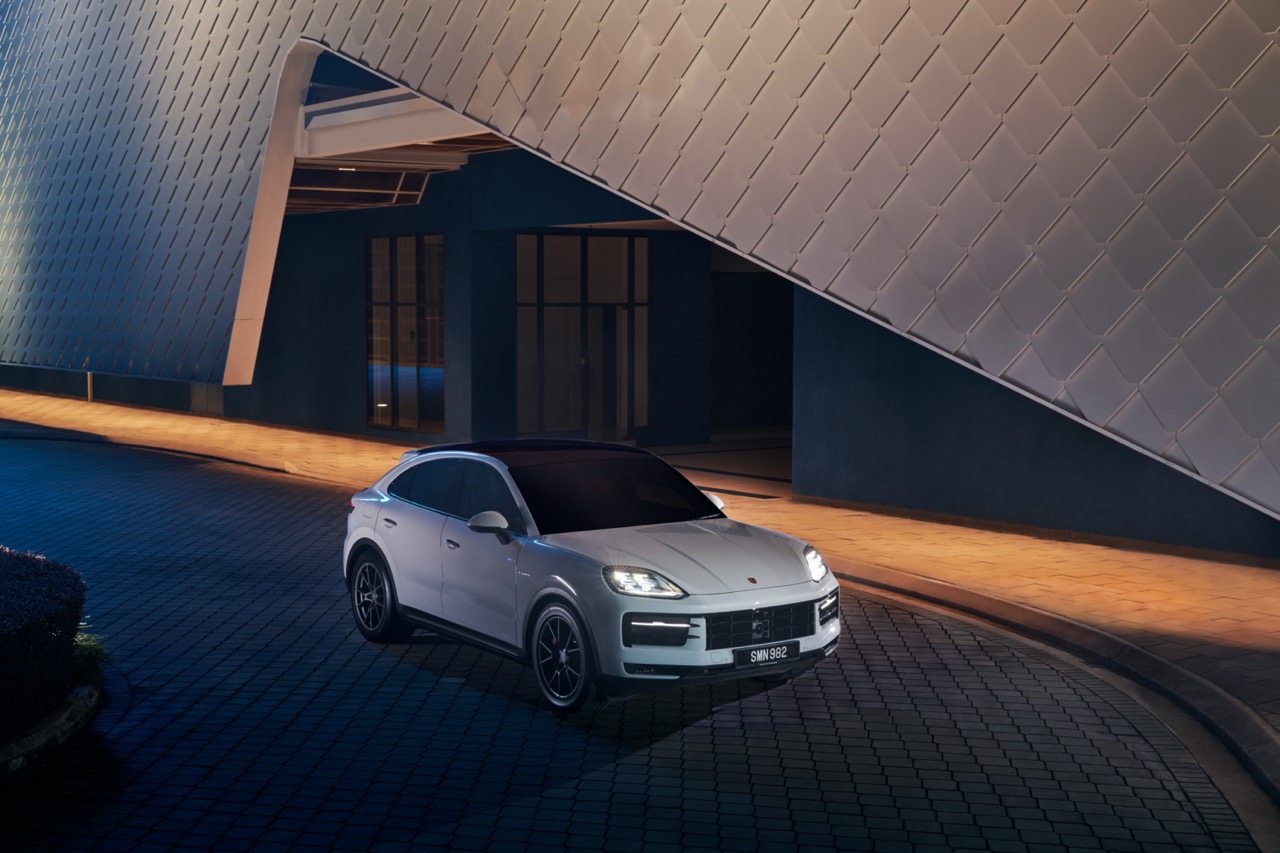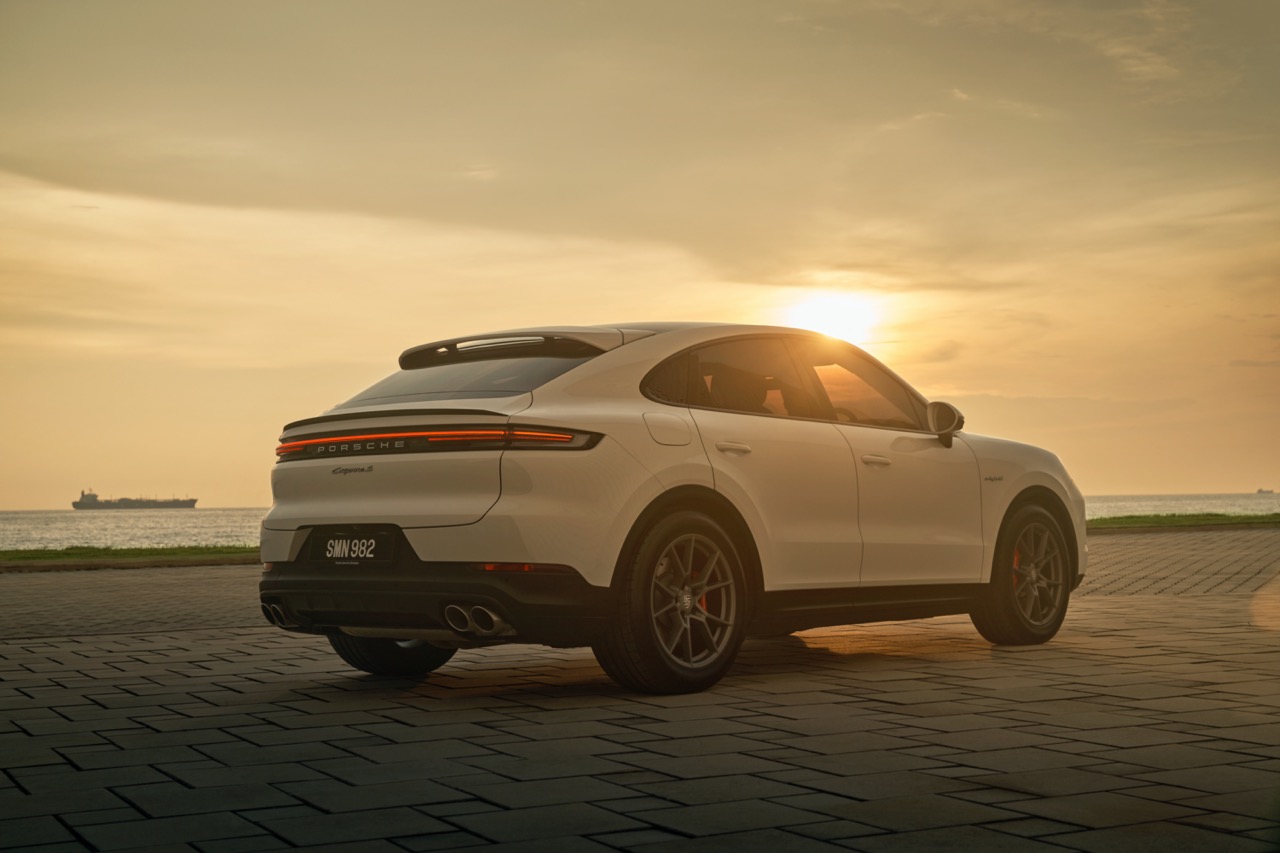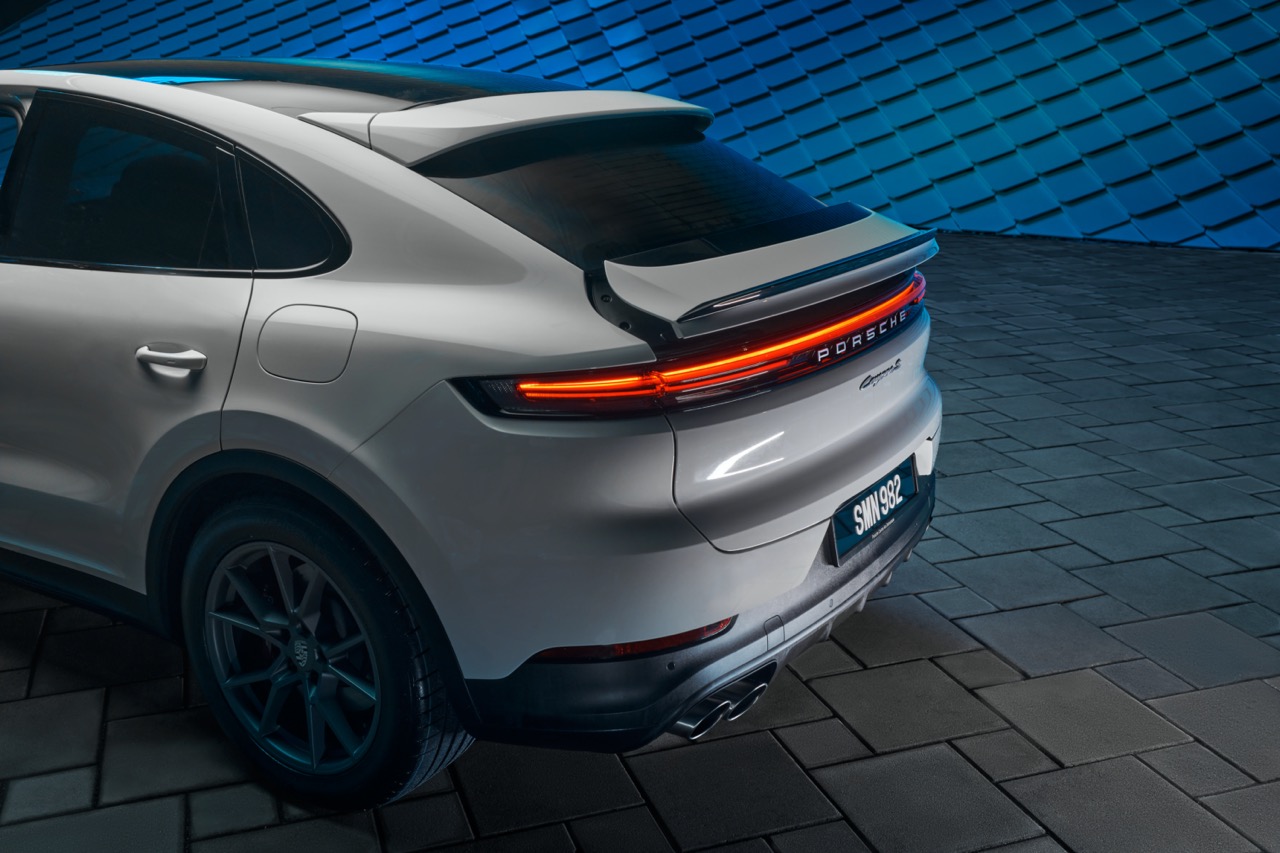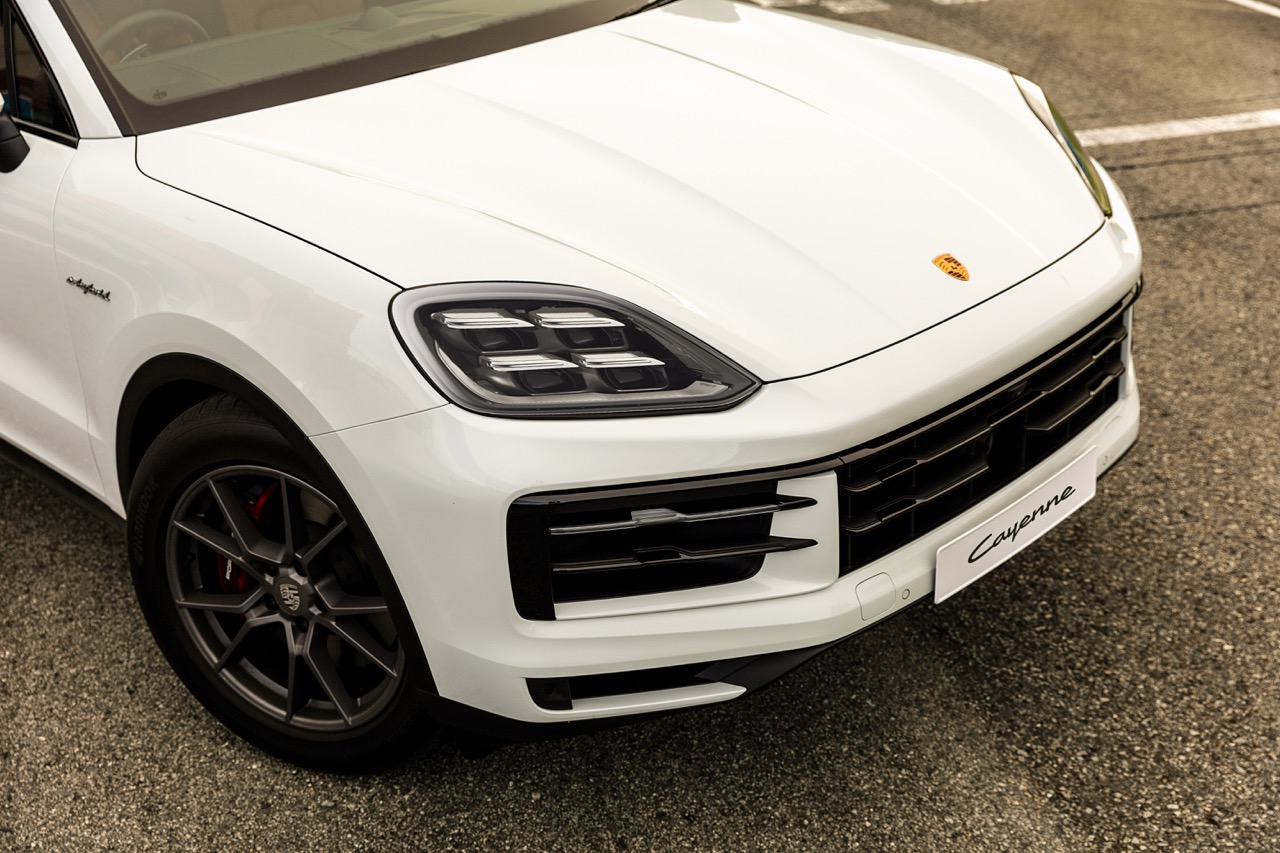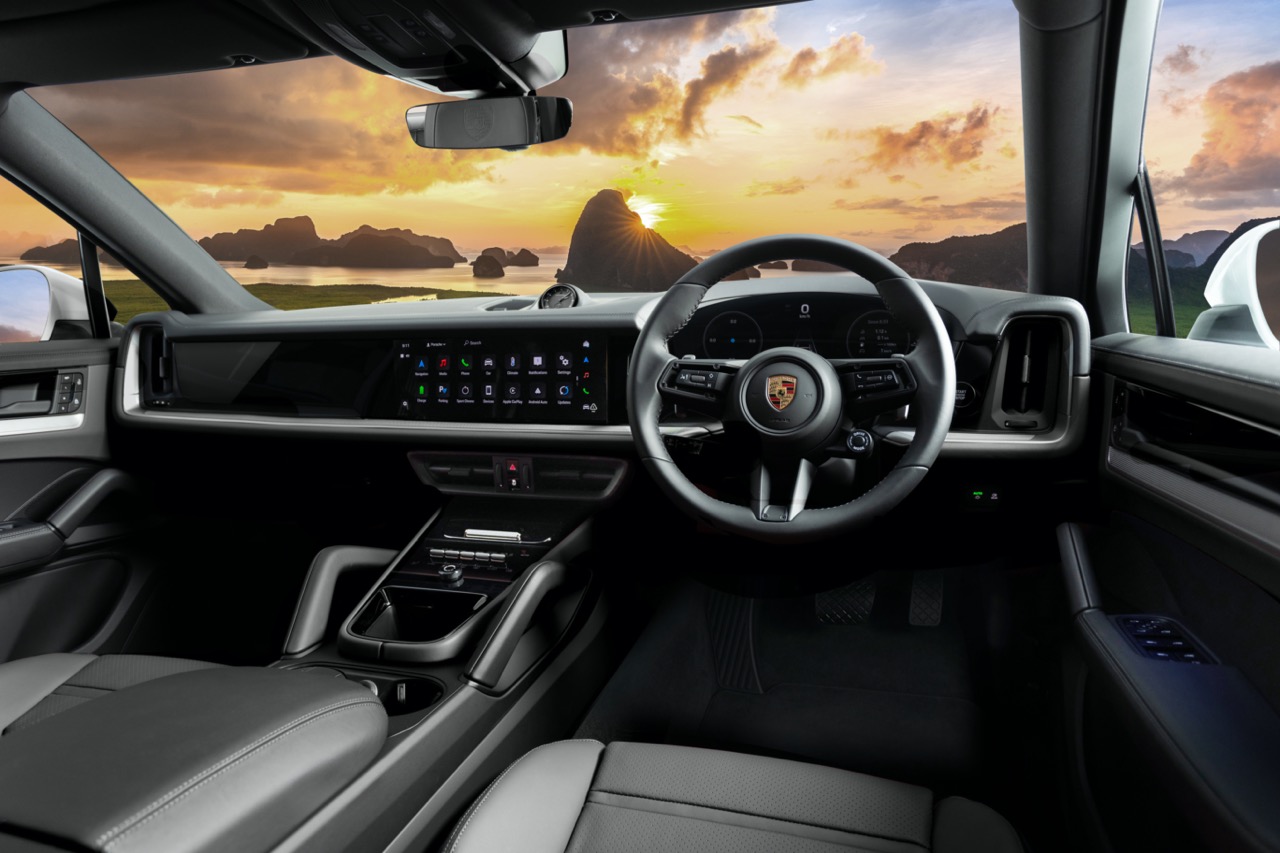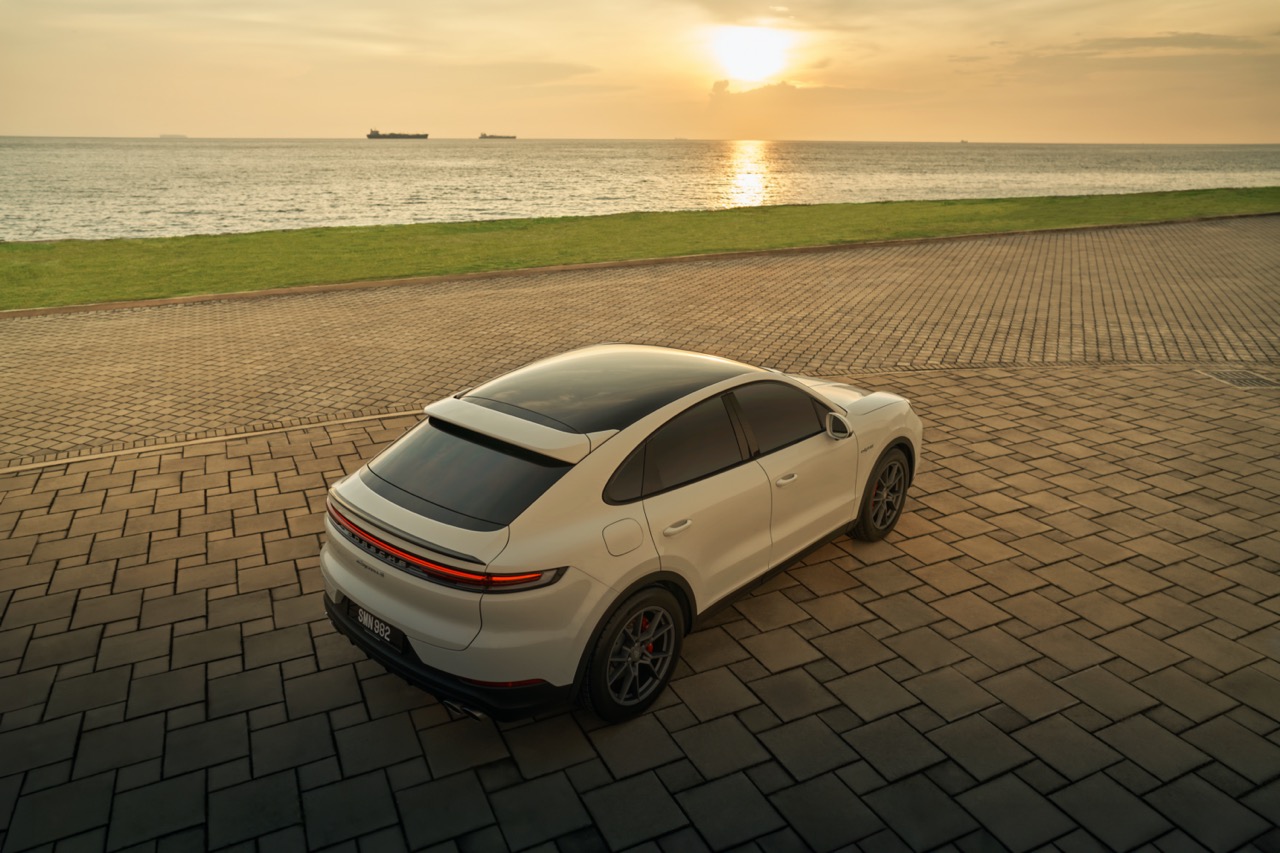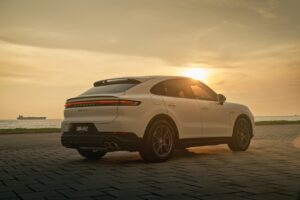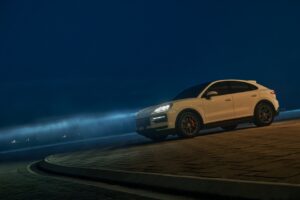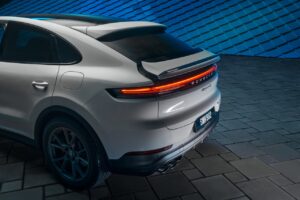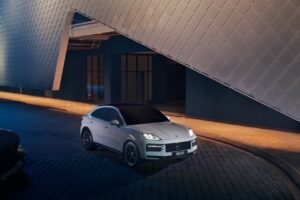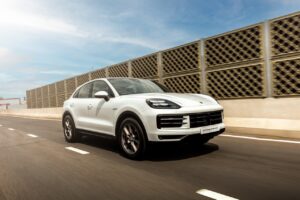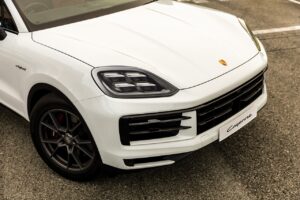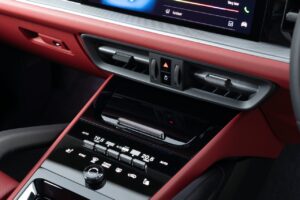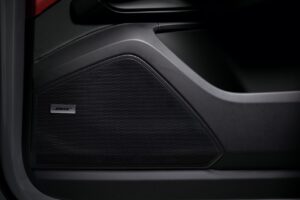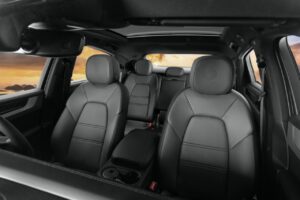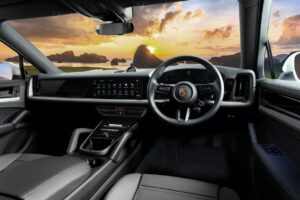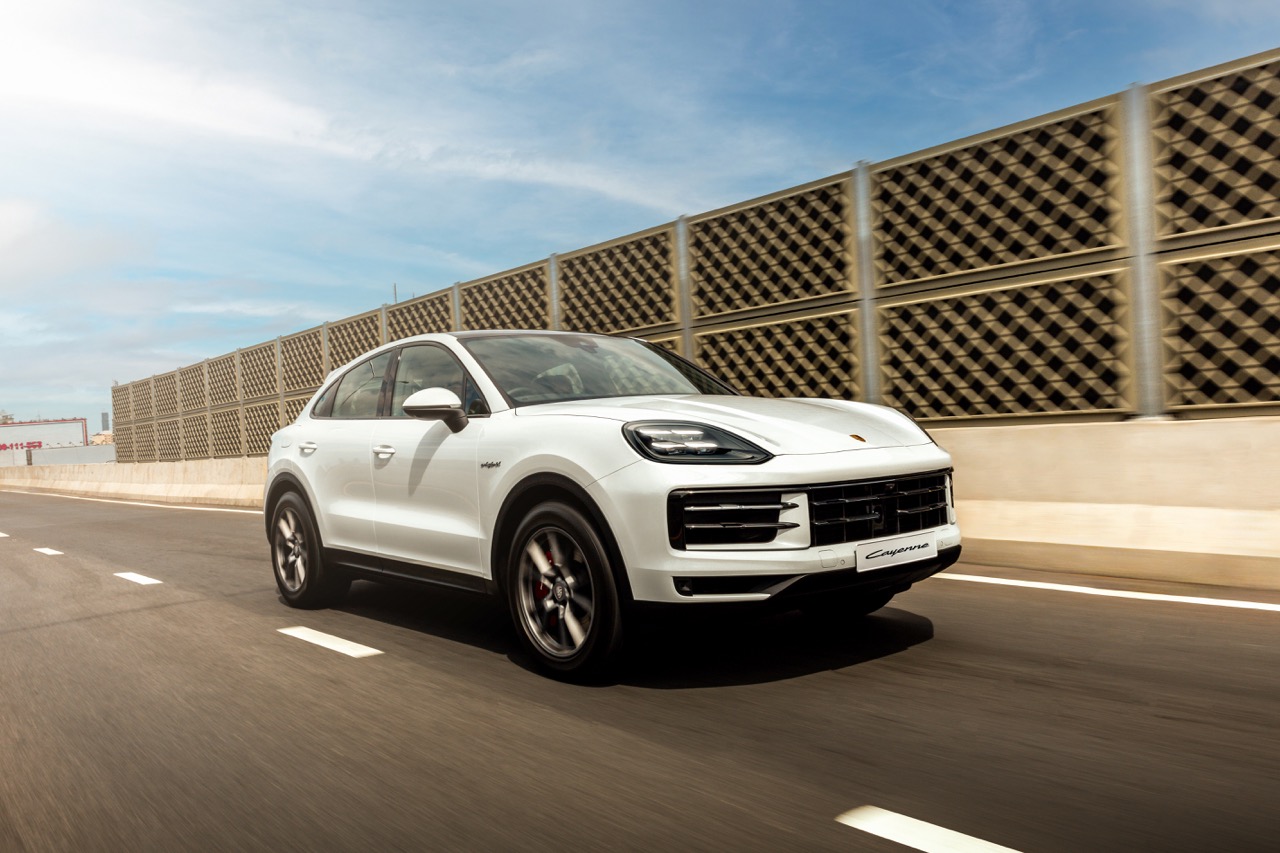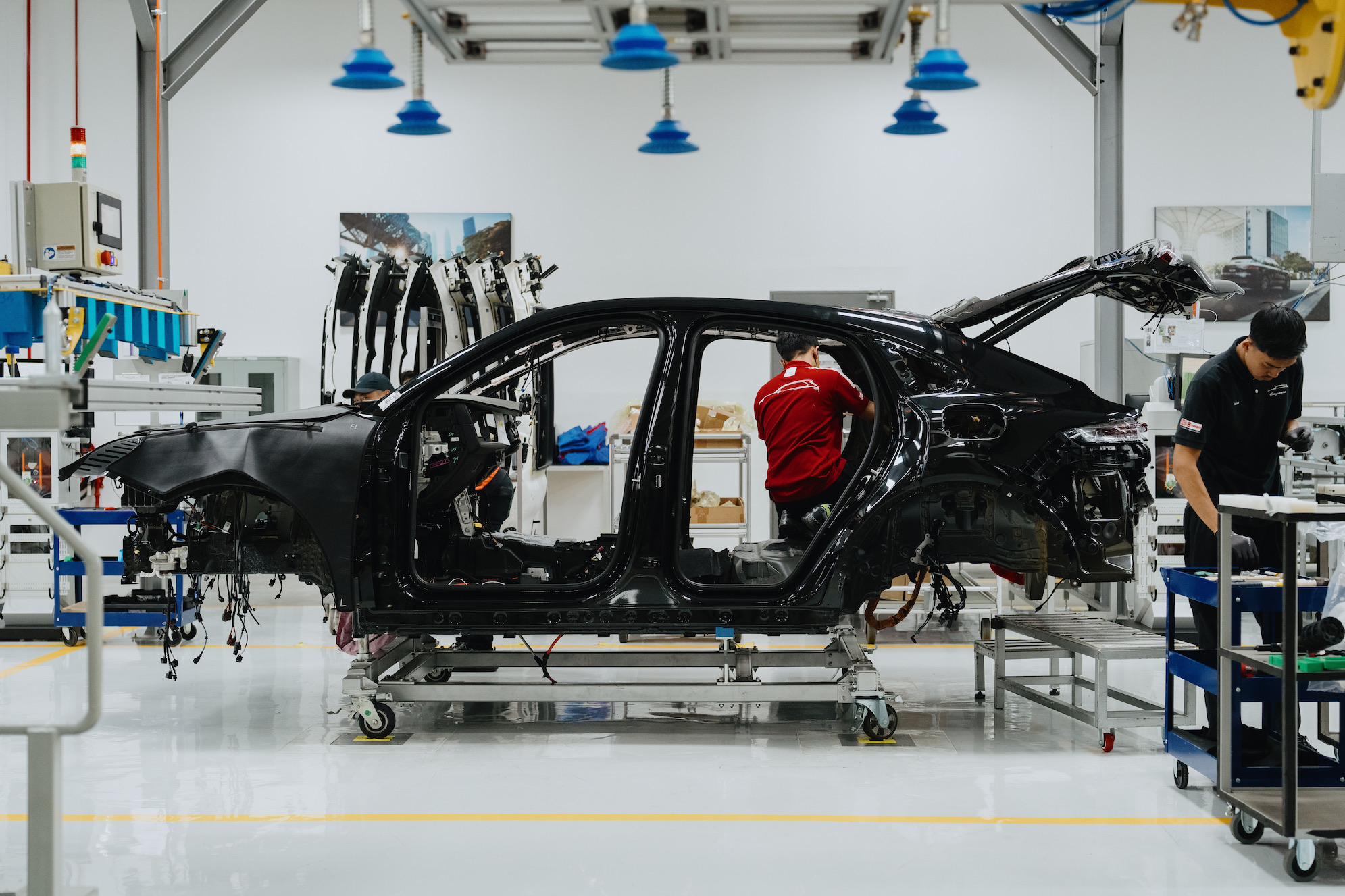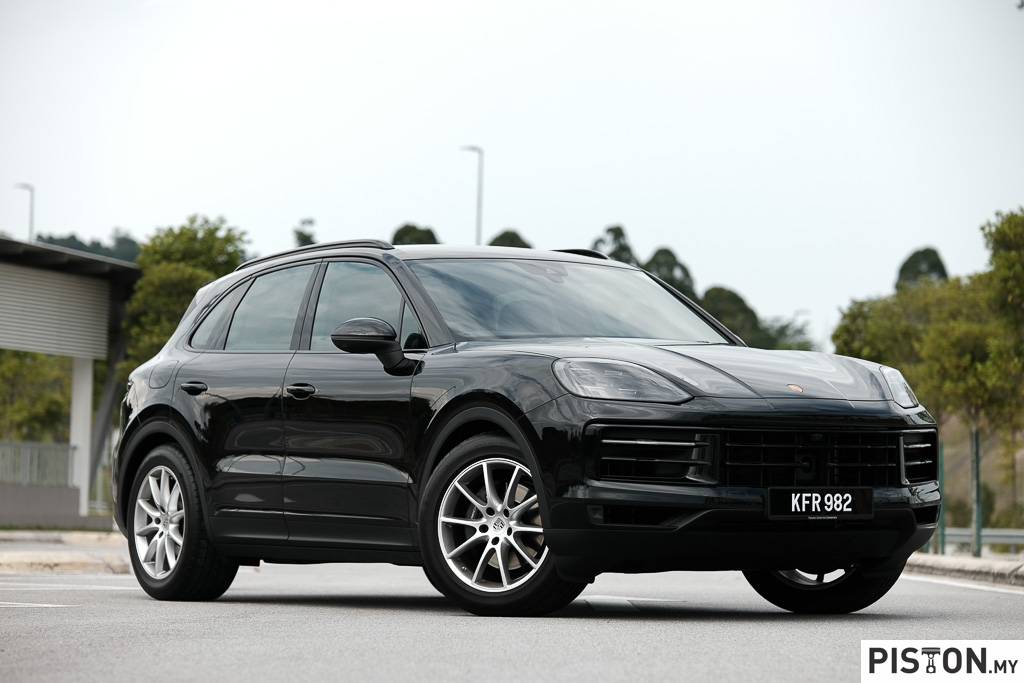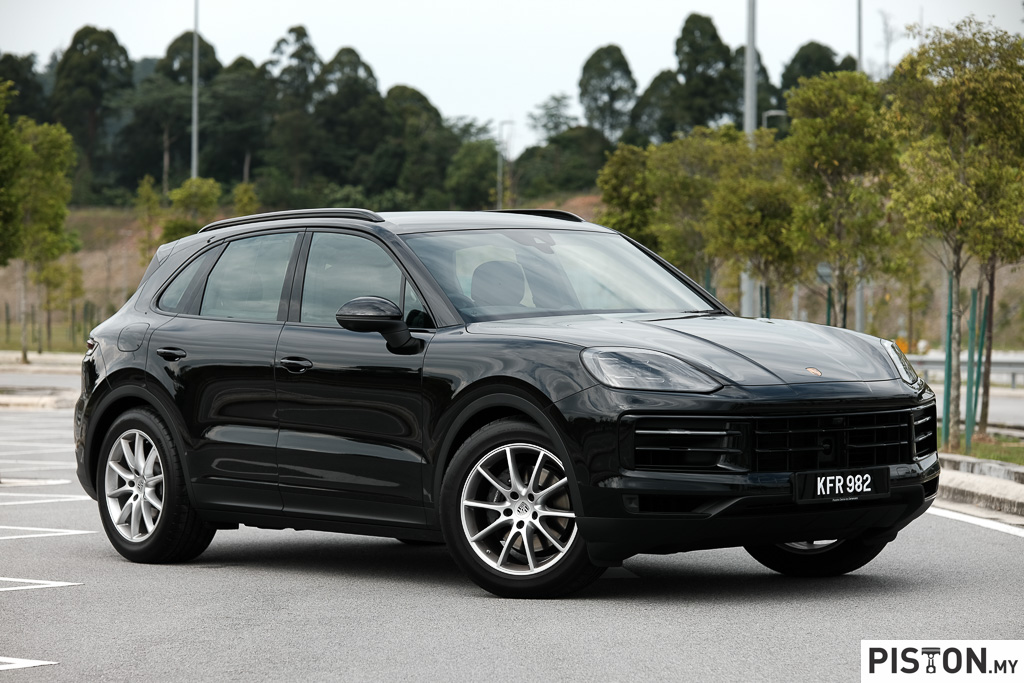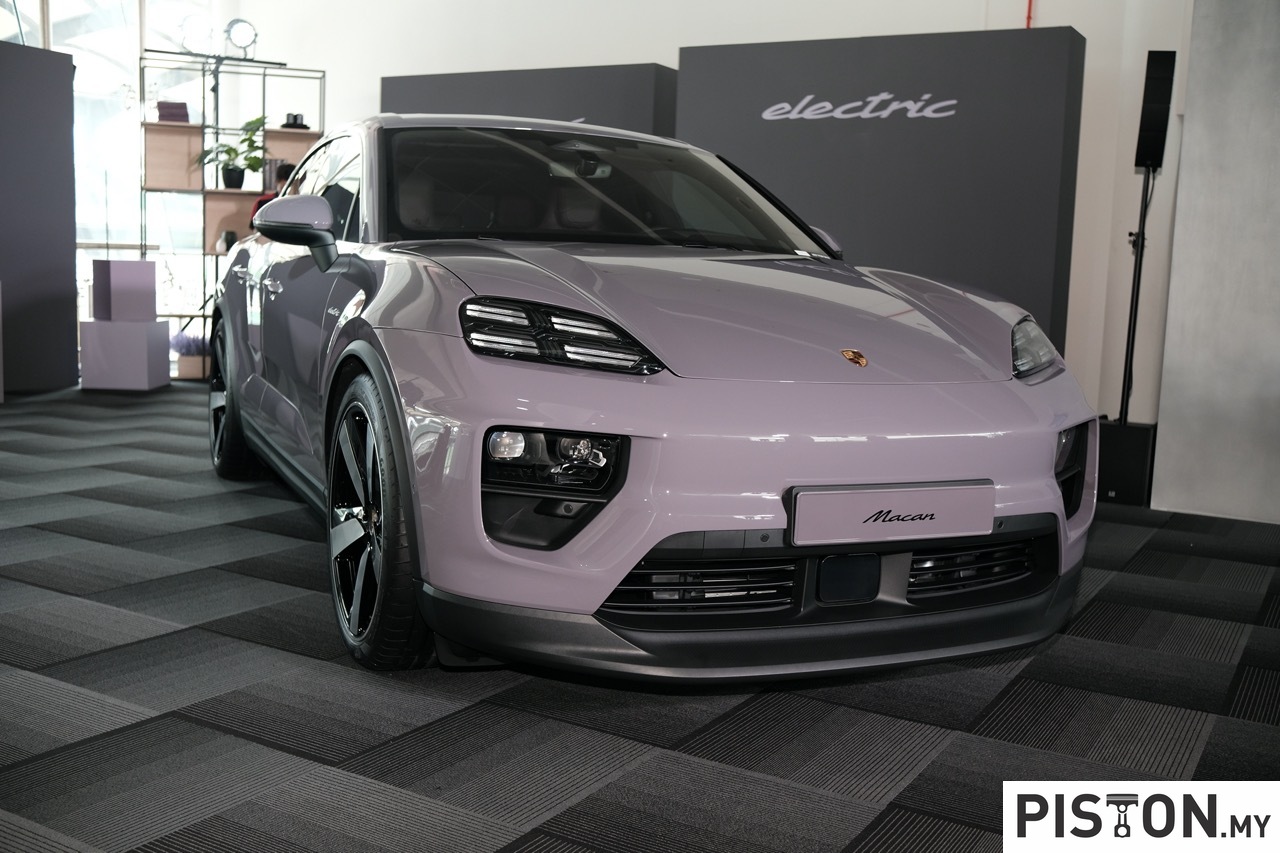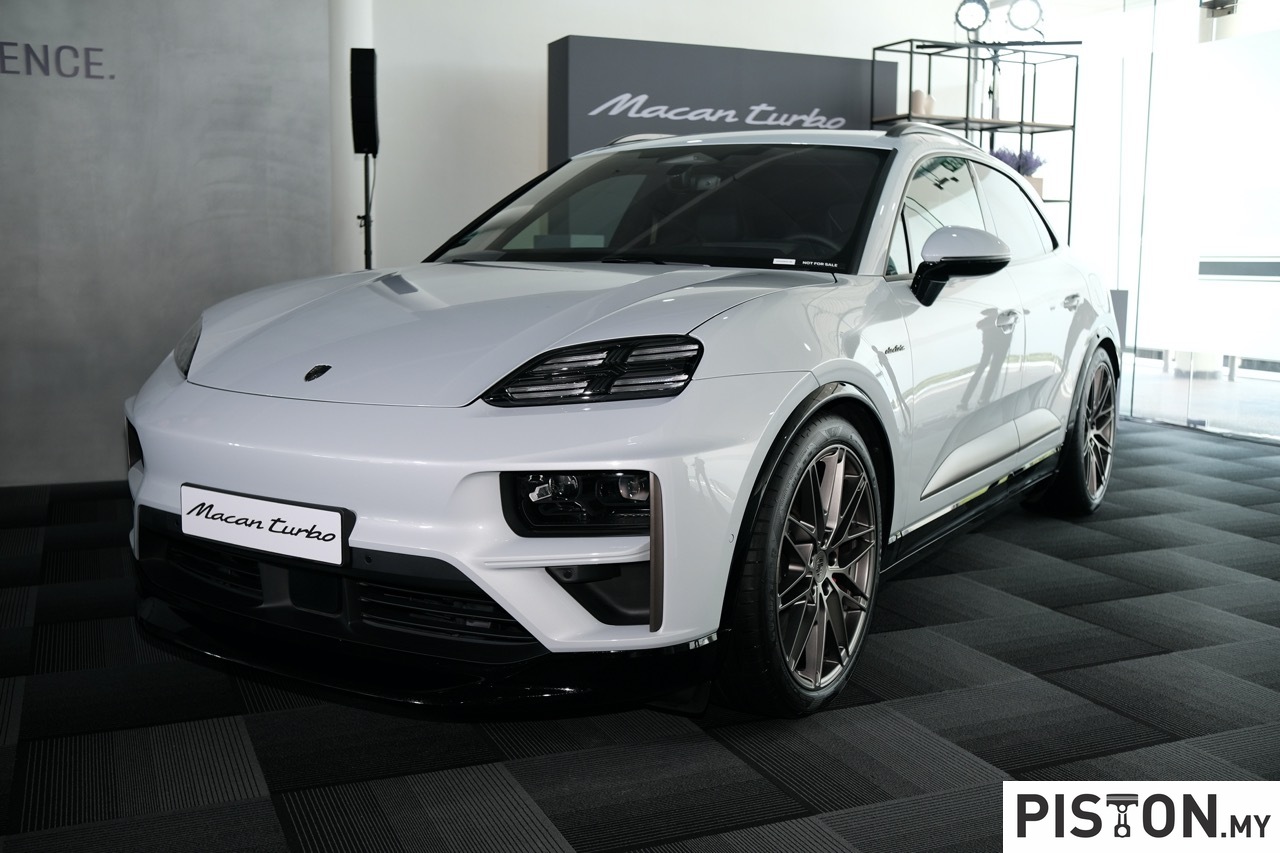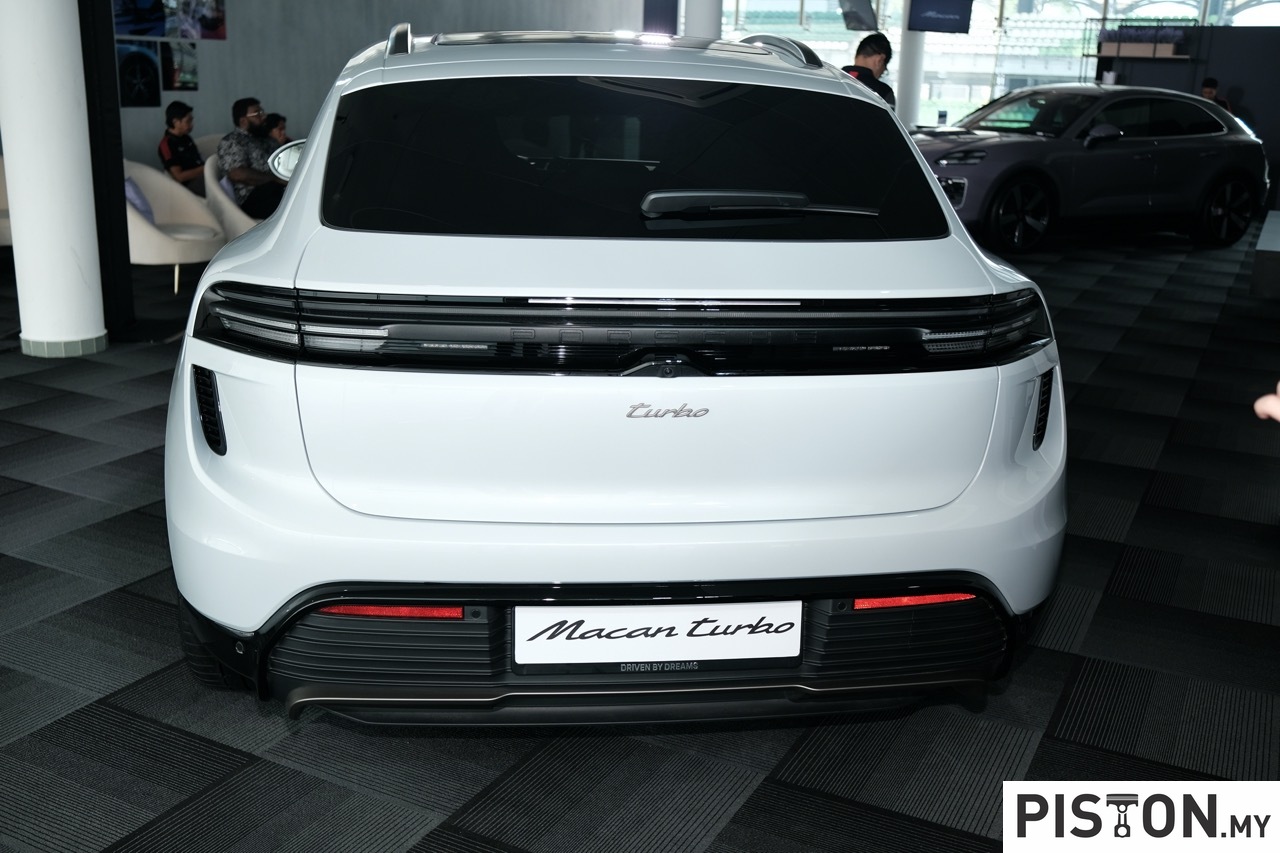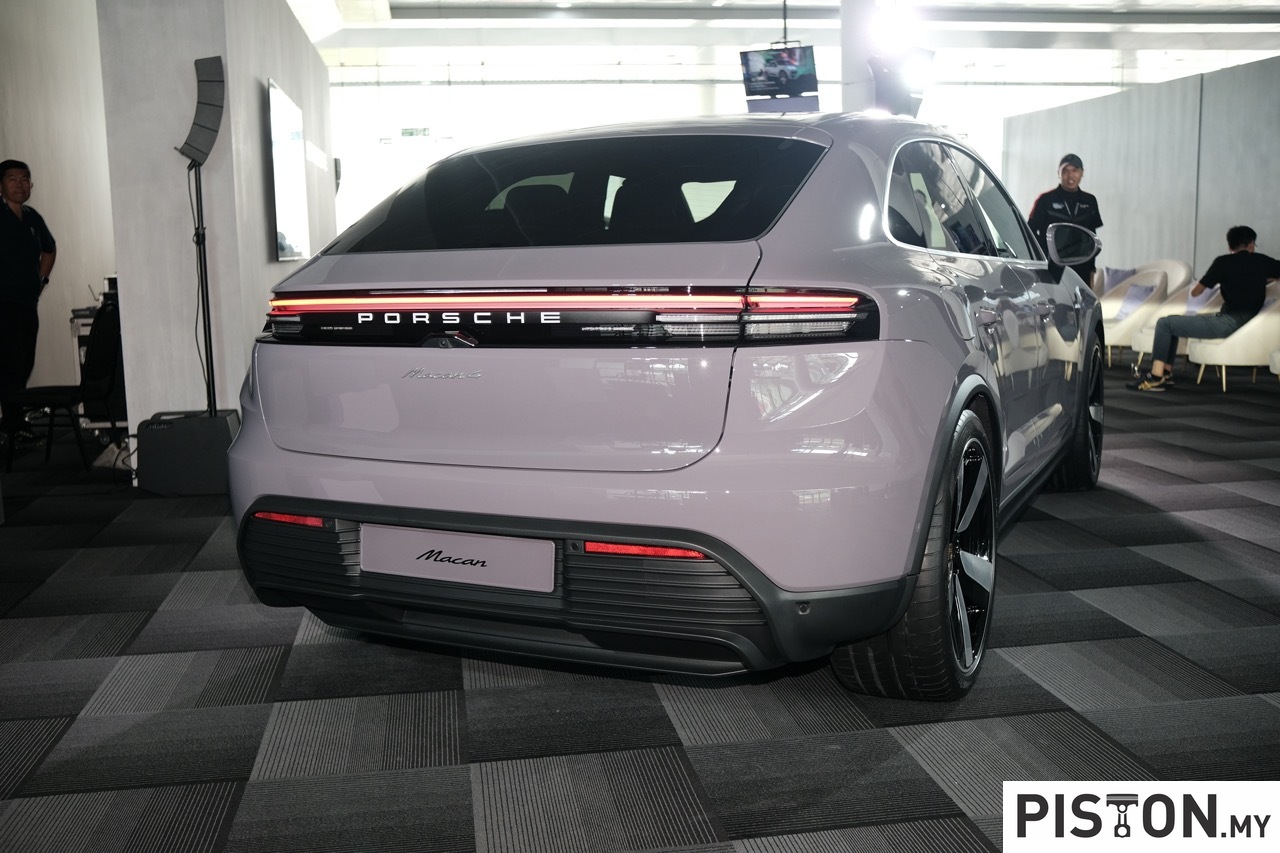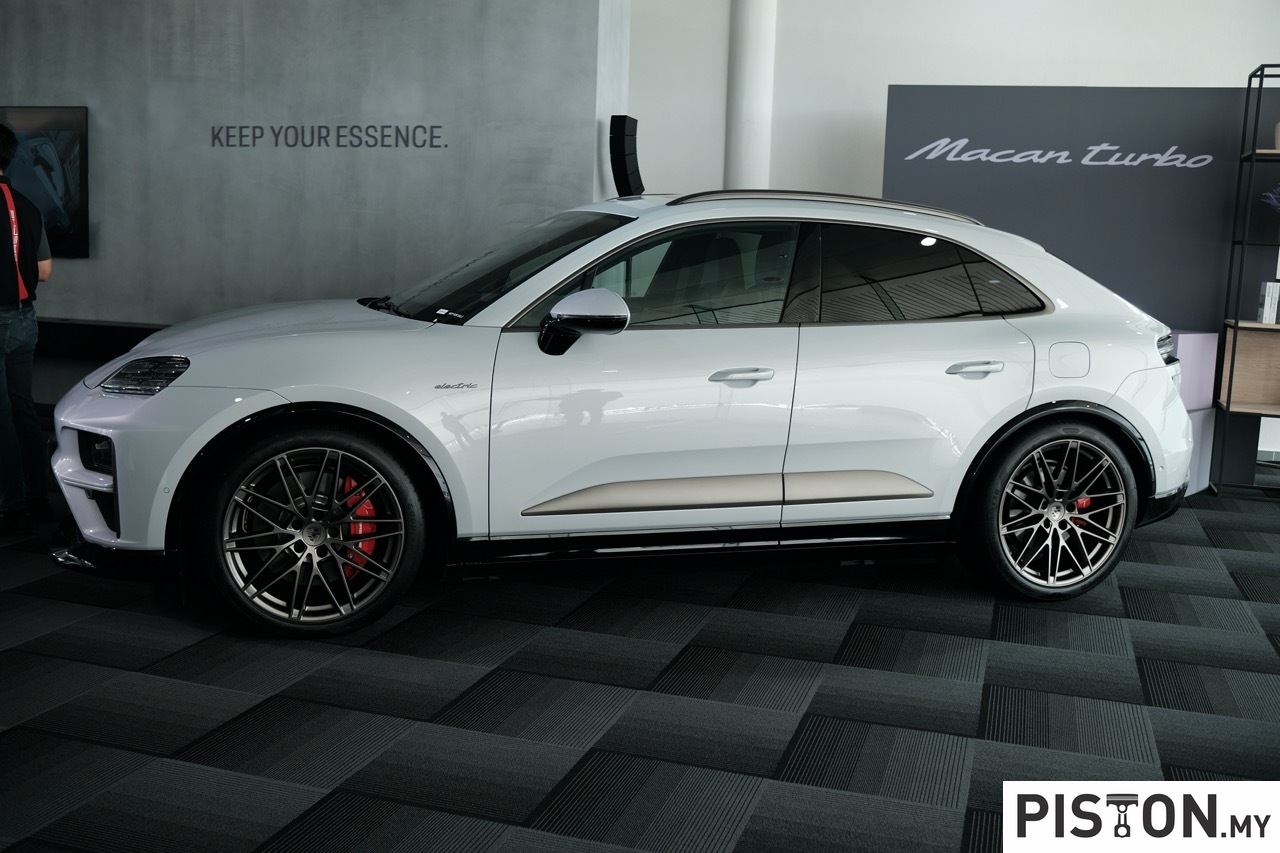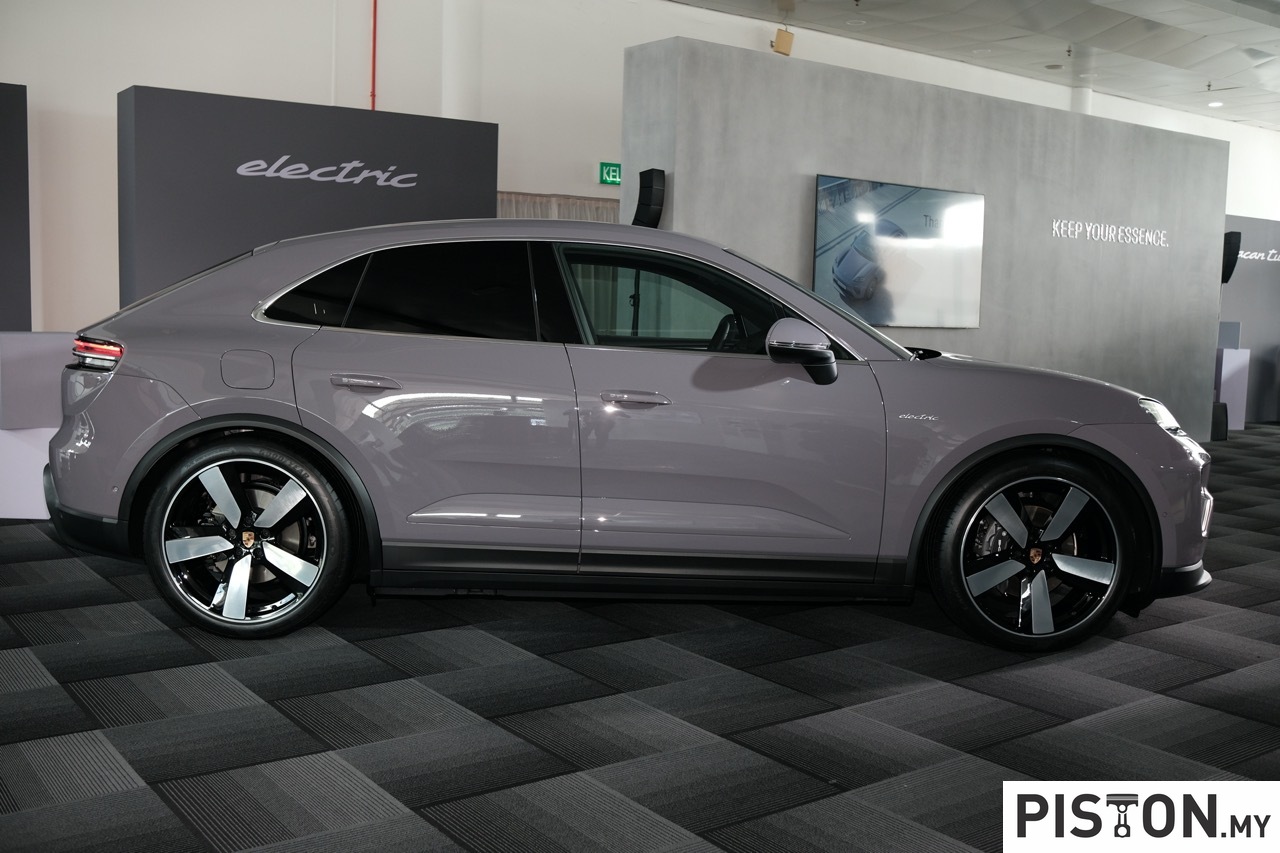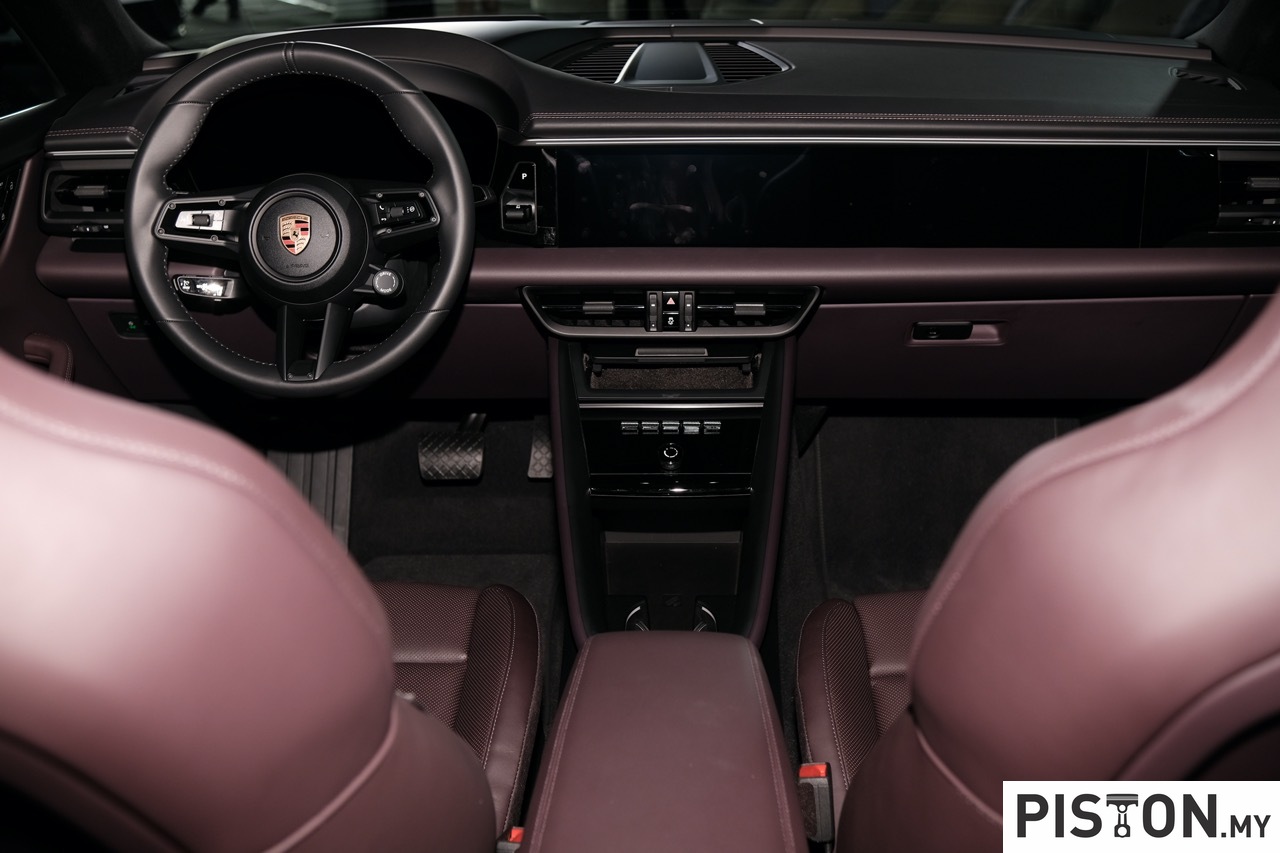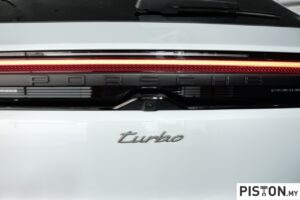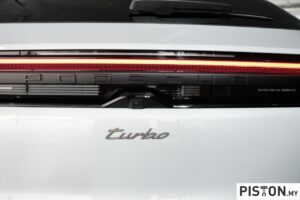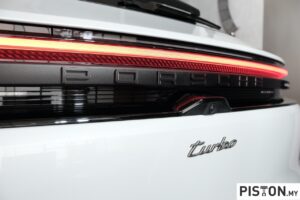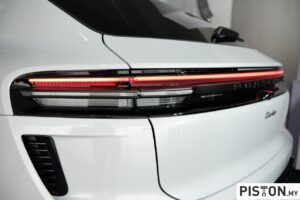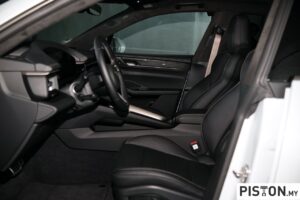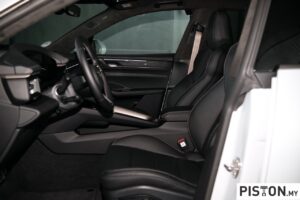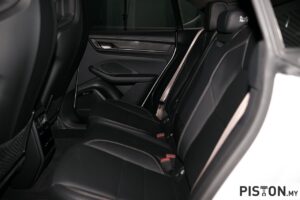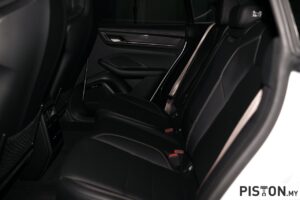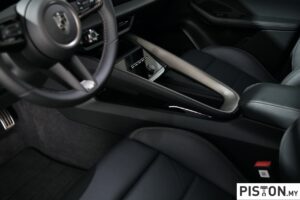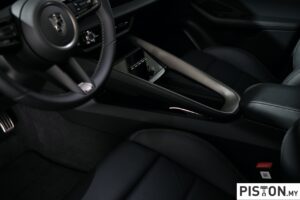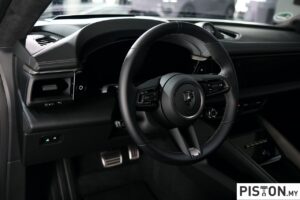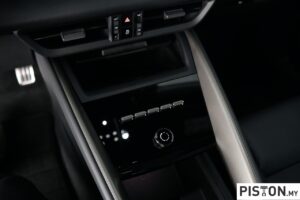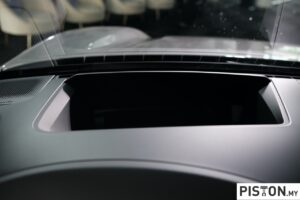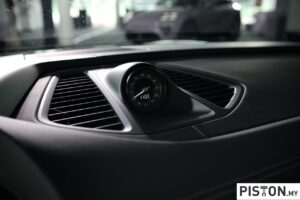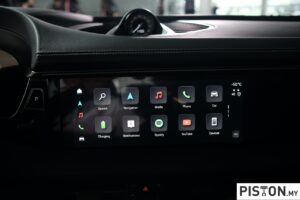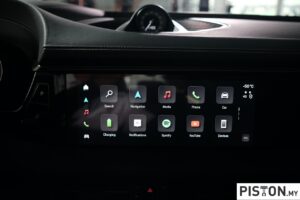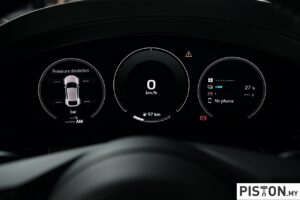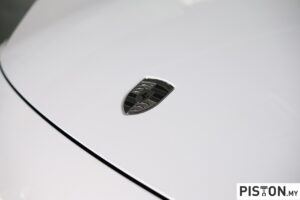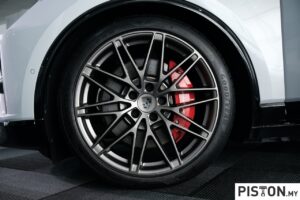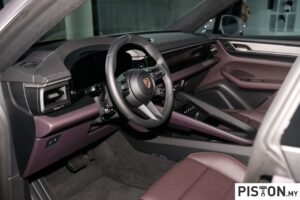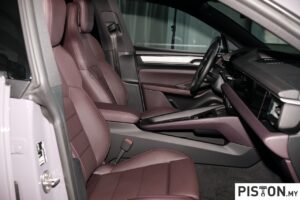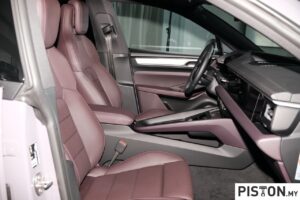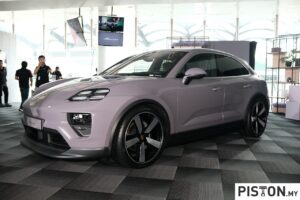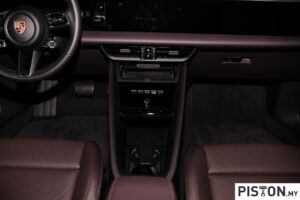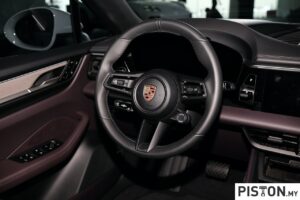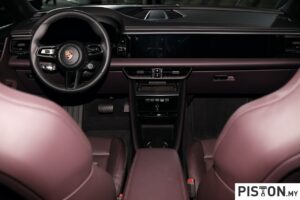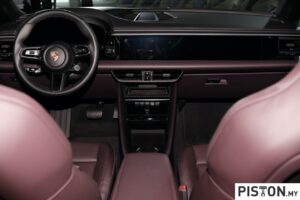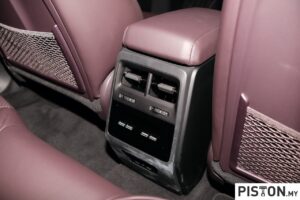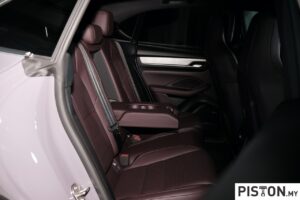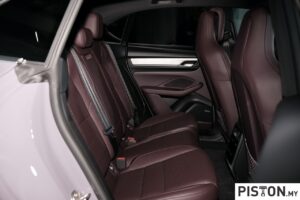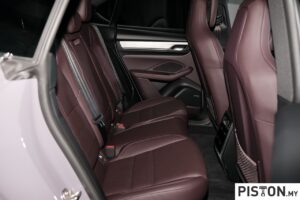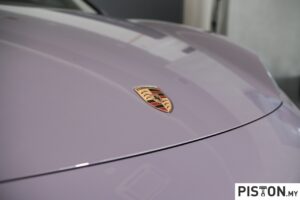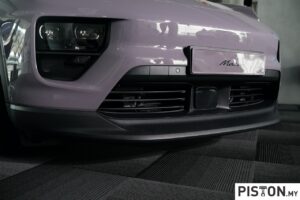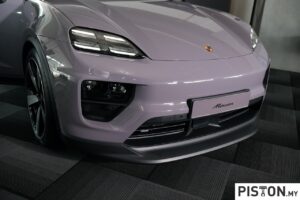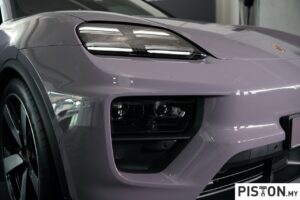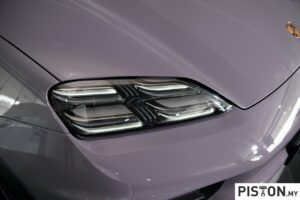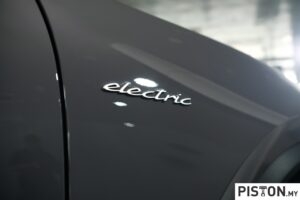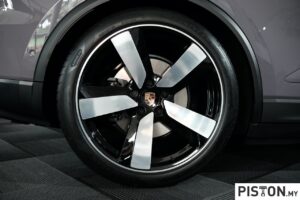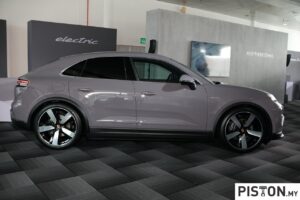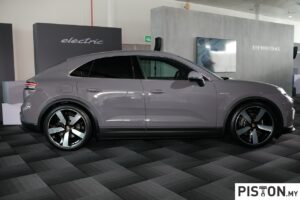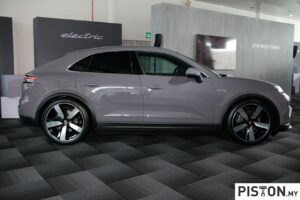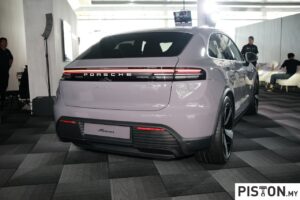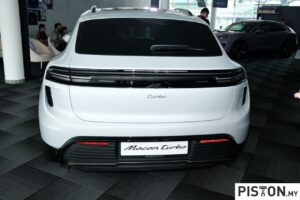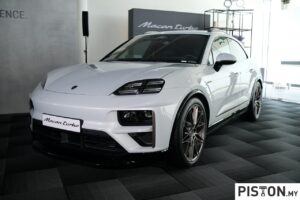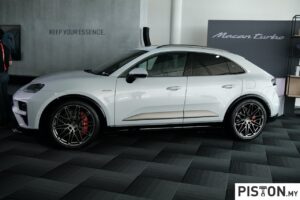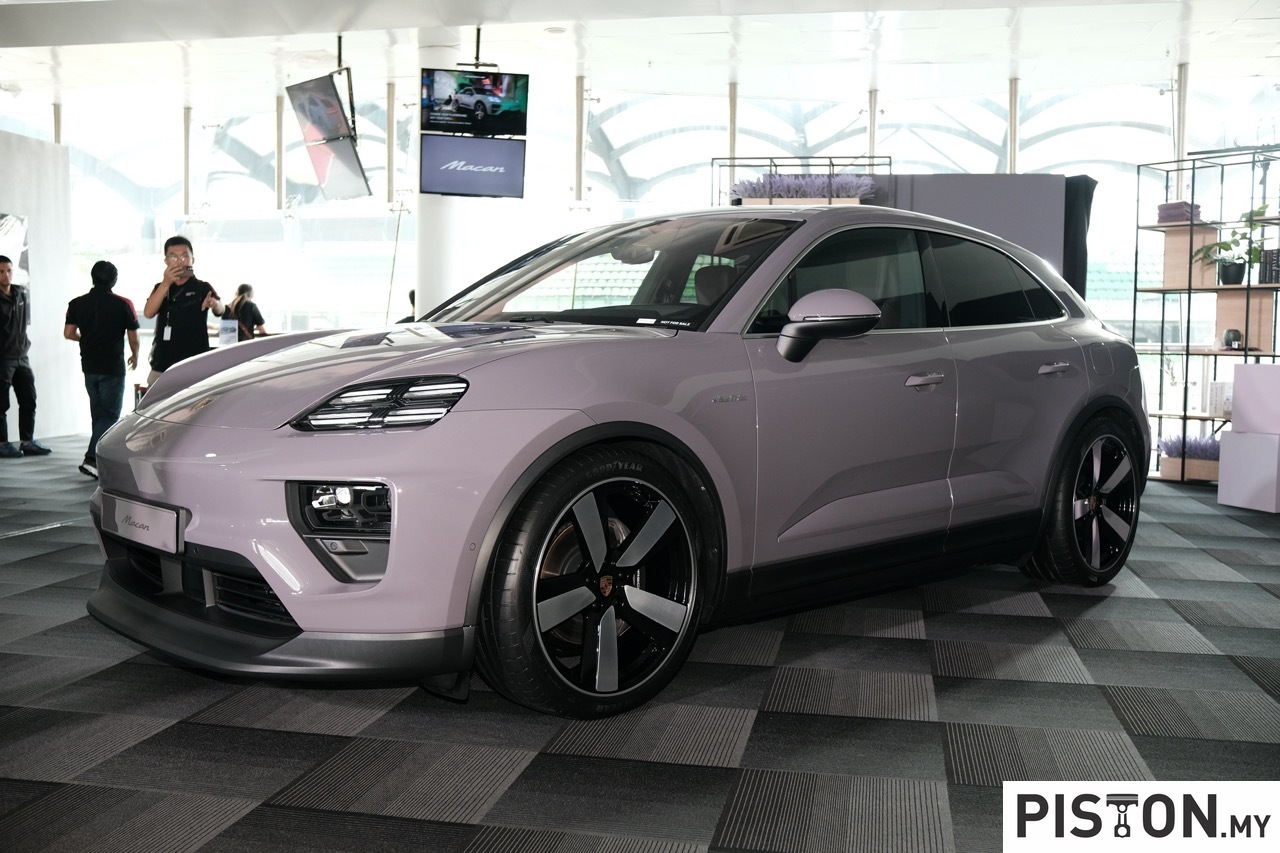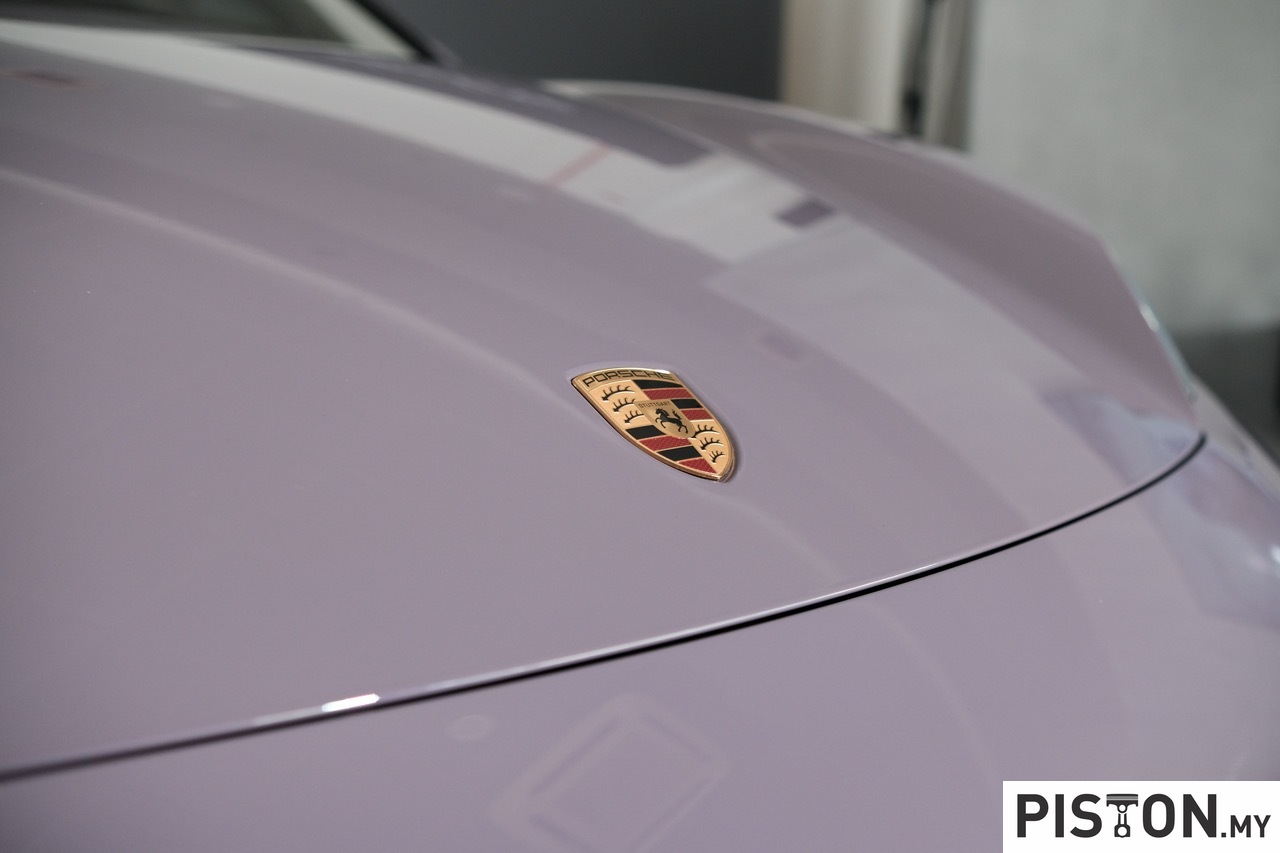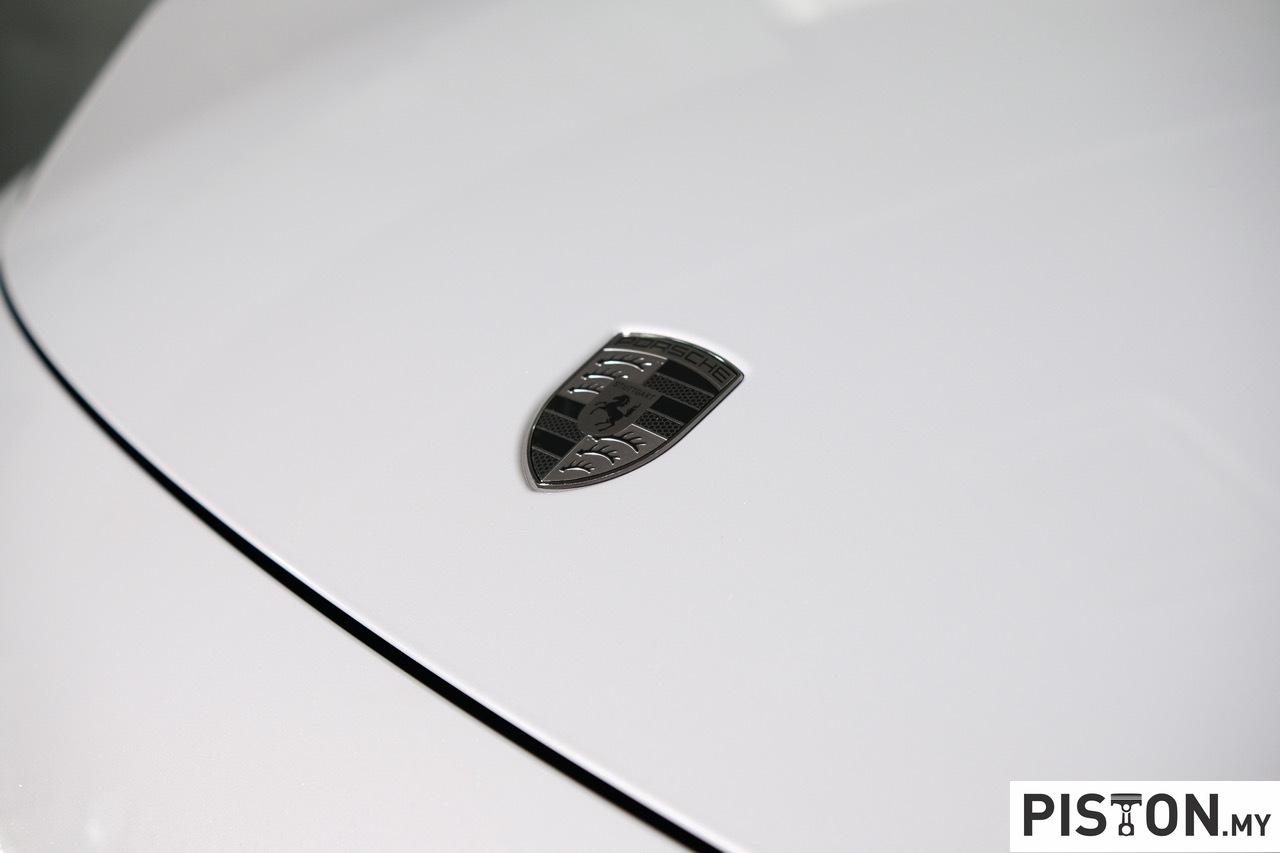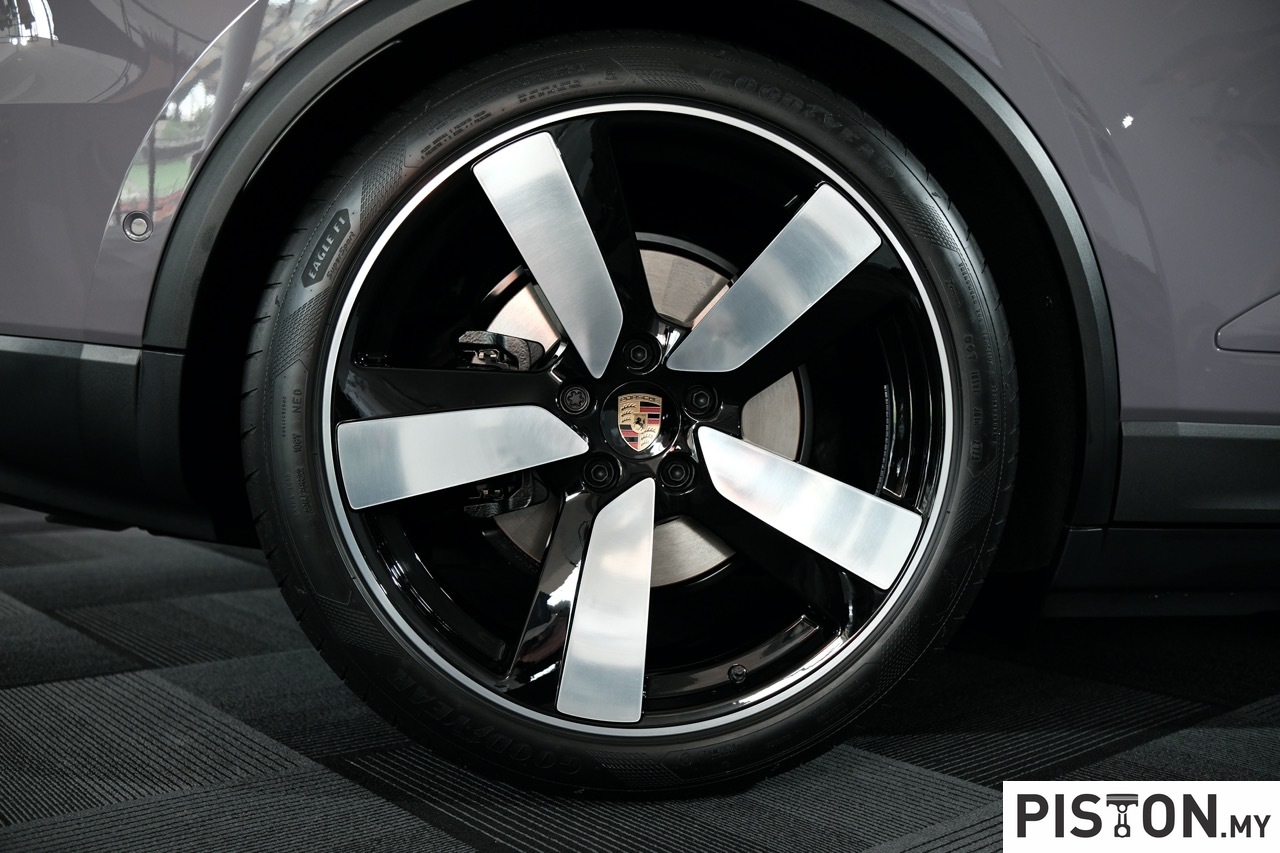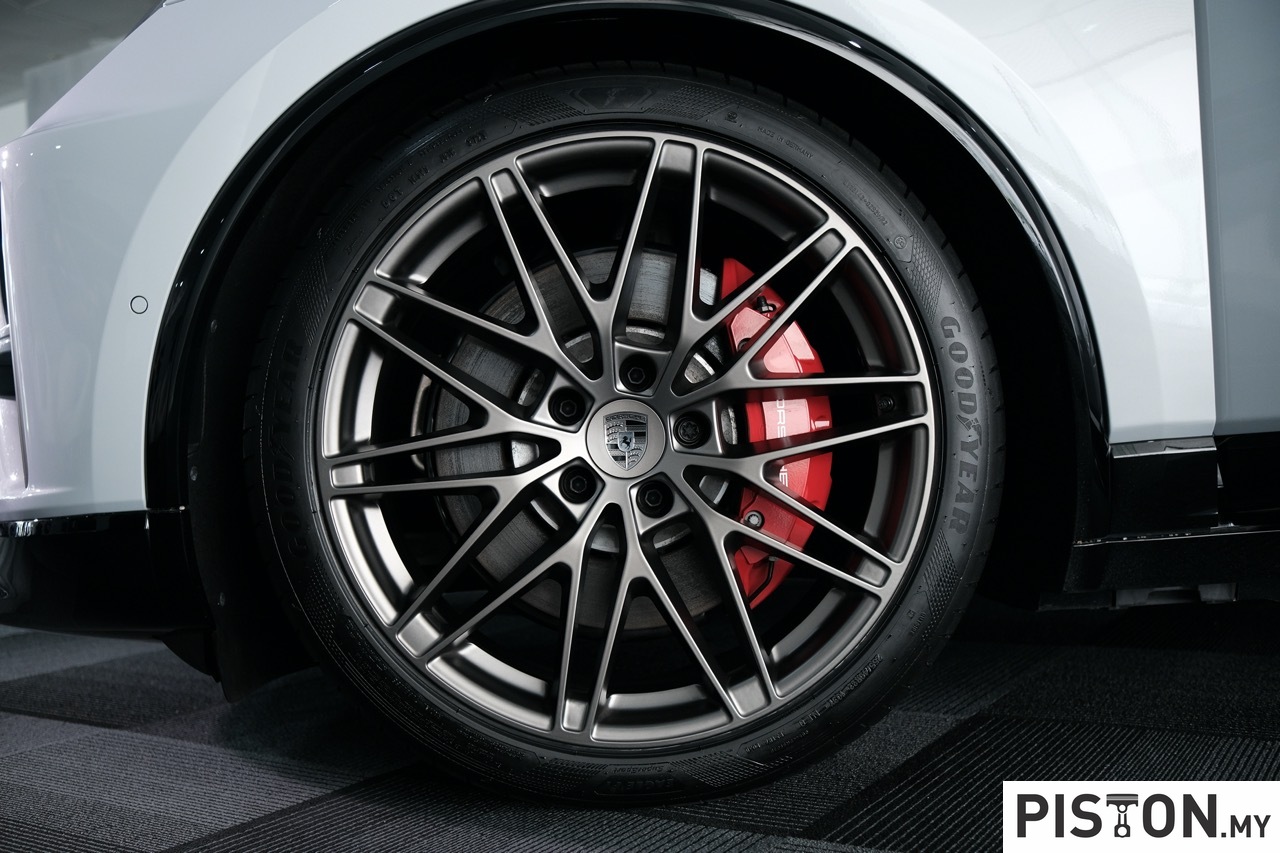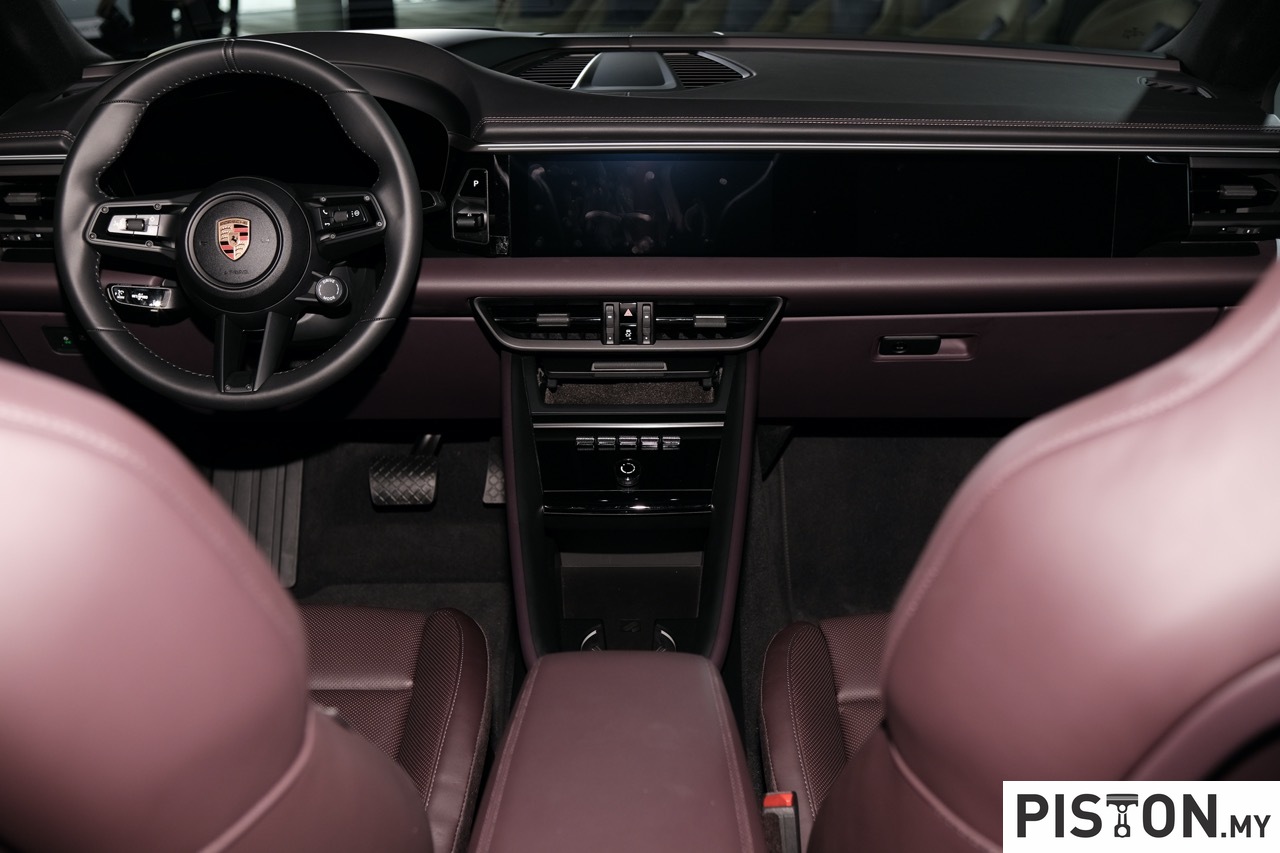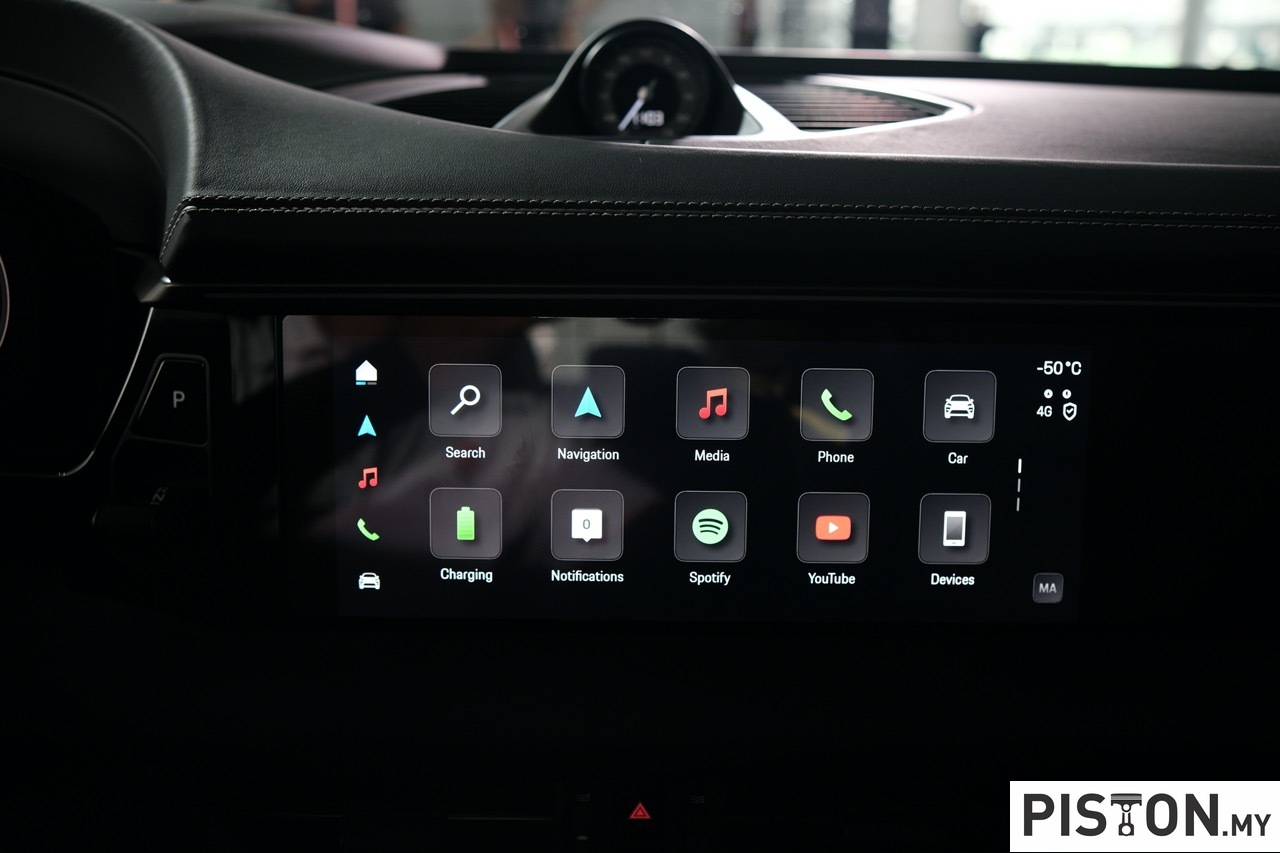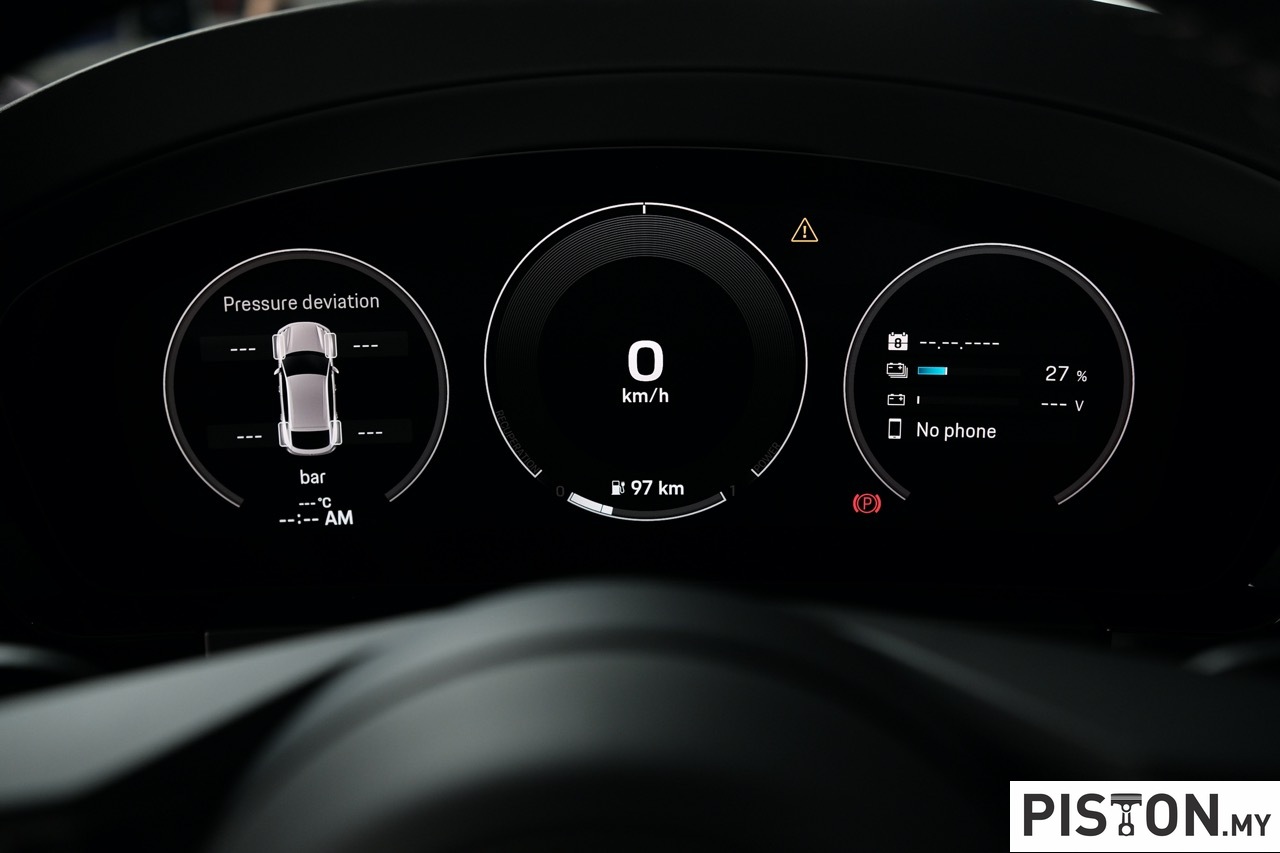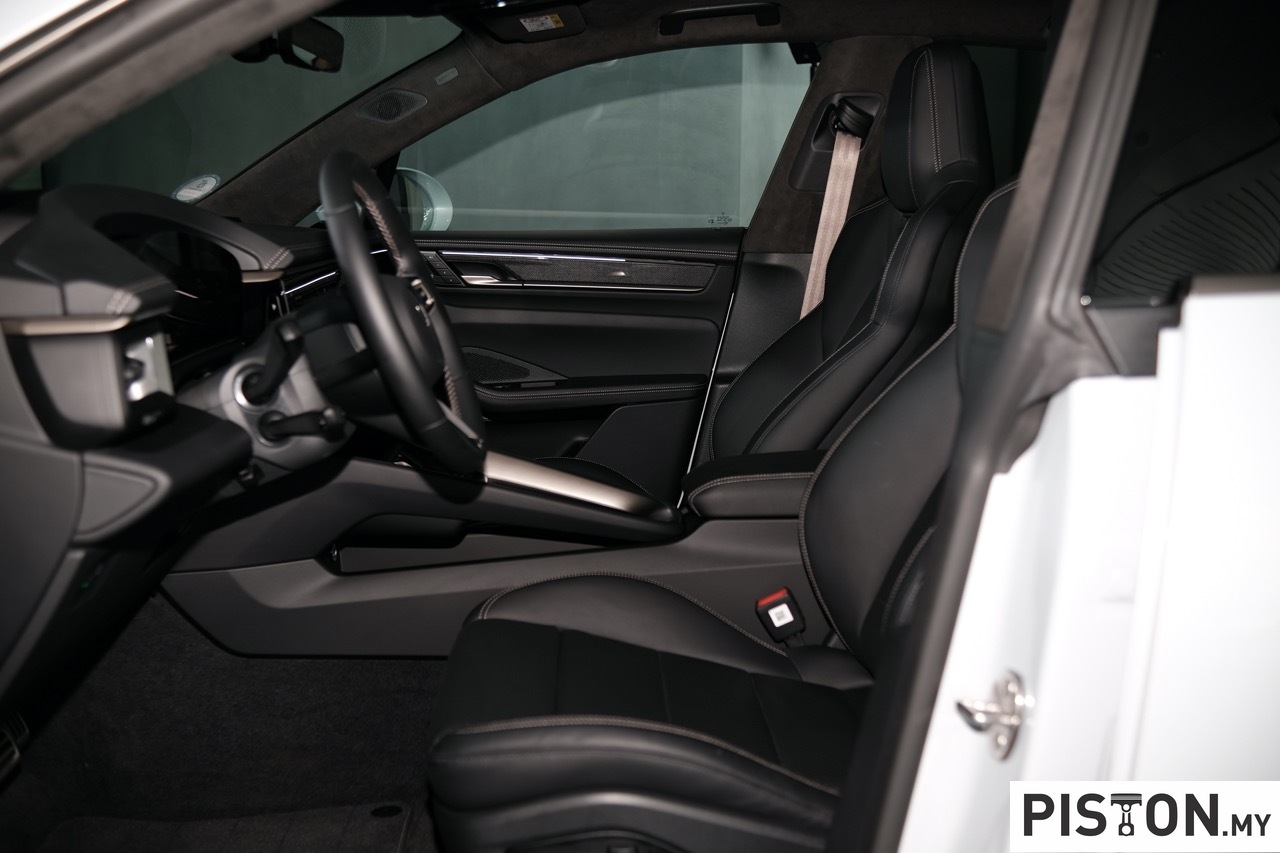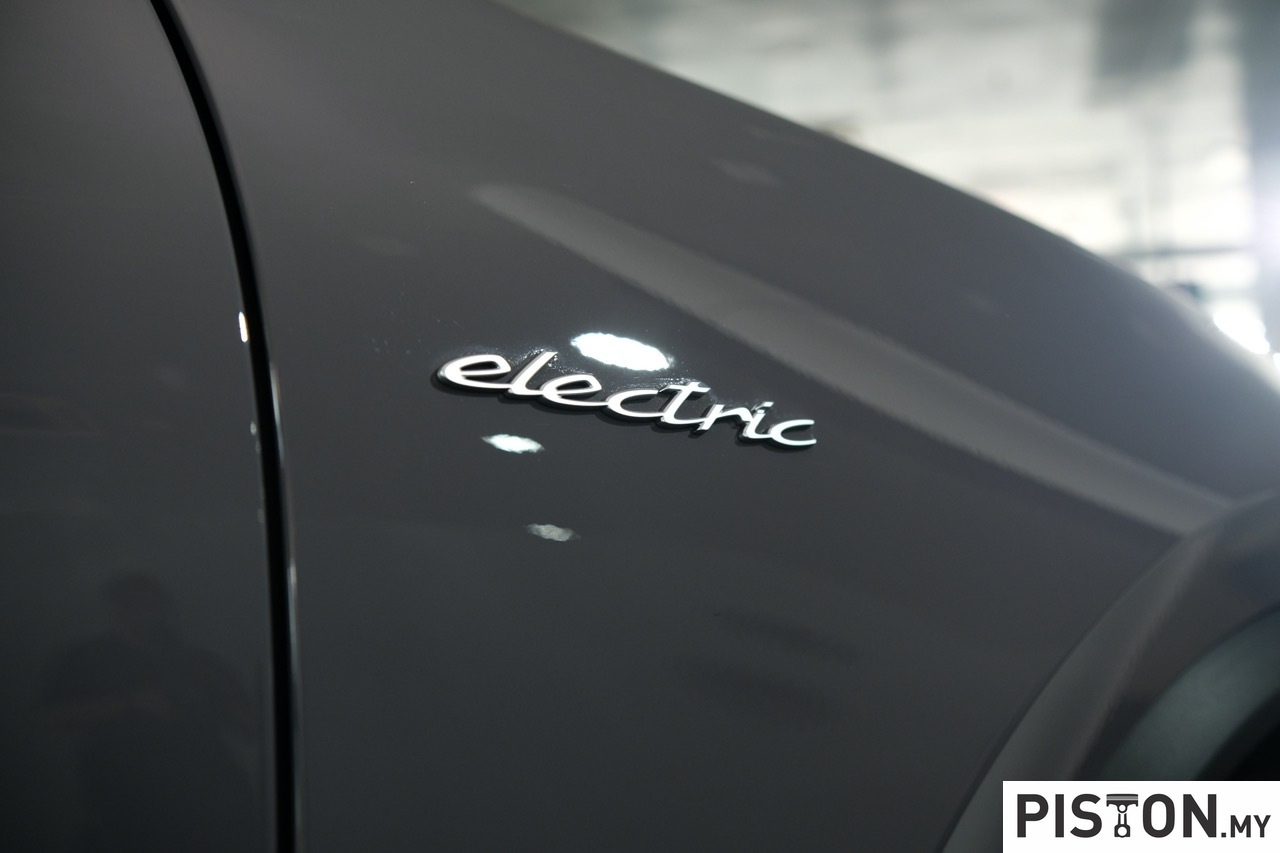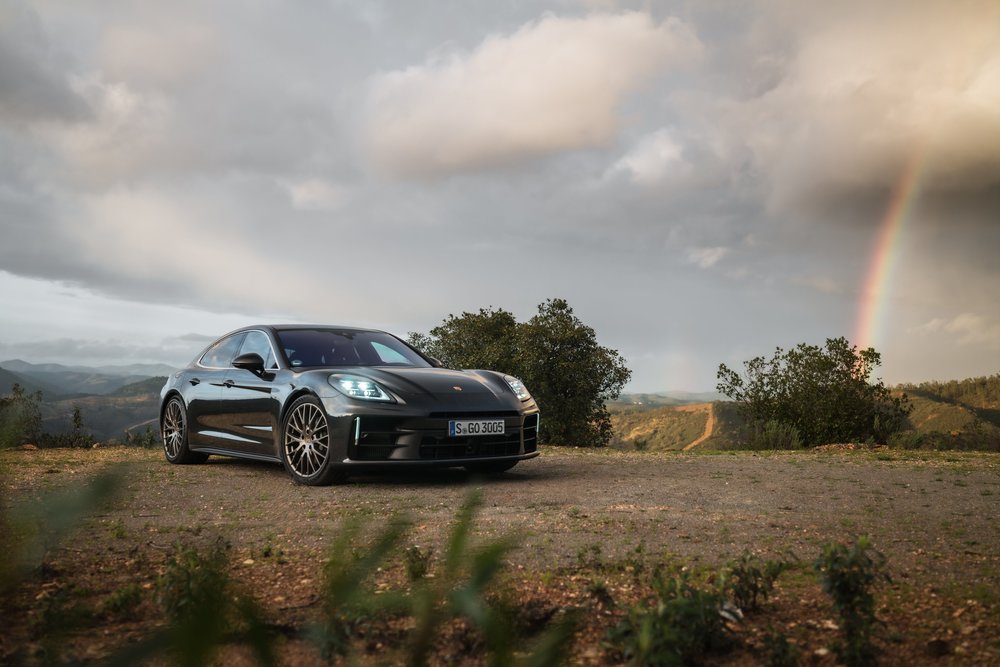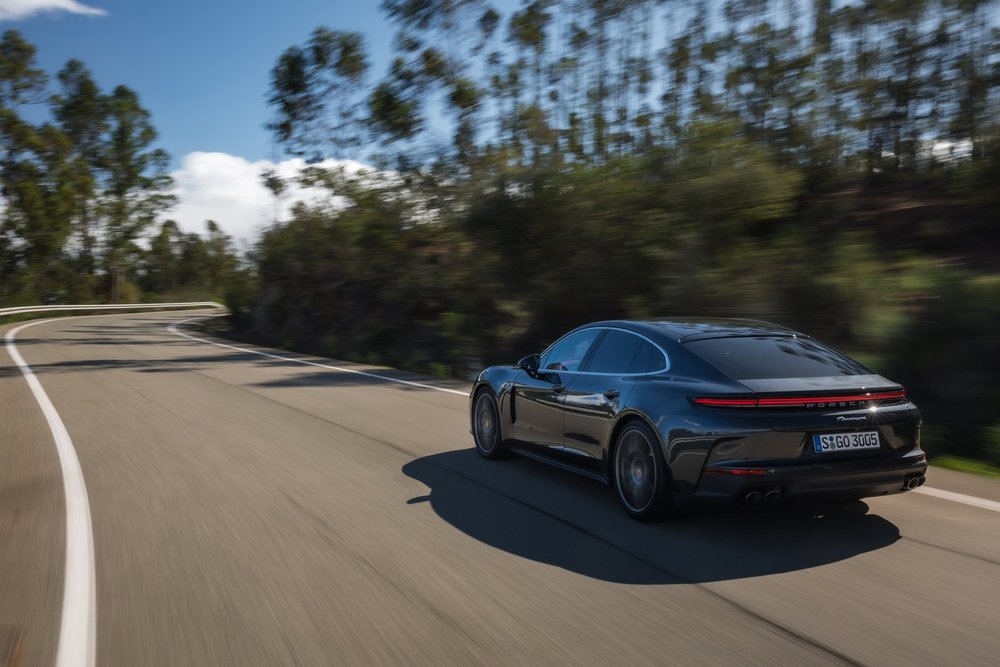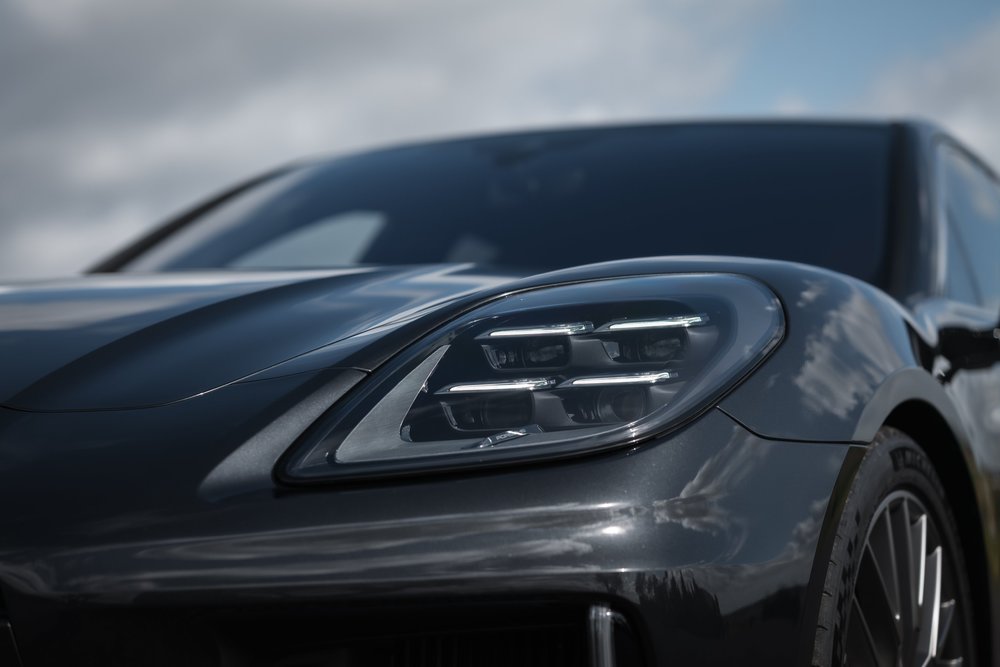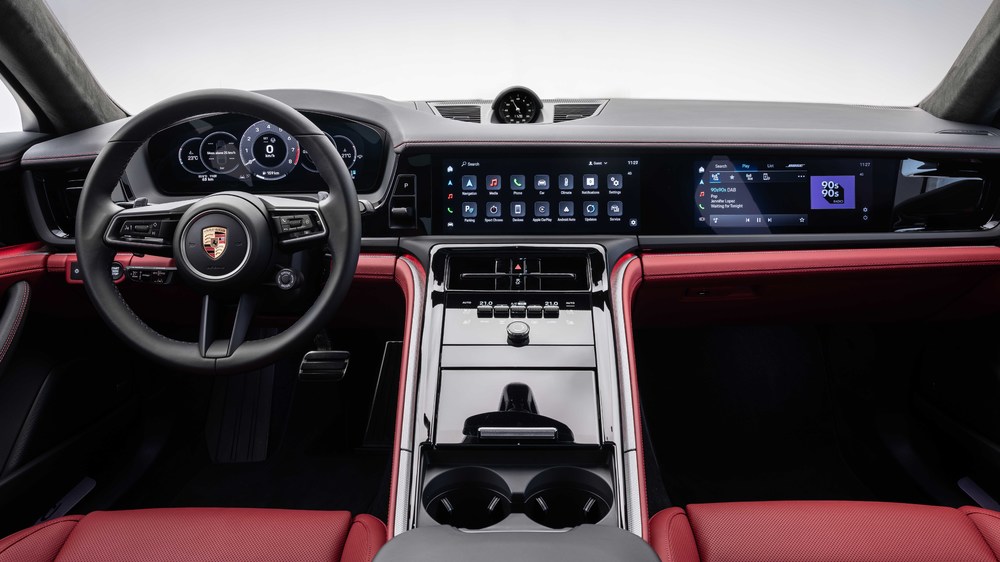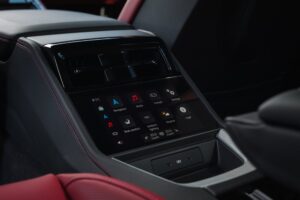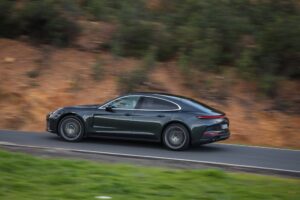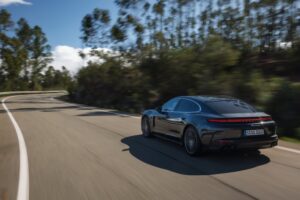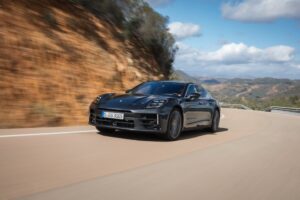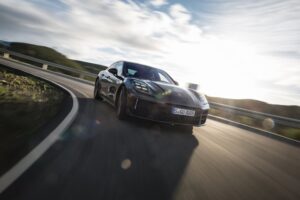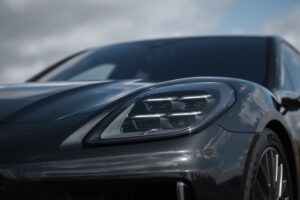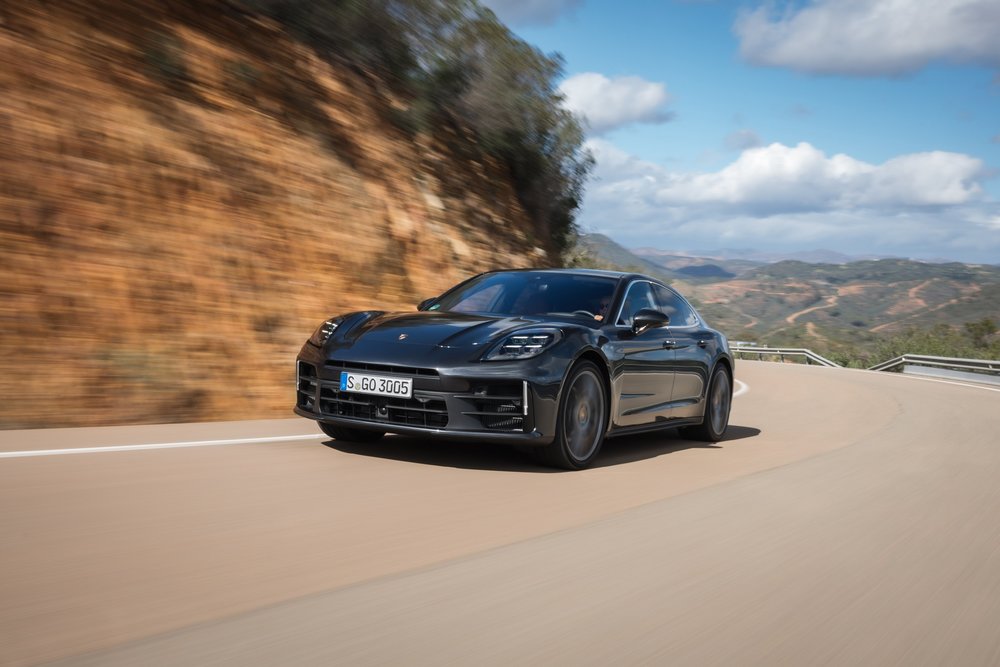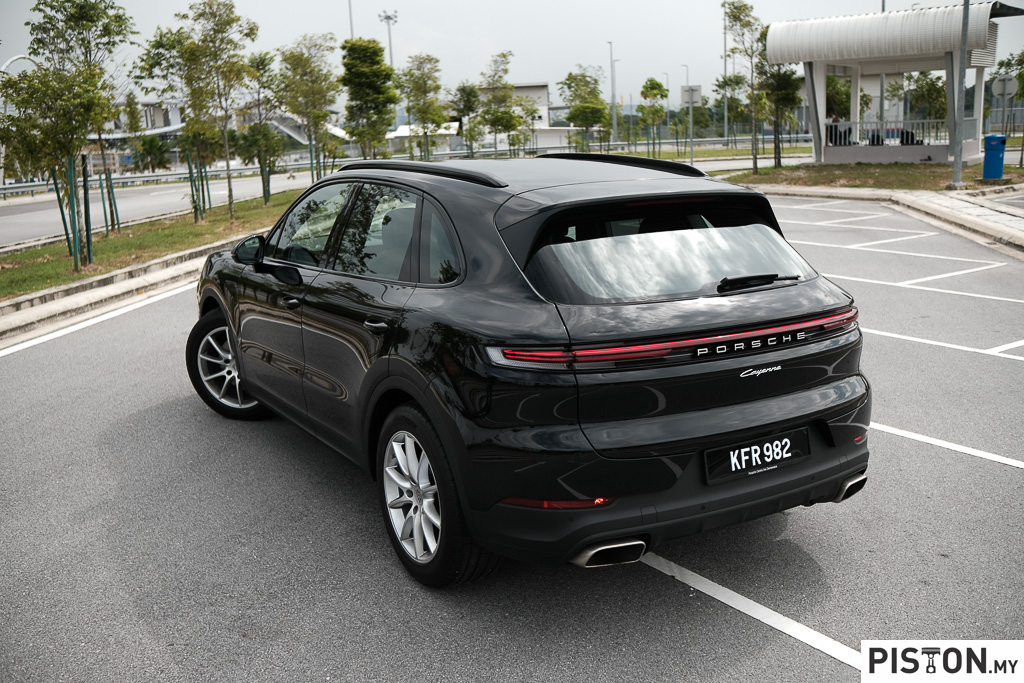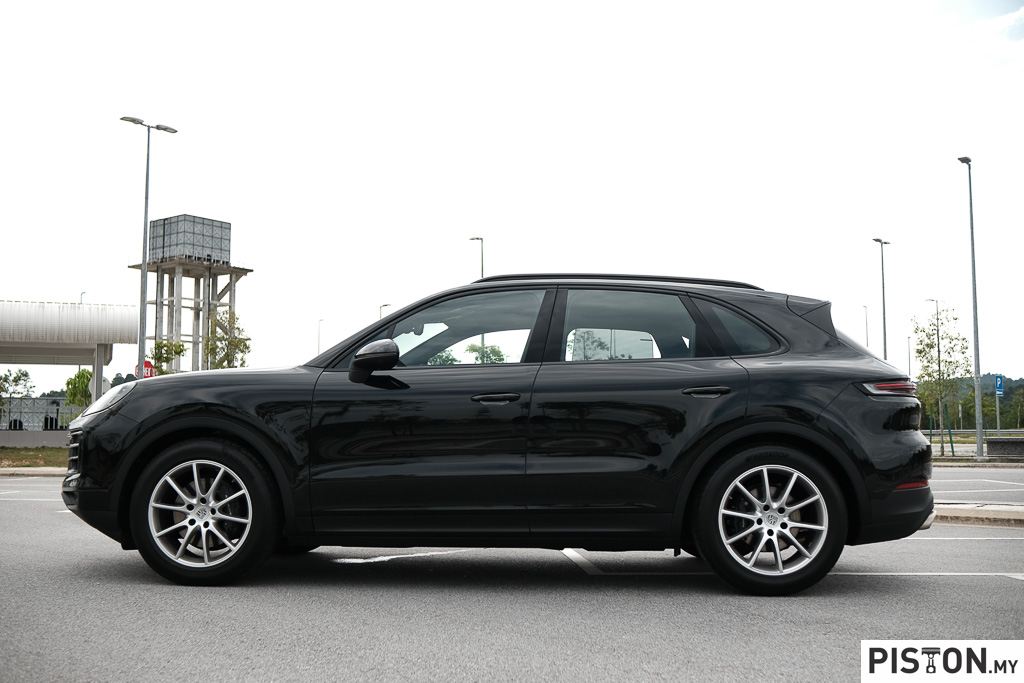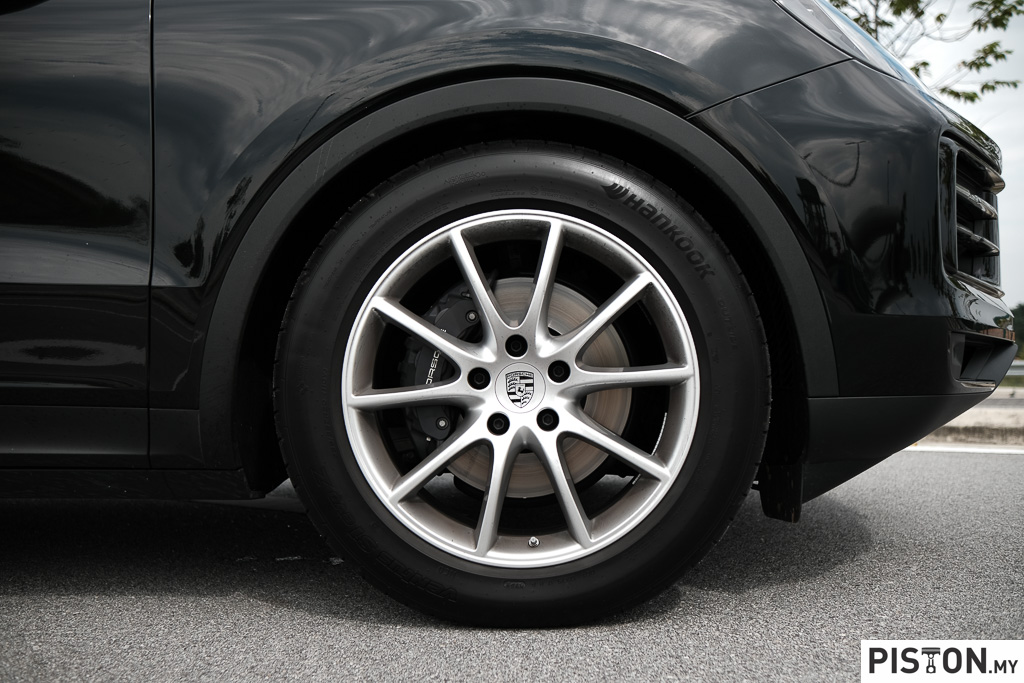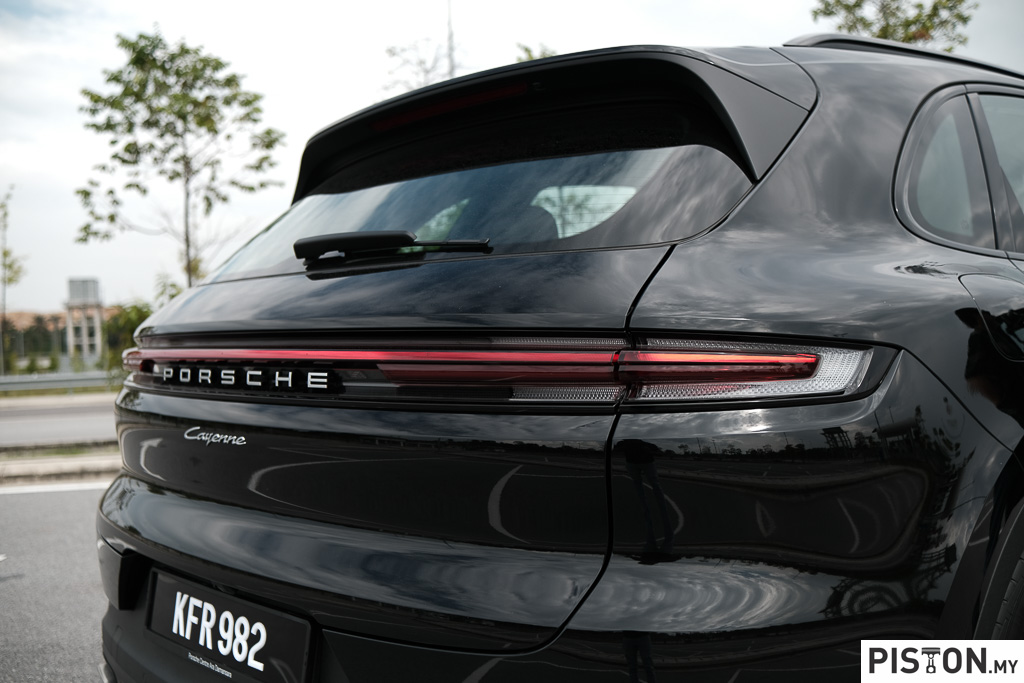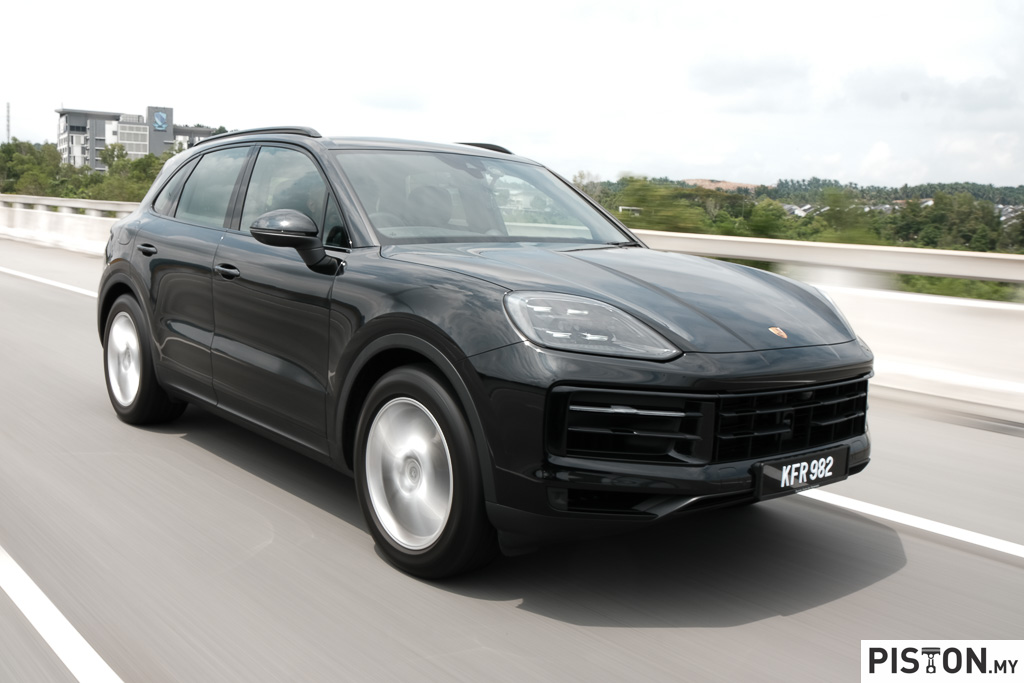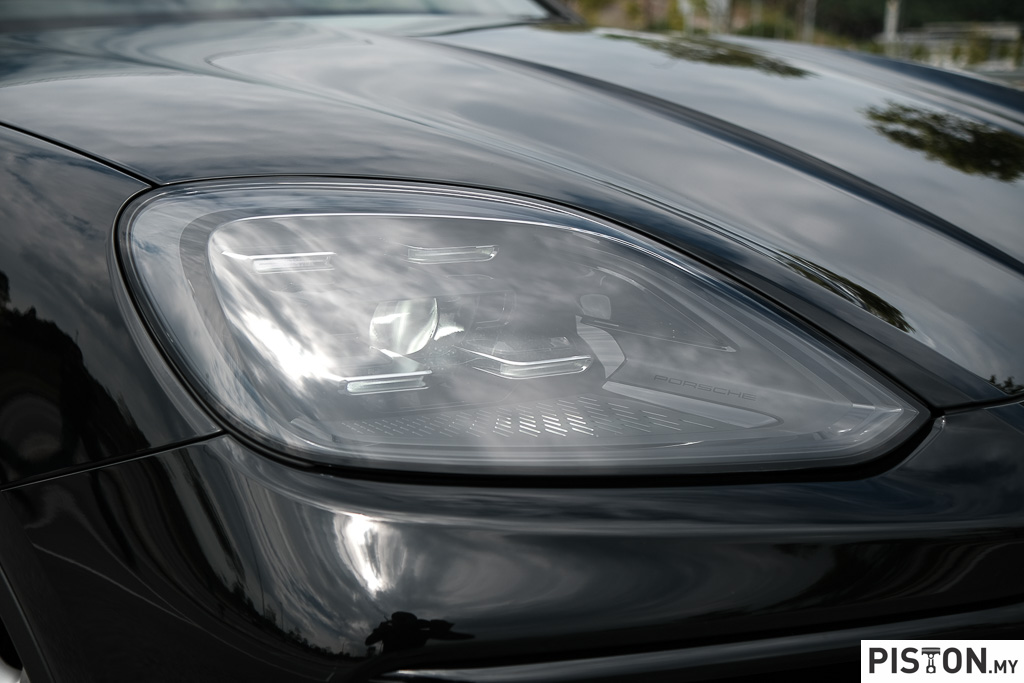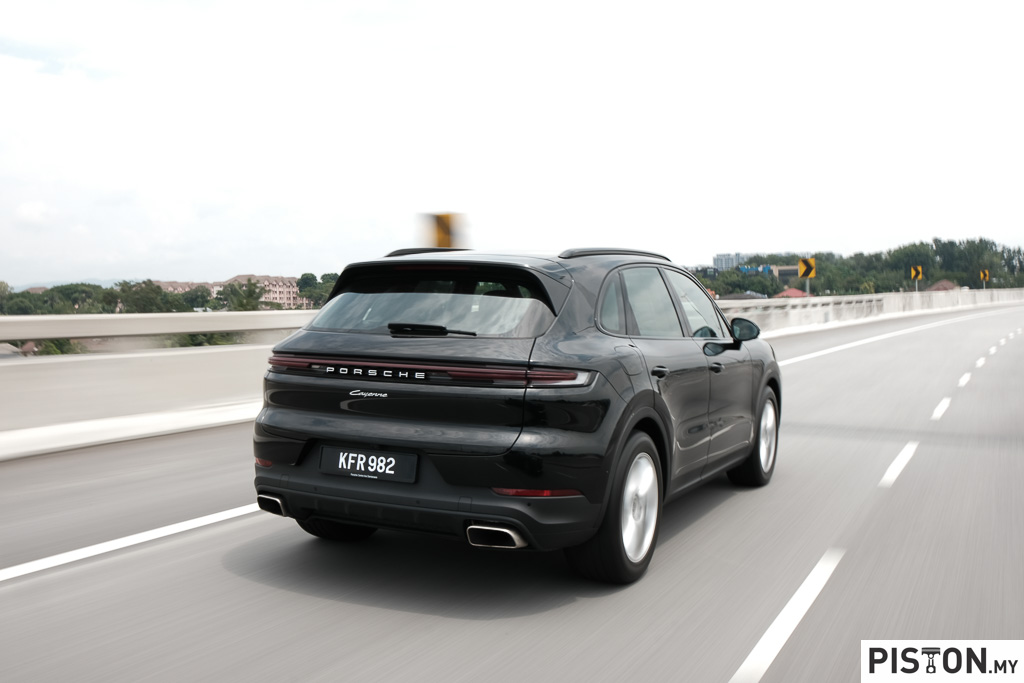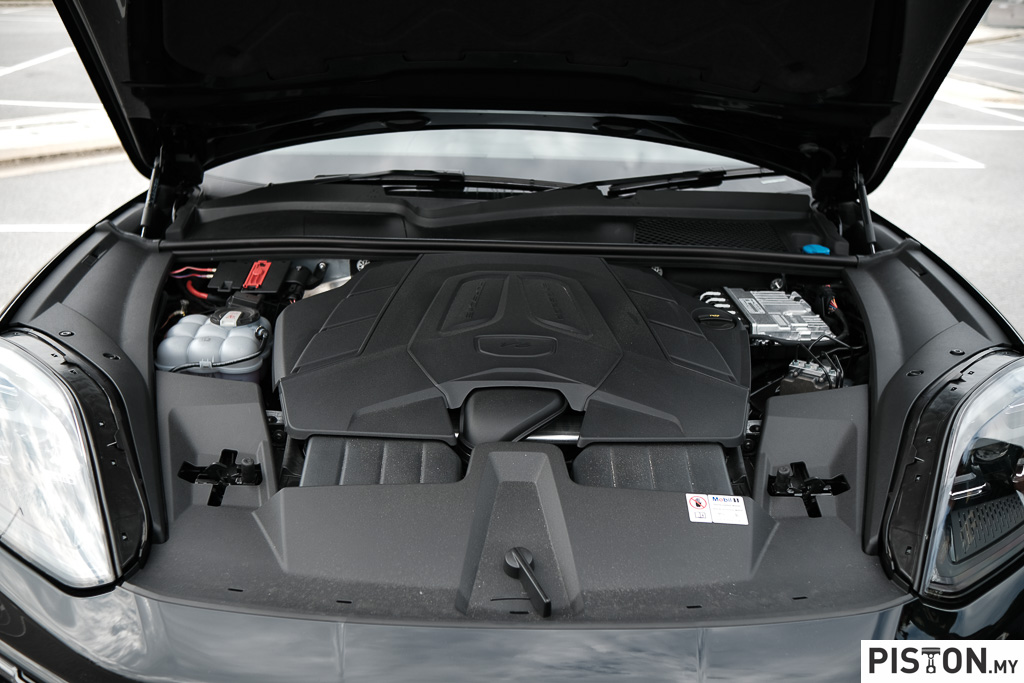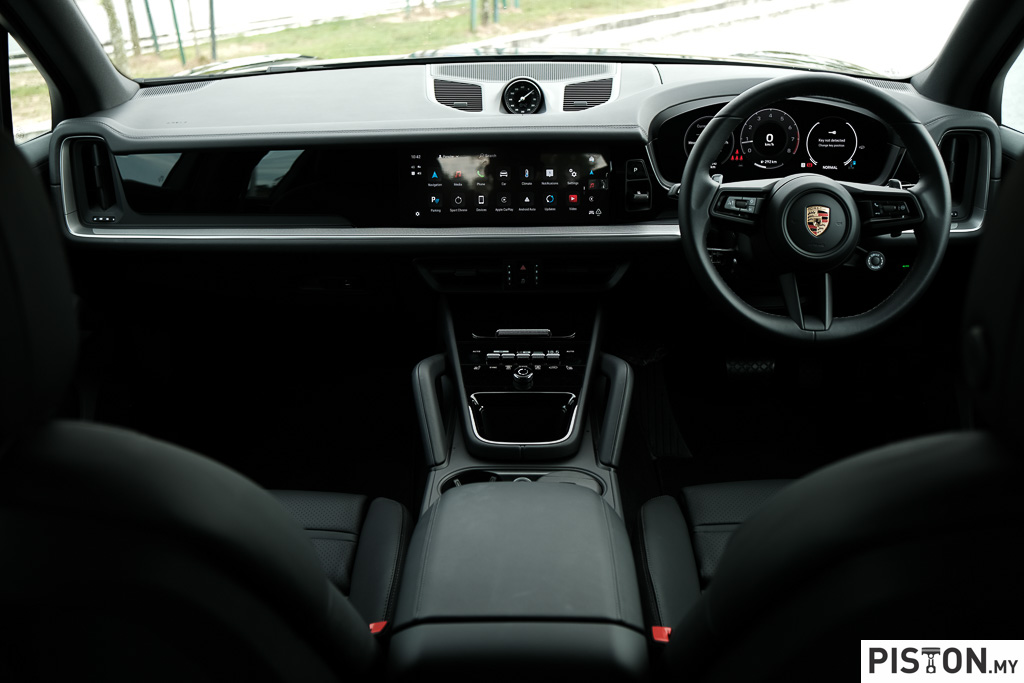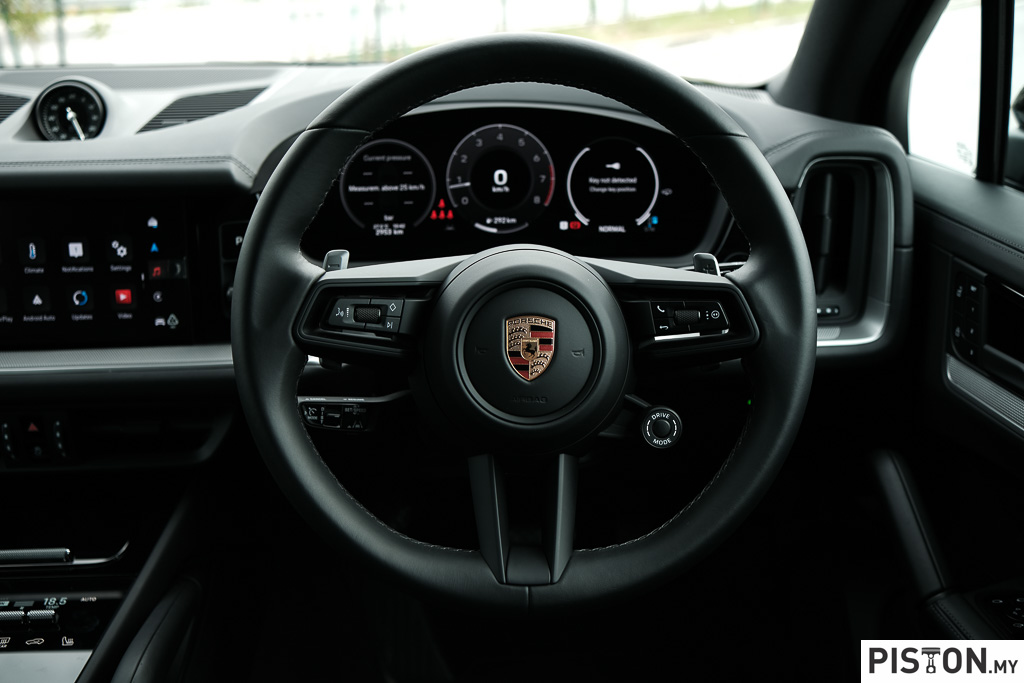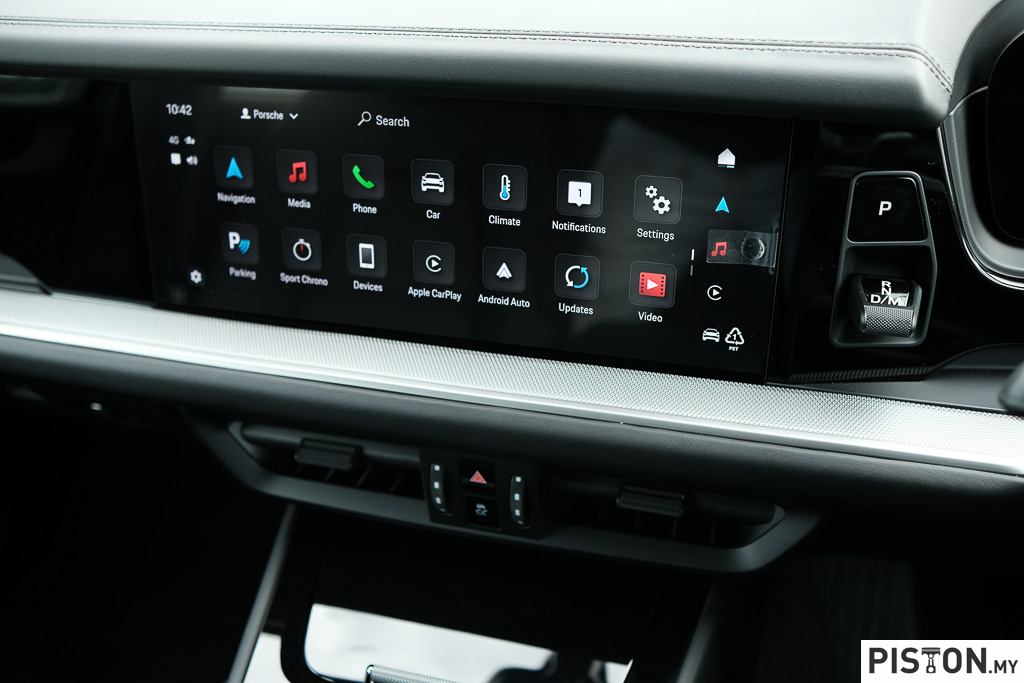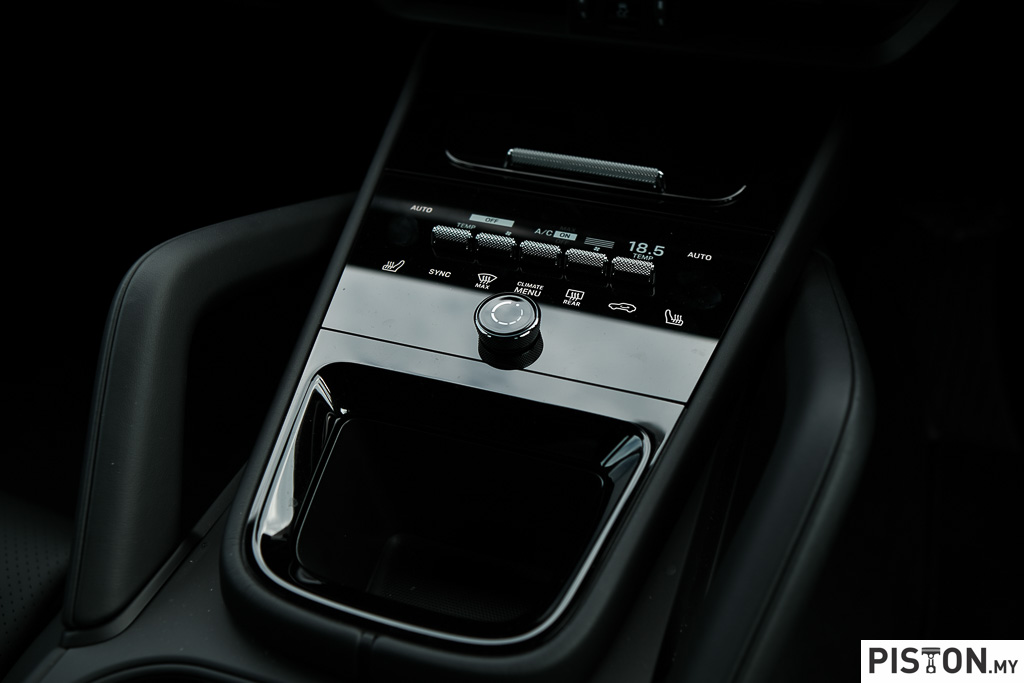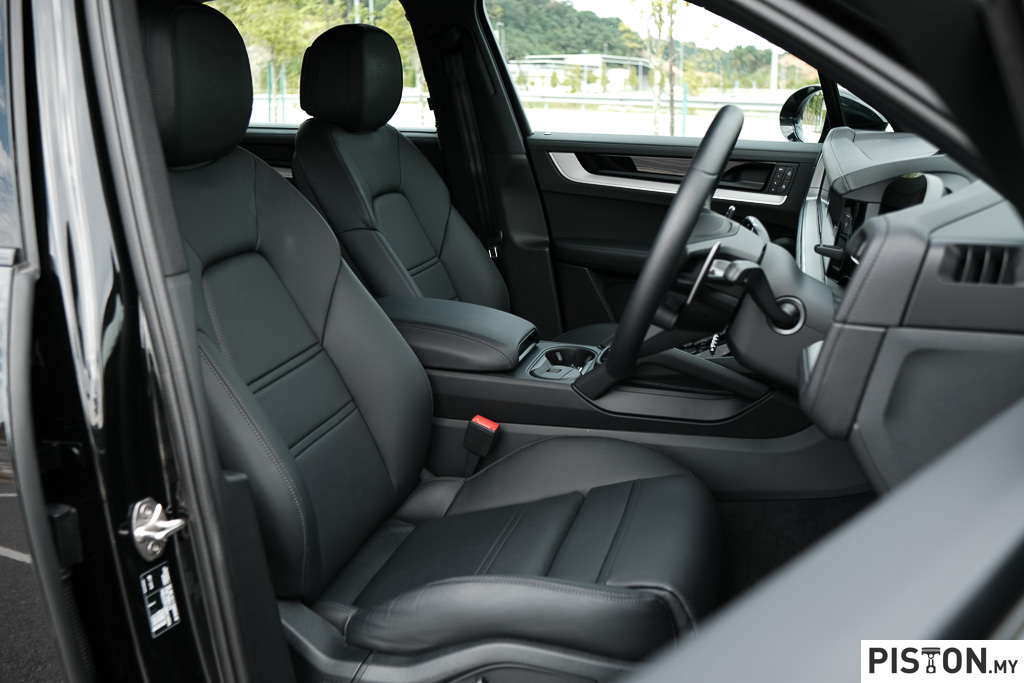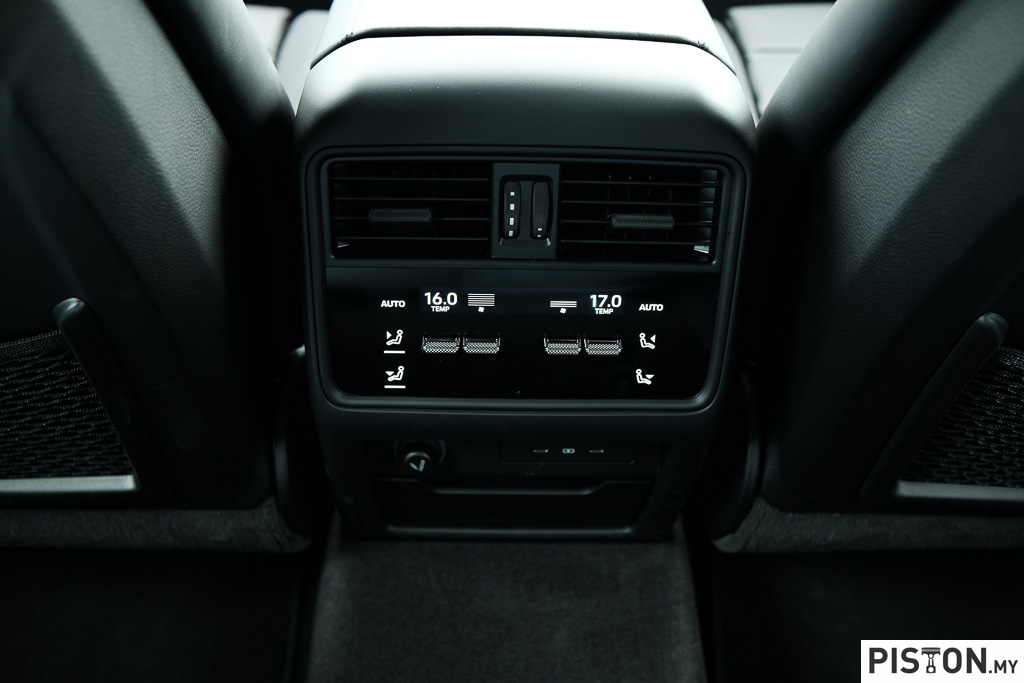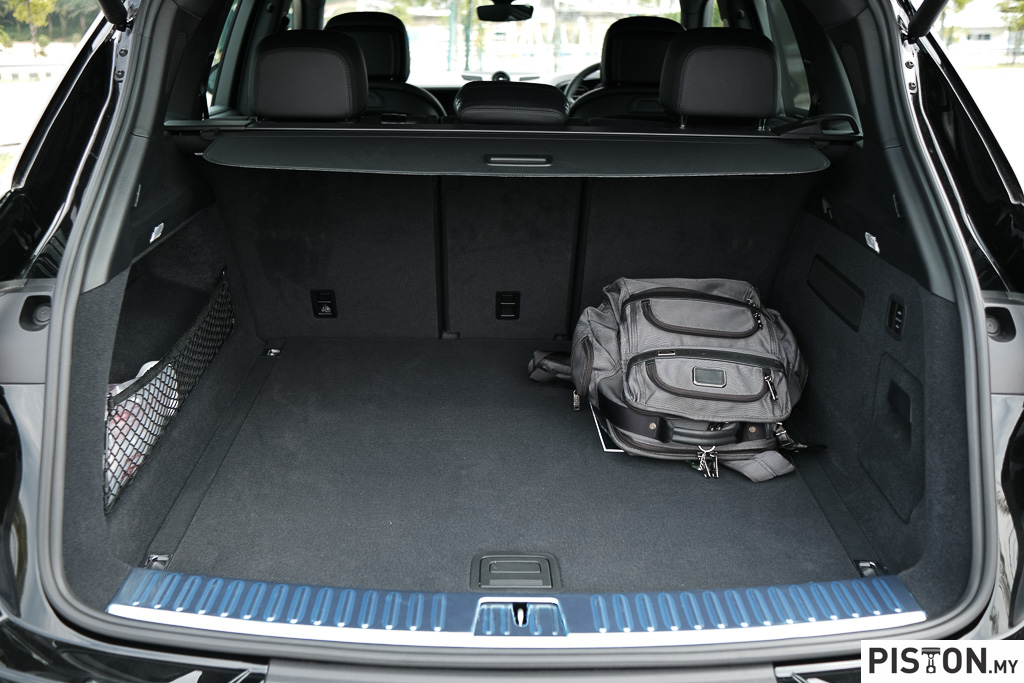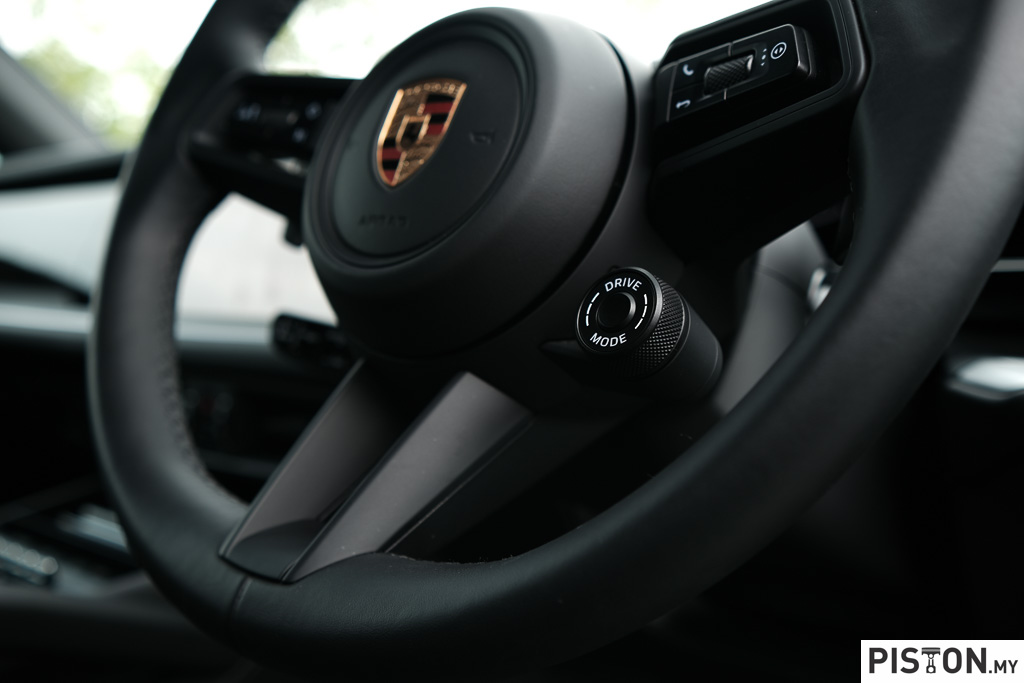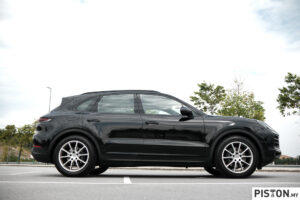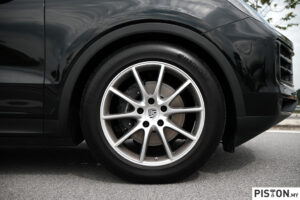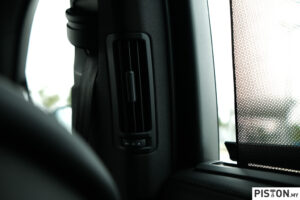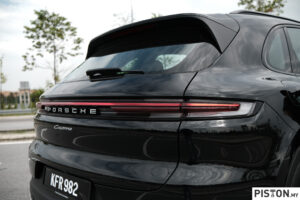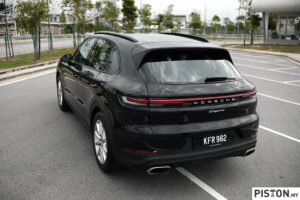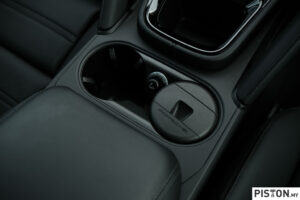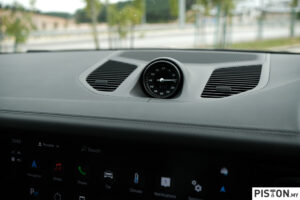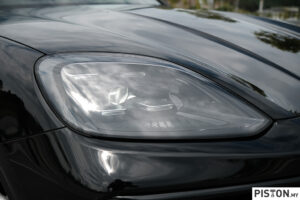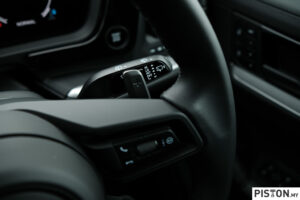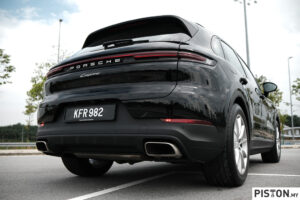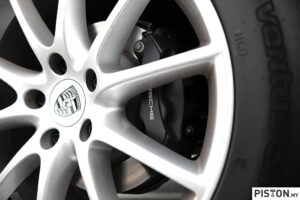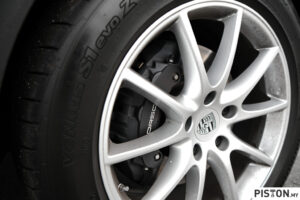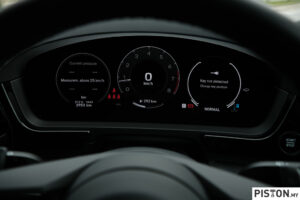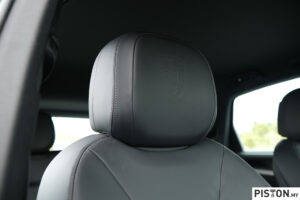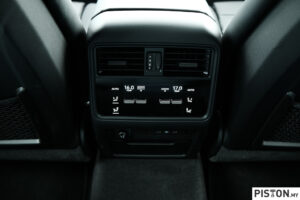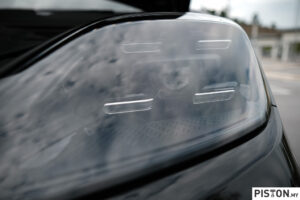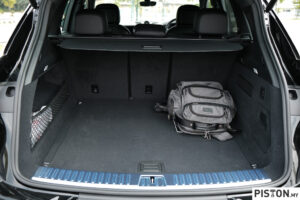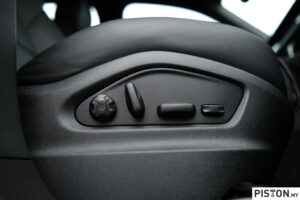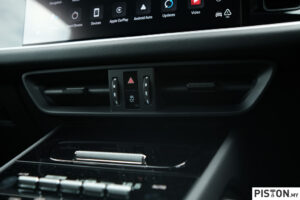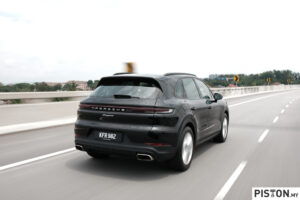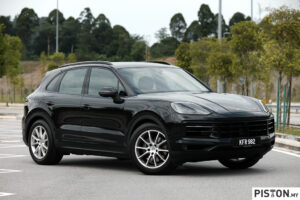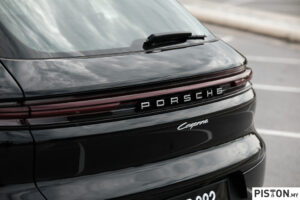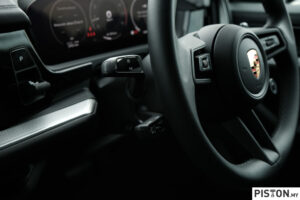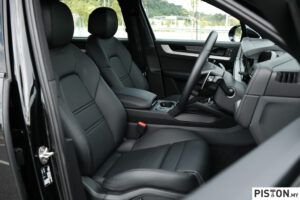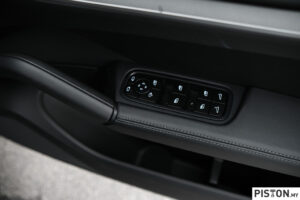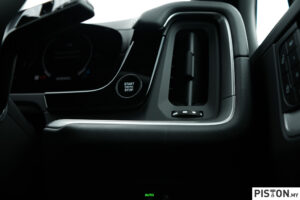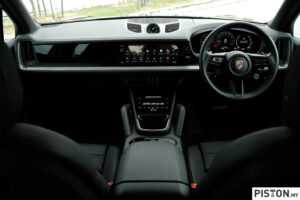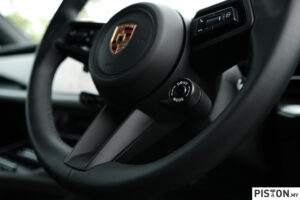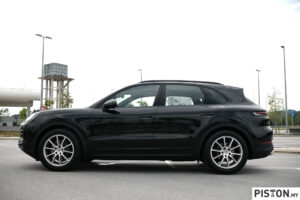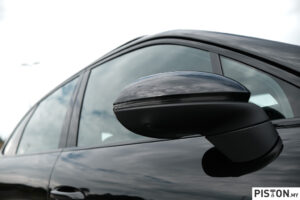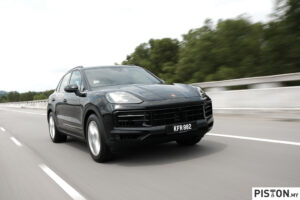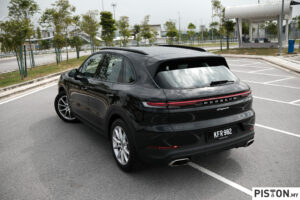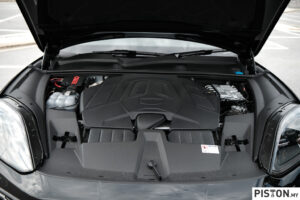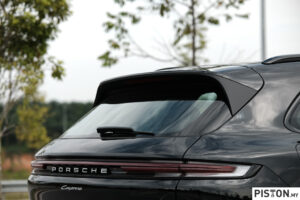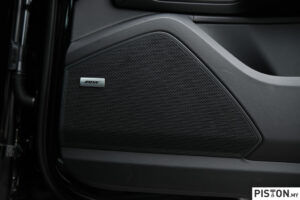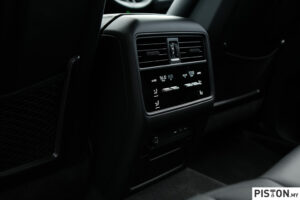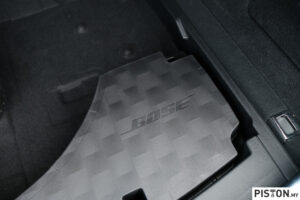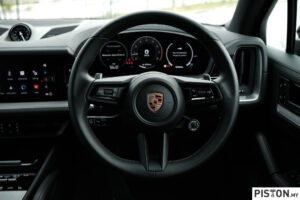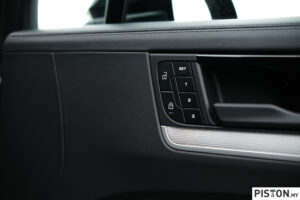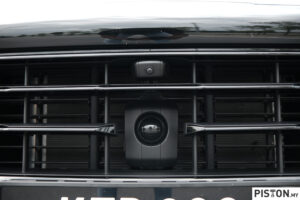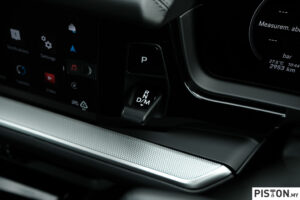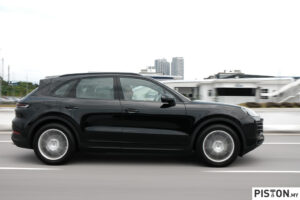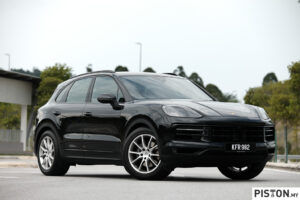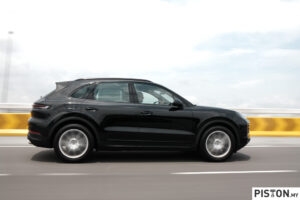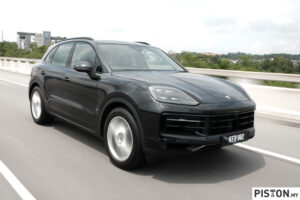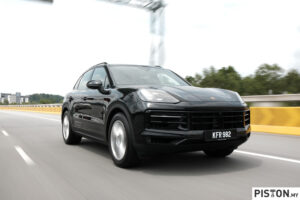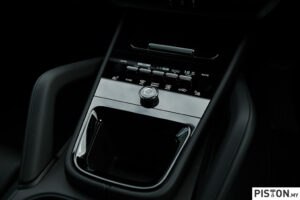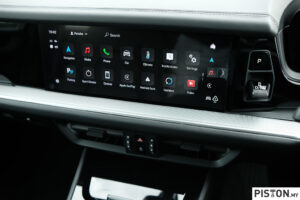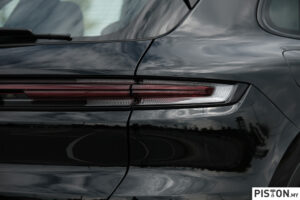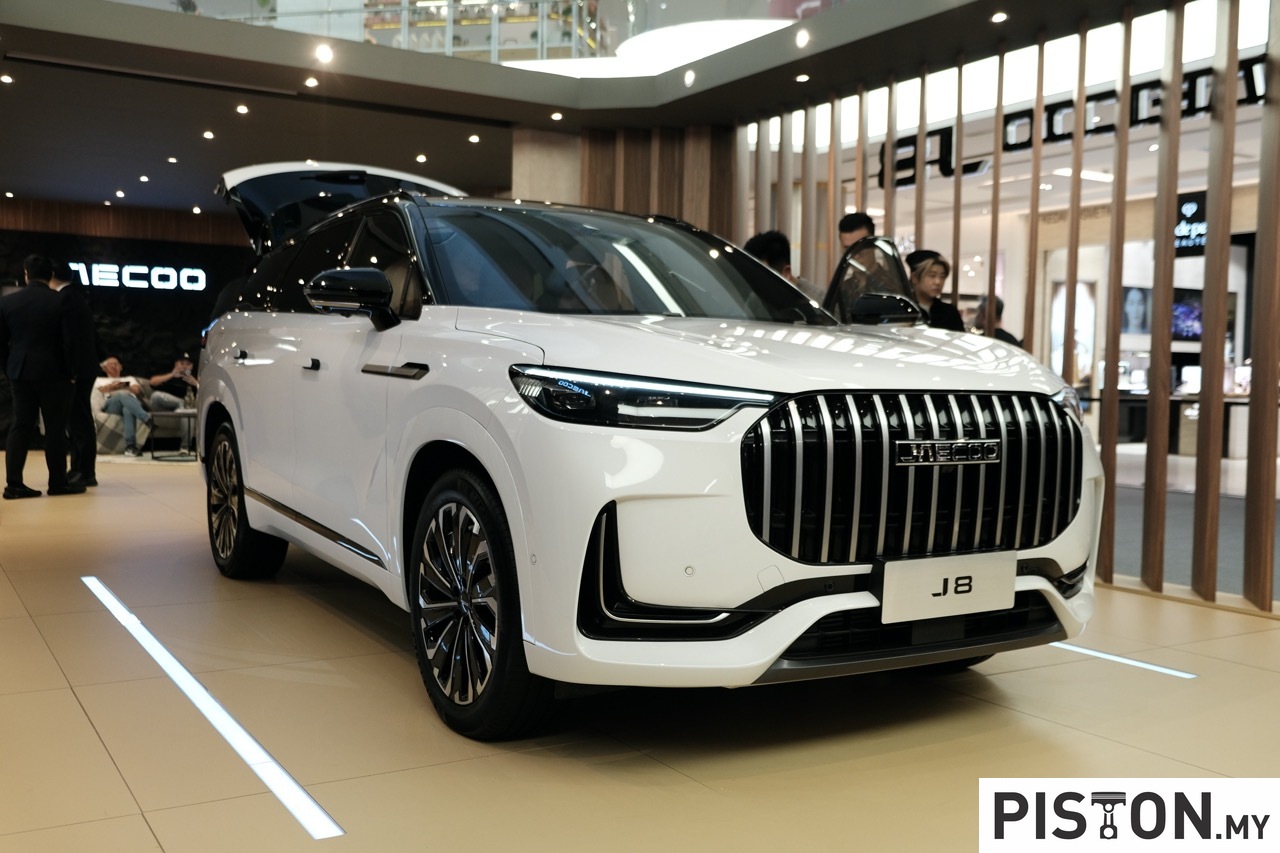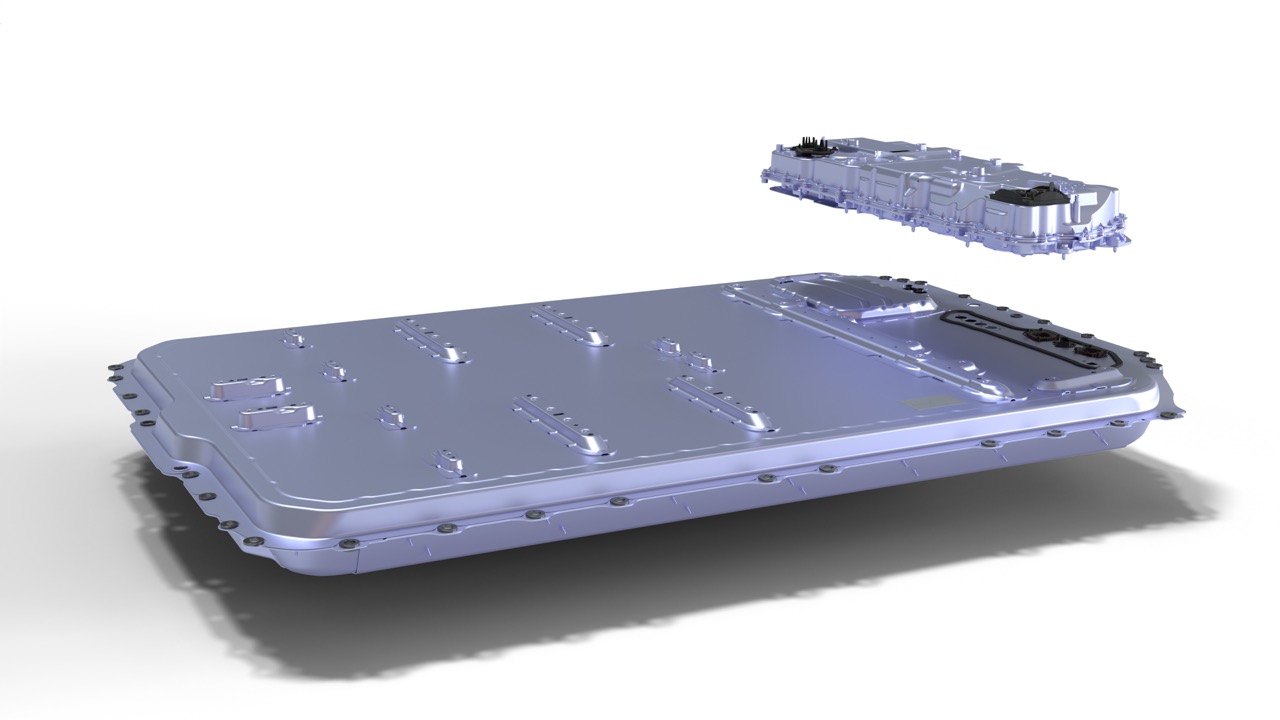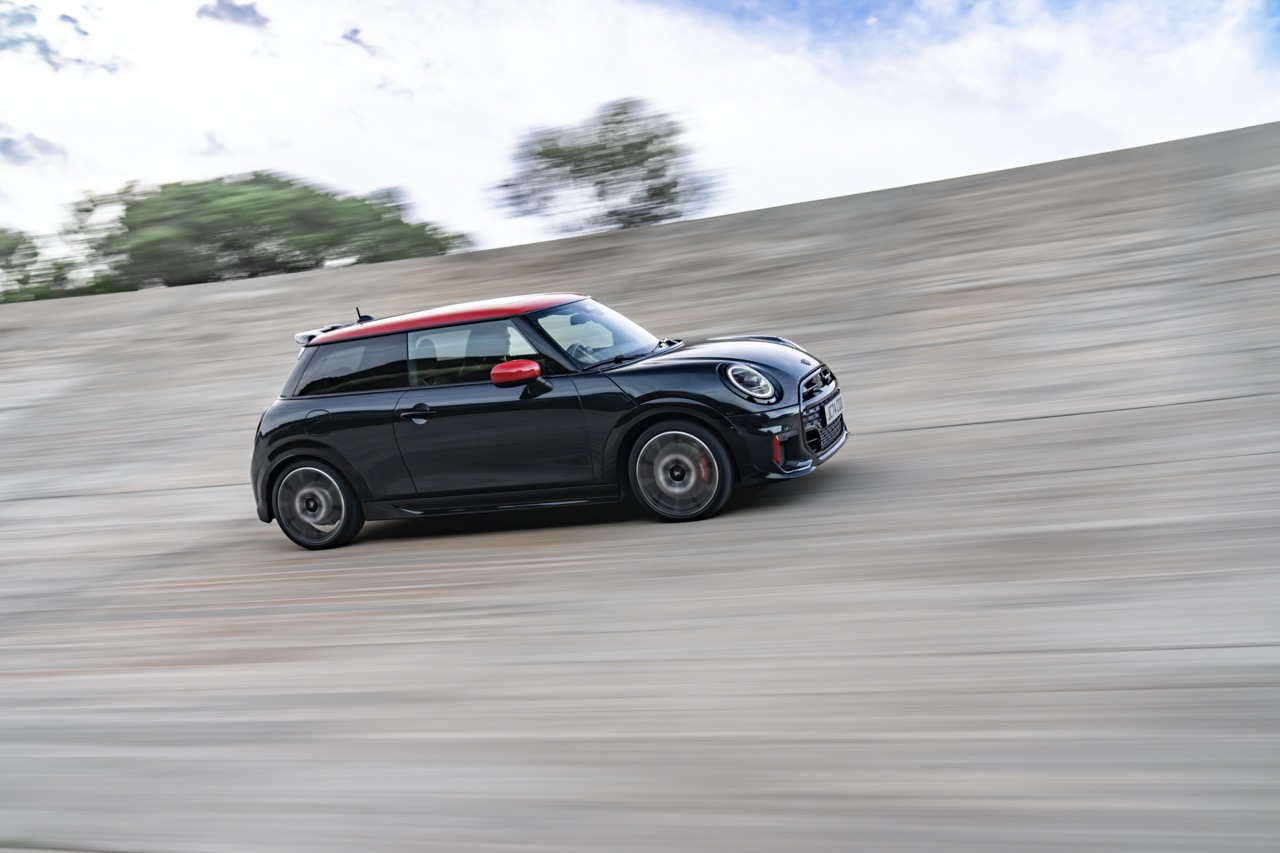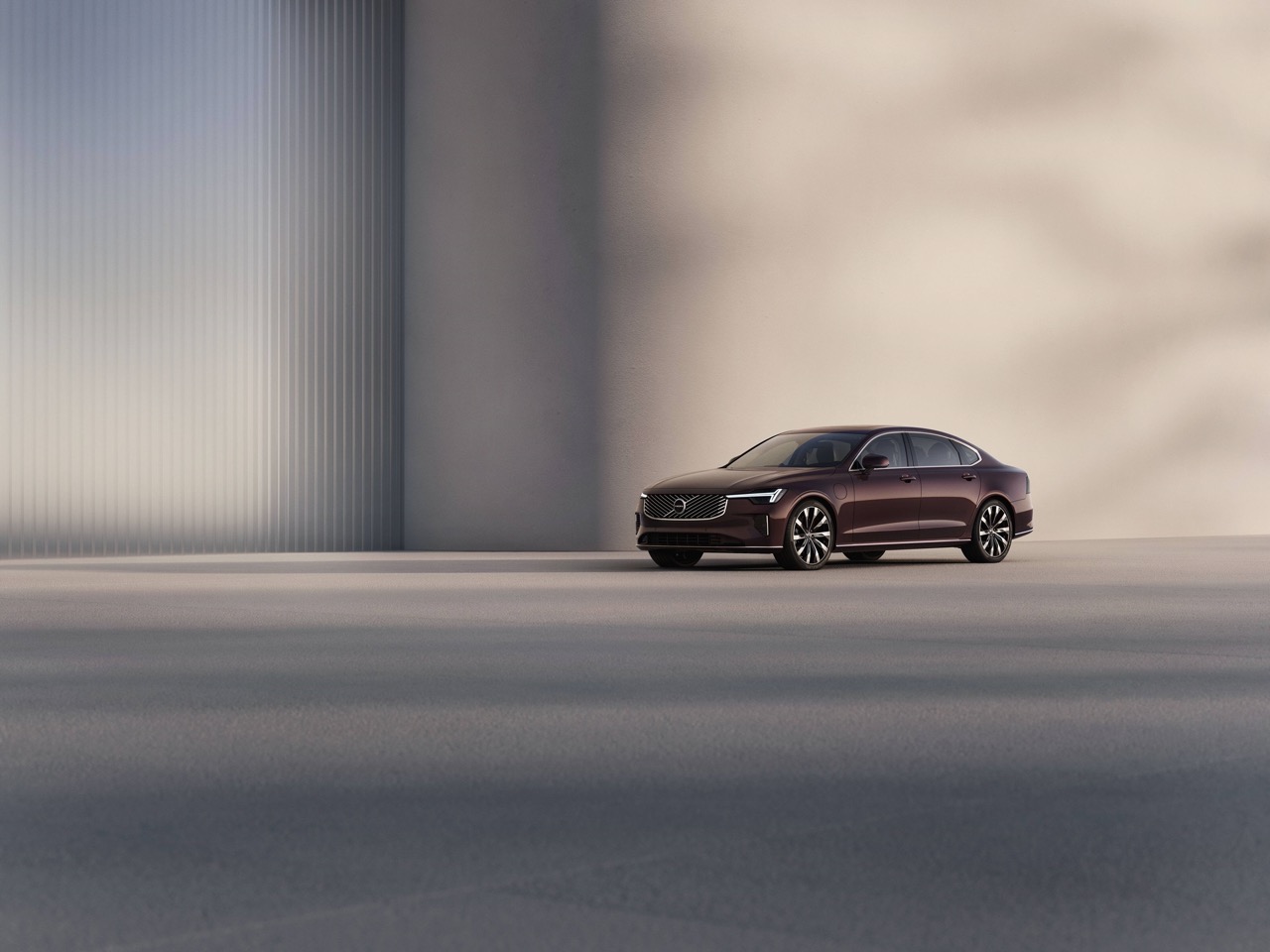When Porsche first introduced its first all-electric model, the Taycan, it was met with mixed reactions. For some, it was a step into the future for the legendary brand with technology derived from its motorsport exploits, particularly the 24 hours of Le Mans. Afterall, Porsche has had tremendous success at the legendary endurance race for nearly a century.
For others, Porsche had lost the plot with the Taycan.
For some fans, the German sports car maker is known for its boxer engines, and also happens to build some of the best SUV’s in the industry, so it should continue building just that.
For hardcore fans Porsche is the 911, the Boxster, the Cayman, the Cayenne and the Macan. For them, Porsche has no business producing electric vehicles. Hybrids was as far as they should go since that is what the company used in motor racing as well.
But the naysayers had always put down Porsche’s future models. The antagonism was at its height when Porsche wanted to introduce the Boxster. Fans were up in arms against it, but the Boxster ended up saving the company from bankruptcy.
Porsche fans once again had their pitchforks and torches in the air when it introduced the Cayenne. And despite initial scepticism, the success of the Cayenne provided much needed funding for the company to continue racing.
But the most successful Porsche in terms of sales is the Macan. It is the best-selling Porsche model of all time, and yes it too was met with cynicism from the fanbase in its early years.
Then came the Taycan in 2019. Despite all the negativity levelled against it, the Taycan outsold the 911 in 2021. That was not a difficult milestone to achieve though because the 911, Porsche’s halo car, was already outsold first by the Cayenne and later by the Macan.
But for an all-electric model to outsell the car that arguably defines Porsche is quite shocking. But is it really?
China is Porsche’s biggest market by far, and the Chinese market is all about electric powertrains due to government legislations. So, it is quite natural for the Taycan to do well there.
Besides China, the United States too is a big fan of the Taycan as well and in 2022, Porsche sold a near equal number of Taycan’s in China and the United States.
According to Porsche’s own media site and an interview with the former CEO of Porsche China by CarNewsChina.com, Porsche sold 7,315 Taycan’s in China and 7,271 units in the United States.
Canada and Europe are the other big markets for the Taycan.
And then sales plummeted by a staggering 51% by early 2024, forcing Porsche back to the drawing board to rethink its strategies.
In 2022, Porsche set out a rather ambitious goal, the company said that it half of its cars sold in 2025 will either be plug-in hybrids or battery electric vehicles (BEV). And that by 2030, a staggering 80% of Porsche cars sold will be BEV’s.
But with declining, Porsche announced in early 2024 that it will re-strategize its goals and will instead focus on hybrids and internal combustion engines once again since that is what its customers want.
But that does not mean that Porsche has abandoned the Taycan, in fact the company has introduced the latest version of it. Porsche does not like to use the term facelift, but rather calls it an evolution of the original, and we have driven it.
Porsche Malaysia organised a drive to Kuantan for select members of the Malaysian motoring media. The drive, called the Taycan E-xperience, involved putting the long-distance capability of the Taycan to test. The route was from Kuala Lumpur to Kuantan, to Genting Highlands and back to our starting point at Saujana Hotel.
What’s new and why is it a big deal?
The Taycan is a big deal because it is a Porsche and that means status. It is a big deal because there are few other brands that have the heritage and sporting pedigree of a Porsche. It is also a big deal because despite it being a heavy electric vehicle, it is capable of some ferocious performance very much expected of a Porsche.
The new Taycan builds on that and though it looks the same from the outside there are some minor updates, particularly the new front bumper that has lost the black tear that drips from the headlights to the side air vents.
The headlights too have been revised and now come with quad-projector matrix LED’s as an option. Also optional is the Porsche logo in the rear light strip that now features a three-dimensional, glass-look design that can also be illuminated.
Other than that, though, the key updates are under the skin. For example, the new Taycan is now lighter than before thanks to clever weight savings around the car.
But being a Porsche, you can customise your Taycan whichever way you want. And that is what makes Malaysian Taycan’s so unique because it already has an extensive list of standard equipment before any customisation.
The list of standard items for the new Taycan include air suspension, ambient lighting, Porsche Intelligent Range Manager (PIRM), a redesigned cooling system for better battery thermal management, and electrically opening charging ports on the driver and front passenger side.
The list continues with 20-inch wheels offered as standard as well, and ParkAssist with Surround View.
Inside, the new Taycan comes with electrically folding exterior mirrors with mirror surround lighting, a cooled smartphone tray for wireless charging and Drive Mode Select Switch as standard.
Topping that off is the Advanced Climate Control functions, 14-way comfort seats with memory function for both driver and front passenger, and a BOSE surround sound system.
And in case you are wondering, you must pay for these in some markets. The fact that these are offered as standard equipment in Malaysia is impressive.
The real star of the show for the Malaysian Taycan though is the suspension system as it now comes with the latest generation Porsche Active Suspension Management (PASM) system as standard.
The latest version of this system comes with a two-chamber air suspension and two-valve damper technology. This works to ensure that the car always remains glued to the road, providing the driver with remarkable precision by responding to steering input without lag or delay. All of this while maintaining comfort for all passengers.
What about power and performance?
There’s a hike of course. The base Taycan now produces 408PS on overboost and does the sprint to 100km/h in 4.8 seconds, 0.6 seconds faster than its predecessor.
On the other end of the spectrum lays the Taycan Turbo S, and it makes a stunning 952PS while the Taycan Turbo GT makes an almost unbelievable 1034PS. Zero to hundred you ask? A ballistic 2.2 seconds, which makes it one of the quickest cars on the planet when it comes to acceleration.
Other than the trick new suspension, the Taycan sits low and wide. This makes it one of the best-handling EV’s in the industry, with an ability to carve through corners with incredible ease and near zero body roll. The Taycan can make mediocre drivers feel like heroes.
This is ultimately still a Porsche and that means performance. It switches directions on a dime. The sitting position for the driver is perfect, developed from decades of building race cars of course. The electronic steering rack is quick and surprisingly chatty. You feel everything the road throws up to the wheels through your palms. It may have four seats, but this is still a fun Porsche.
What about range and charging?
Improved as well. The Taycan is built on an 800-volt electrical architecture, which means that it can charge at fantastic speeds. DC charging capability has jumped from 270kW to 320kW, and it can sustain high power charging of 300kW for up to five minutes, which is quite significant.
This means that charging from 10% to 80% is now quicker, taking just 18 minutes despite the Taycan having a 12% bigger battery (a jump from 93kWh to 105kWh with the Performance Battery Plus).
Also significant is the improved regenerative braking, now 30% more powerful than before, and pulling 400kW of kinetic energy to provide better energy retardation and quicker battery charge when braking or decelerating.
As for range, the new Taycan has a WLTP range of up to 678 kilometres, which meant that we reached Kuantan with more than enough battery state of charge to spare.
But it can’t be all that great
As a Porsche and an electric sports car, the Taycan is undoubtedly fun to drive. It ticks all the boxes in the sports category, but Porsche also wants us to believe that it is a great family car, one that is good for long distance journeys with fast charging capabilities that makes it more convenient to live with an EV.
Though we agree that the Taycan is fun, fast and is convenient to recharge, but we found that the interior can be overly snug. There is enough space for four adults, but it can be tight. The backrests of the rear seats are too upright for this writer’s liking and there is no space under the front seats to tuck your feet into. Which means you sit almost upright in a knee in chest position, particularly if you are on the tall.
Boot space is just alright as well. Measuring in at just 407 litres, the boot was already packed to the brim with the bags of four adults who packed light for an overnight trip to Kuantan. Not exactly very compelling for a car Porsche wants us to believe is suitable for the family.
That aside, should you buy one?
When the Taycan was first introduced in 2019, it did not have a lot of competition, and it was well accepted. Partly because it is a Porsche, but also because it is very good at what it was built to do – go fast, go far, charge quick.
The automotive landscape has changed quite significantly in the five years since, and there are more competitors now which is partly why sales have slowed quite significantly for Porsche. Some reports say that sales of the Taycan have dropped by 51% in some markets.
Not in Malaysia though. We reached out to Porsche Malaysia to ask how well the Taycan is doing here, and a spokesperson described it as a “bread and butter model”.
That is not all that surprising considering the sheer number of Taycan’s on our roads. It is not surprising either because it is one of the best EV’s you can buy.
There might be others that offer more interior room, bigger boot’s, bigger infotainment screens and more comfort. But they lag far behind in two key areas – sheer driving pleasure and pure performance. And that is the essence of a Porsche, and for that reason alone, the new Taycan is worth every Ringgit.
Specifications (Porsche Taycan RWD)
Motor: Single, Rear-Mounted, Electric Motor
Transmission: Two-speed
Power: 408PS
Torque: 410Nm
Acceleration (0-100kmh): 4.8 seconds
Top speed: 230km/h
Range (WLTP): 678km
Base price (As tested): RM575,000
We like: Power, Handling, Good looks
We don’t like: Feels small for taller drivers




